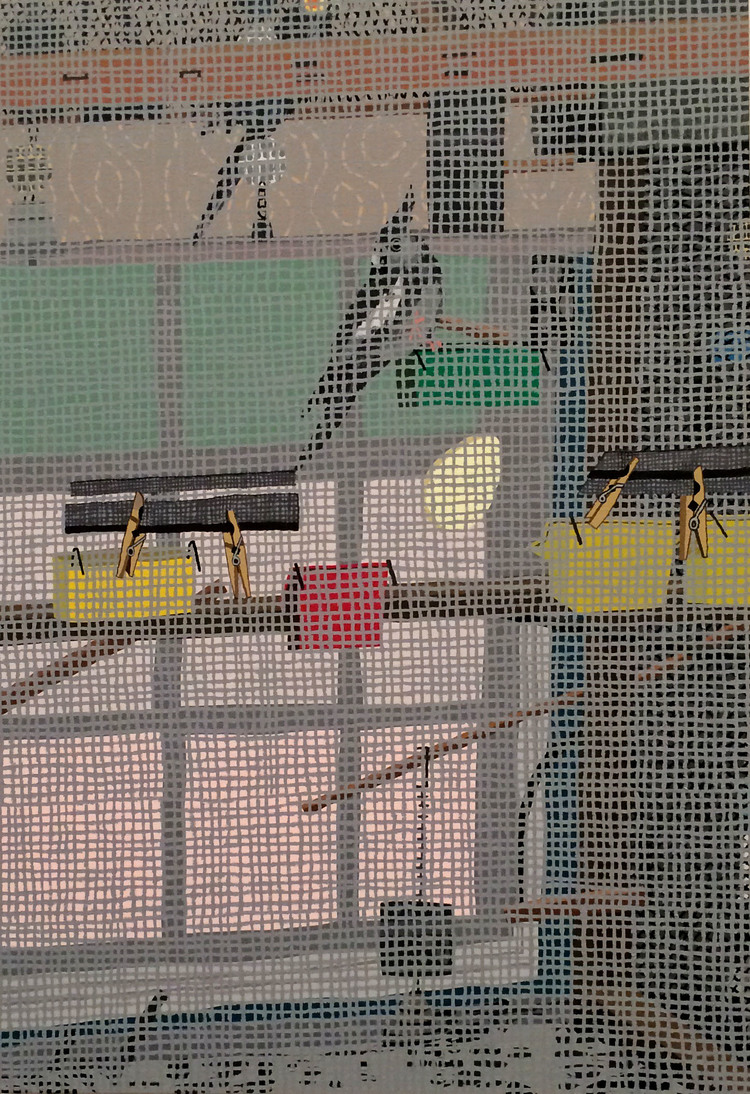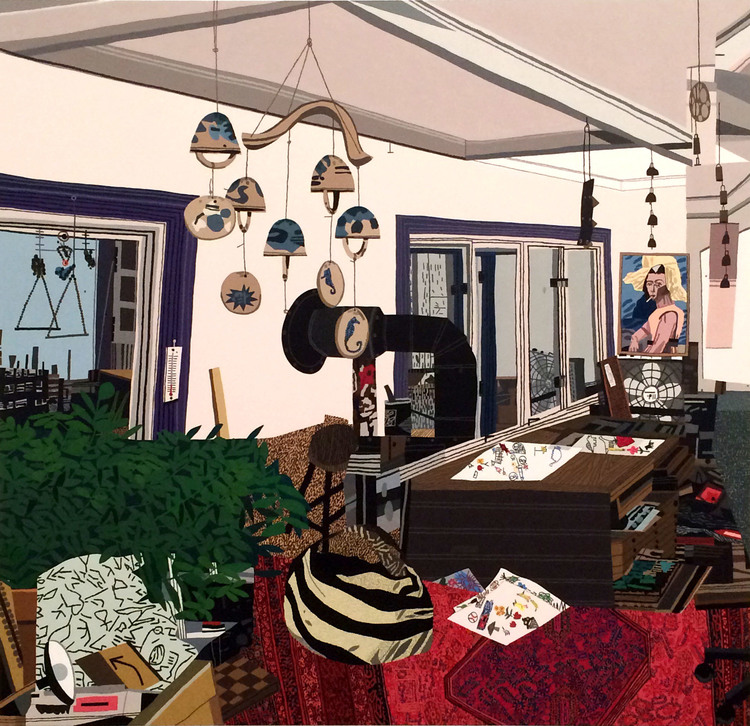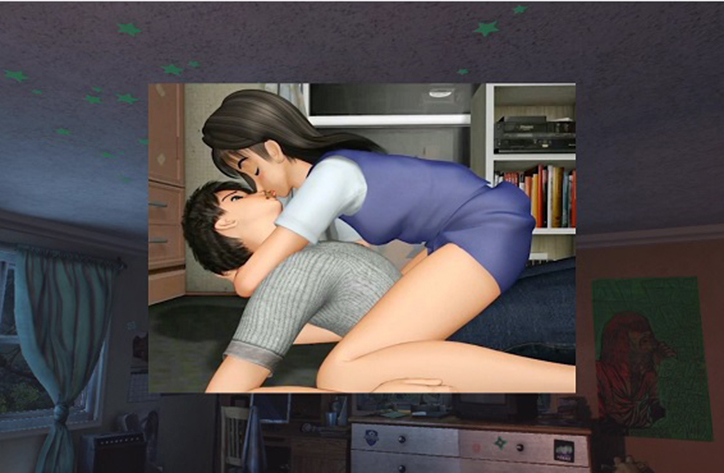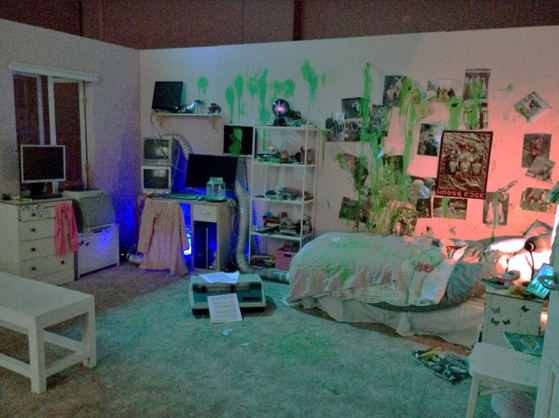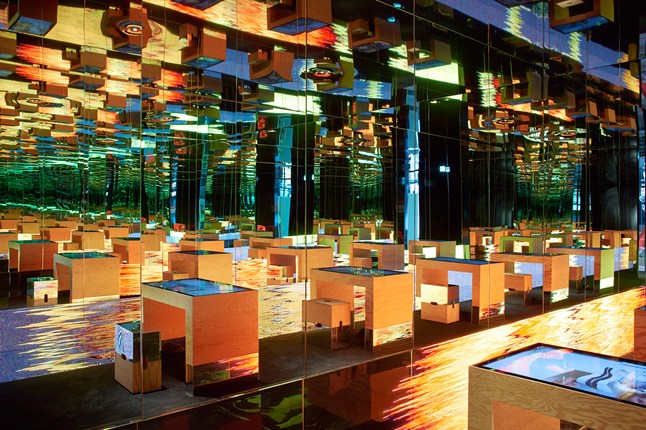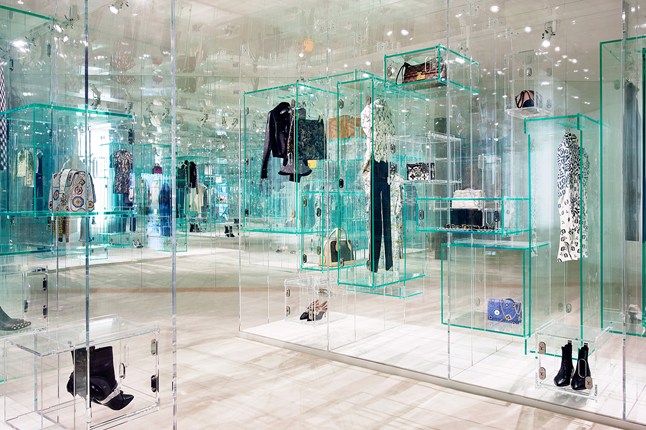LONDON
ARTISTIC DIFFERENCES | ICA
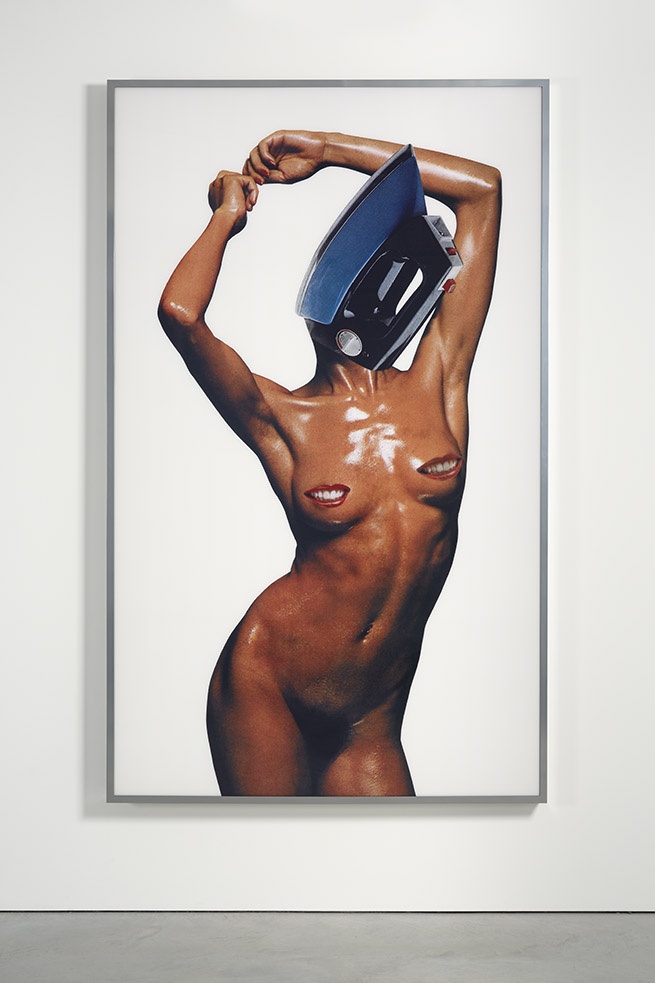
It’s The Buzz, Cock! By Linder (2015), Courtesy of Stuart Shave/Modern Art, London
In this exhibition, connections between 80s-90s art and design in the UK are explored. The main artist here is Judy Blame, other works on display are by artists who were inspired by him or linked to him. Linked in both a personal and artistic way. Works range from film to graphic design and photography.
Charles Atlas, Dave Baby, Jake & Dinos Chapman, Malcolm Garrett, Derek Jarman, Barry Kamen, Jim Lambie, Mark Lebon, Linder, John Maybury, Jamie Reid, Peter Saville, Juergen Teller, Trojan, Nicola Tyson and Tim Noble & Sue Webster.
The Mall, London SW1Y 5AH | June 29 – September 4, 2016 | www.ica.org.uk
HUNTING SEASON | GEDDES GALLERY
 The Geddes Gallery is a POP UP gallery in what was previous ‘K C Continental’, the local Italian Deli of artist Jim Geddes. Exhibitions there are always very short, yet very powerful. For ‘Hunting season’ they chose to show a mix of video, sculptures and paintings.
The Geddes Gallery is a POP UP gallery in what was previous ‘K C Continental’, the local Italian Deli of artist Jim Geddes. Exhibitions there are always very short, yet very powerful. For ‘Hunting season’ they chose to show a mix of video, sculptures and paintings.
Andrew Saunders, Flora Grosvenor-Stevenson, Wes Gilpin, Jordan Mouzouris & Andrew Wyatt, Thomas Jon Walker , Cecelia Johnson, Joe Richardson , George Bularca
26 Caledonian Road, London N1 9DT | 27 – 29 June, 2016 | geddesgalleryblog.com
MARK GROTJAHN: PINK COSCO | GAGOSIAN GALLERY

Mark Grotjahn, Untitled (Pink Cosco III Mask M40.d), 2015, painted bronze, 59 1/2 × 33 1/4 × 36 1/2 inches (151.1 × 84.5 × 92.7 cm) © Mark Grotjahn. Photo by Douglas M. Parker Studio
Mark Grotjahn has practices various styles during his career. In ‘Pink Cosco’, visitors see a series of large-scale masks. These painted (predominantly yellow and pink) bronze sculptures present tall stretched faces, complete with date. Because there is always a certain time or history connected to a work or object, no matter the style.
20 Grosvenor Hill, London W1K 3QD | June 24 – September 17, 2016 | www.gagosian.com
LEWIS TEAGUE WRIGHT: YEAH WE SELL HALF PINTS, BUT YOU HAVE TO ORDER TWO | WESTMINSTER WASTE

Westminster Waste isn’t only a recycling station, but also an art gallery. Their current show is a solo exhibition of Lewis Teague Wright. Just like his long titles, his work contains a lot of humor. No obvious clowny slapstick humor, but combining found objects with metal and wood into smart, simple sculptures.
Ilderton Wharf, Rollins St. London SE15 1EP | June 25 – July 5, 2016 | www.westminsterwaste.biz
ART BELOW | The Tabernacle
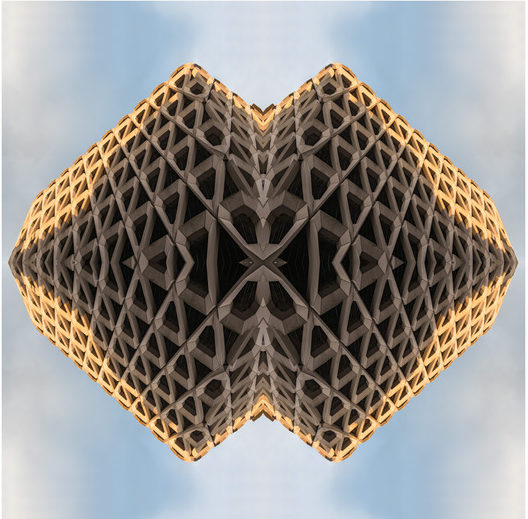
Submissions for this 10th year of ‘Art Below’ had been extended because of its grand succes. In the end the organisation made a good selection of emerging and established international artists. All selected works are on view in the Tabernacle (originally built as a church), and also pictured on billboards across London tube stations.
Nasser Azam, Jim Anderson, Louise Barrett, Holly Carlson, Olly Chaplin, Noah Da Costa, Anthony Ferreira, Nina Fowler, Carne Griffiths, Keith Haynes, Natalie Ioannou, Antoon Knaap, Robert Lee Davis, Anson Liaw, Alex Lovell, James Mylne, Ernesto Romano, Eloise Wall, Amanda Wigglesworth, Kerry Zacharia
June 28 – July 3, 2016 | 34-35 Powis Square, London W11 2AY | www.artbelow.org.uk
NEW YORK
STUDIO JOB MAD HOUSE | MAD MUSEUM
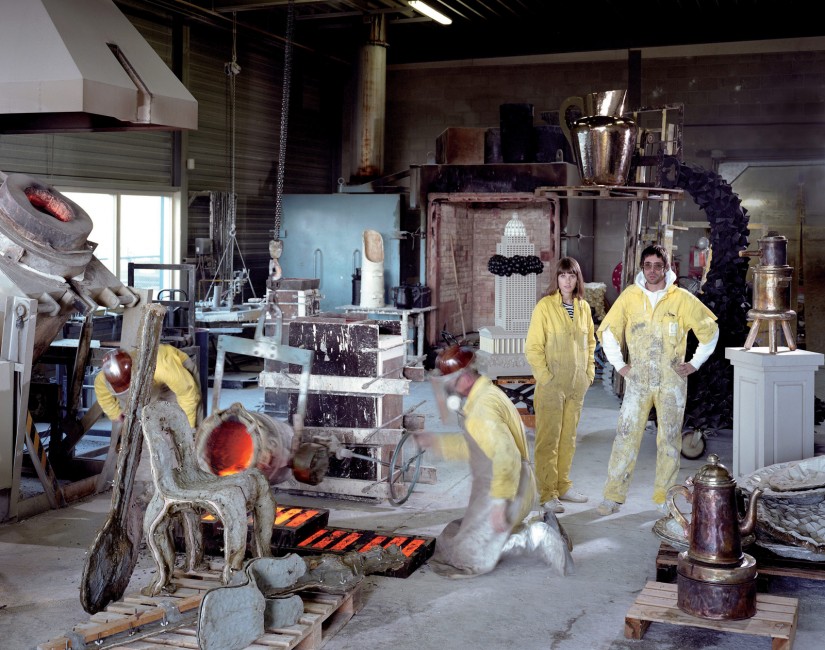
Job Smeets and Nynke Tynagel in foundry
Studio Job was originally founded in 2000 in Antwerp, Belgium. Conceived uniquely for MAD, this artist couple is bringing an immersive installation which contains art objects, furniture, sculpture, lighting, interiors, and wall and floor coverings, to New York. Interdisciplinary pieces that are difficult to put in one specific category, creating the modern version of a cabinet of curiosities.
JEROME AND SIMONA CHAZEN BUILDING, 2 COLUMBUS CIRCLE, NEW YORK, NY 10019 | March 22 – August 21, 2016 | madmuseum.org
PUBLIC, PRIVATE, SECRET | ICP Museum
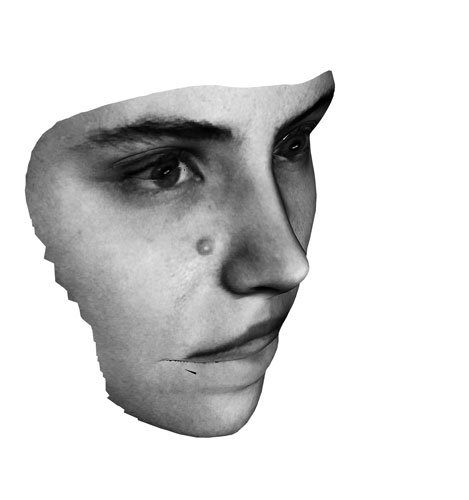
Adam Broomberg and Oliver Chanarin
The Revolutionary, from Spirit Is a Bone, 2013
Gelatin silver prints
Courtesy of the artists
The premiere ‘New Museum of Contemporary art’ has new neighbours: ICP Museum. ‘Public, Private, Secret’ is their premiere exhibition. Curator Charlotte Coton brings together artists that explore privacy in visual culture, with familiar (some surprising) names as Kim Kardashian, Andy Warhol, Nan Goldin, Cindy Sherman and other promising active artists like Natalie Bookchin (video) and Adam Broomberg & Oliver Chanarin (gelatin silver prints). The exhibition should be seen as a physical experience.
250 Bowery, New York, NY 10012 | June 23, 2016 – January 8, 2017 | www.publicprivatesecret.org
SCREENS SERIES: AGNIESZKA POLSKA | New Museum of Contemporary arts

Agnieszka Polska , I Am the Mouth II, 2014 (still). HD video, sound, color; 5:45 min. Courtesy the artist and Żak | Branicka, Berlin
Just like its new neighbour, The New Museum brings a wind of change. ‘Screens Series’ is introduced: every Wednesday video works by emerging contemporary artists are screened.
On now are Agnieszka Polska’s dreamlike films.
235 Bowery, New York, NY 10002 | June 29 – August 3, 2016 | www.newmuseum.org
WHO WILL WEAR MY TEETH AS AMULETS? | MOTEL
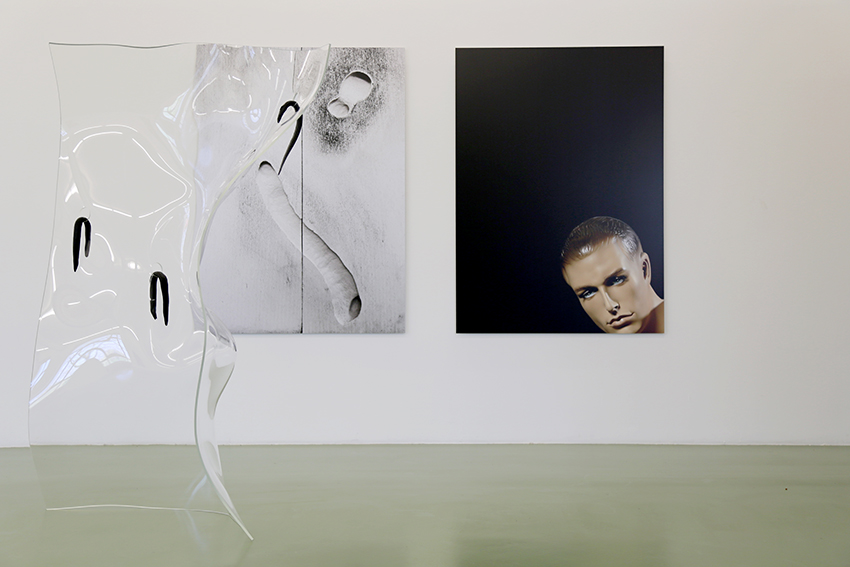
In collaboration with BunkClub (BE), Motel hosts a solo exhibition of Aline Bouvy. Drawings, digital paintings, photography and sculptures represent details of the human body in a non classical way. The work feels very personal, yet universal.
1078 Dekalb Avenue, Brooklyn, NY 11221 | June 25 -July 24, 2016 | bkmotel.org
BJÖRN MEYER-EBRECHT: PLACES FOR PEOPLE | STUDIO10
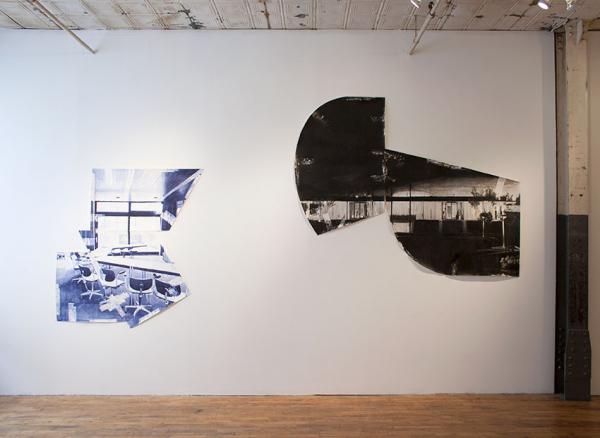
Another solo exhibition, this time with work of Björn Meyer-Ebrecht. Collage-like large scale ink drawings, copying found images of public architecture, where tape functions as a barrier between them.
56 Bogart Street, Brooklyn, NY 11206 | June 17 – July 17, 2016 | studio10bogart.com







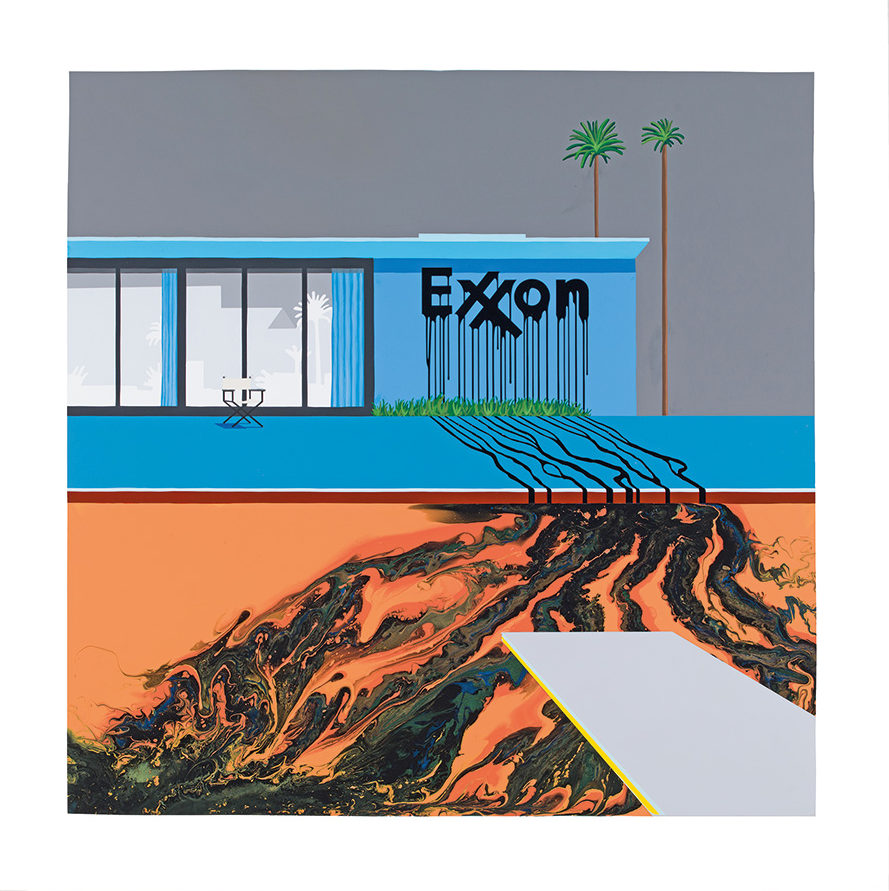

 1-3 Strand, London, WC2N 5BW | 1 August – 17 September 2016 |
1-3 Strand, London, WC2N 5BW | 1 August – 17 September 2016 |  2 Shacklewell Street, London E2 7EG | 1 August – 30 September 2016 |
2 Shacklewell Street, London E2 7EG | 1 August – 30 September 2016 | 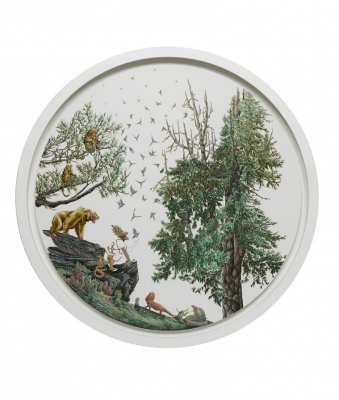 144 – 152 Bermondsey Street, London SE1 3TQ | July 13 – september 11, 2016 |
144 – 152 Bermondsey Street, London SE1 3TQ | July 13 – september 11, 2016 | 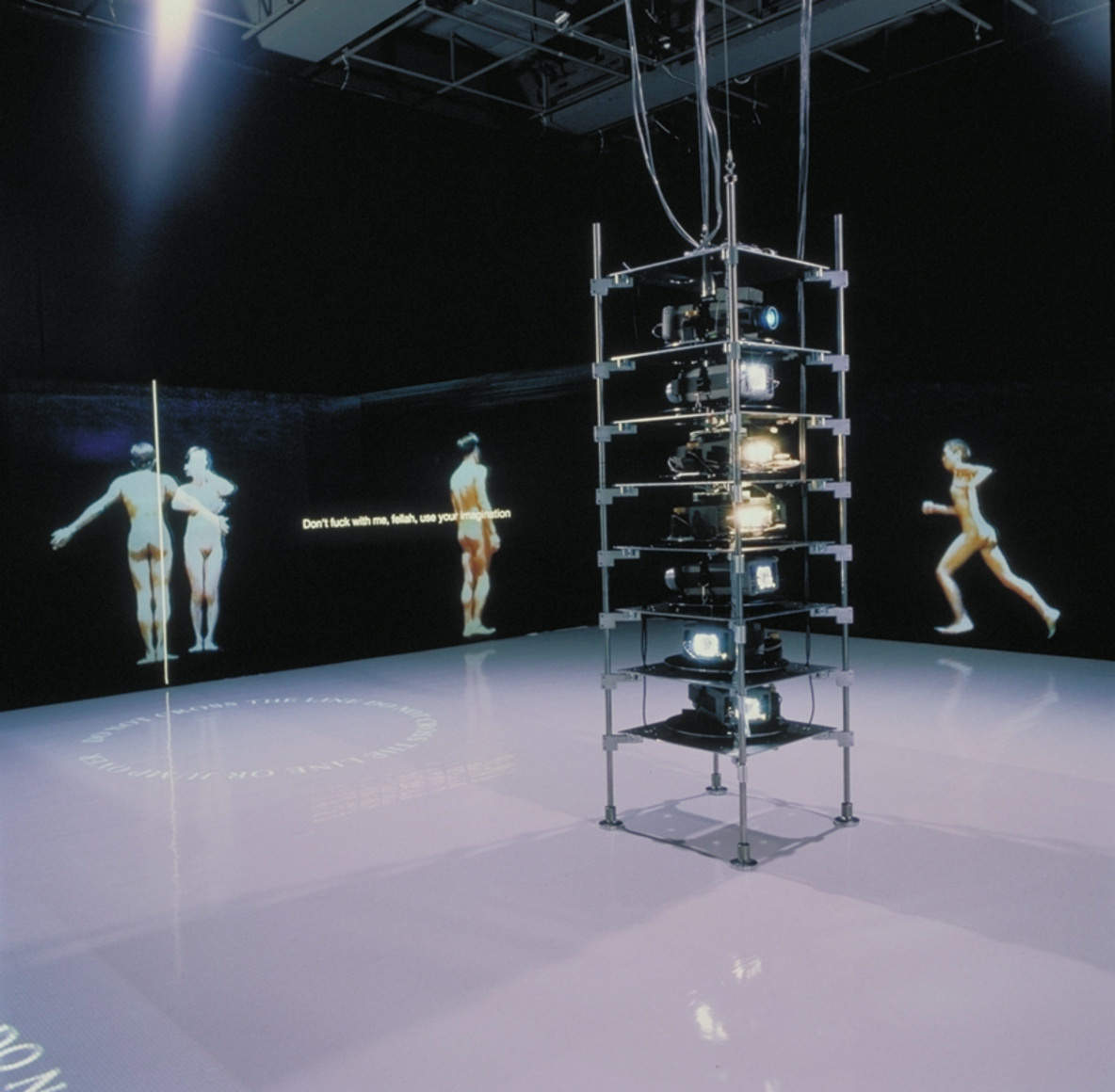 11 West 53 Street New York, NY 10019 | Through February 12, 2017 |
11 West 53 Street New York, NY 10019 | Through February 12, 2017 |  191 Henry Street, New York | August 1 – 2, 2016 |
191 Henry Street, New York | August 1 – 2, 2016 | 
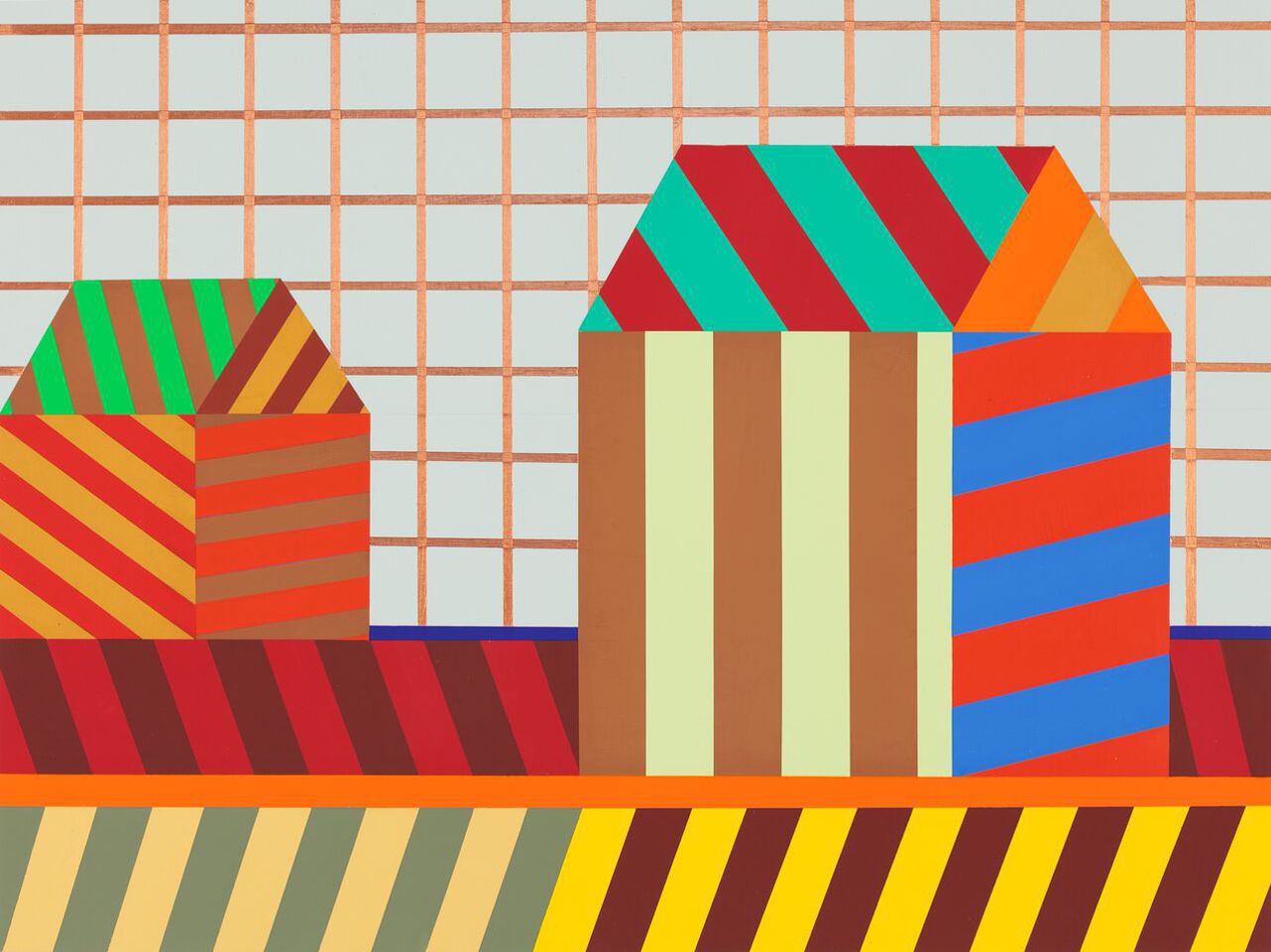 House 5B, Nolan Park, New York 10004 | 30 Jul 2016 – 26 Sep 2016 |
House 5B, Nolan Park, New York 10004 | 30 Jul 2016 – 26 Sep 2016 | 


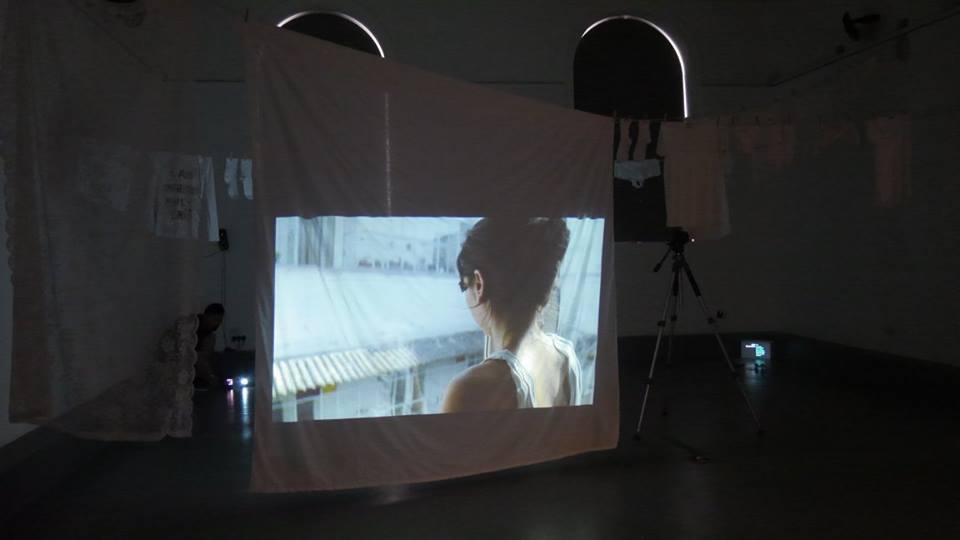
 Kenji Yamada was part of the Chelsea College of Art Exchange Residency Program. Being intrigued by the Morpeth Arms’ underground basement tunnel, a new art project was formed. The public’s attraction to the live CCTV images in the former prison, made Kenji researching this kind of interaction. This week a number of talks will be projected in the tunnel, which will in turn be seen in the pub upstairs.
Kenji Yamada was part of the Chelsea College of Art Exchange Residency Program. Being intrigued by the Morpeth Arms’ underground basement tunnel, a new art project was formed. The public’s attraction to the live CCTV images in the former prison, made Kenji researching this kind of interaction. This week a number of talks will be projected in the tunnel, which will in turn be seen in the pub upstairs.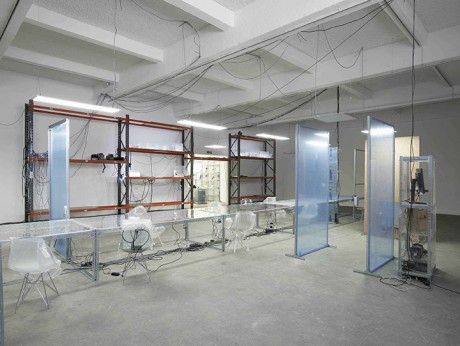

 The works by Stephane Graff look like they’re spreads taken out an art catalogue. The double pages hold works by icons like Andy Warhol and Picasso. Giving it a closer look, the texts are as memorable. Combining existing visuals and words to new pairs, gave both text and image a new point of view.
The works by Stephane Graff look like they’re spreads taken out an art catalogue. The double pages hold works by icons like Andy Warhol and Picasso. Giving it a closer look, the texts are as memorable. Combining existing visuals and words to new pairs, gave both text and image a new point of view. Curated by Matthew Flaherty, ‘Daydream from 2013’ shows works by Sam Anderson, Olivia Erlanger, Anna Glantz, Rose Marcus, Alissa McKendrick, Marlie Mul, Libby Rothfeld. As confusing as the name of the gallery already is, the theme through the exhibition remains quite vague as well: ‘Regarding human presence and obsolescence.’ Although I have to say this sounds quite intriguing already, daydreaming always is. It means transporting yourself to another world where everything is possible. Works that are trying to translate this feeling, creating a new world all together.
Curated by Matthew Flaherty, ‘Daydream from 2013’ shows works by Sam Anderson, Olivia Erlanger, Anna Glantz, Rose Marcus, Alissa McKendrick, Marlie Mul, Libby Rothfeld. As confusing as the name of the gallery already is, the theme through the exhibition remains quite vague as well: ‘Regarding human presence and obsolescence.’ Although I have to say this sounds quite intriguing already, daydreaming always is. It means transporting yourself to another world where everything is possible. Works that are trying to translate this feeling, creating a new world all together.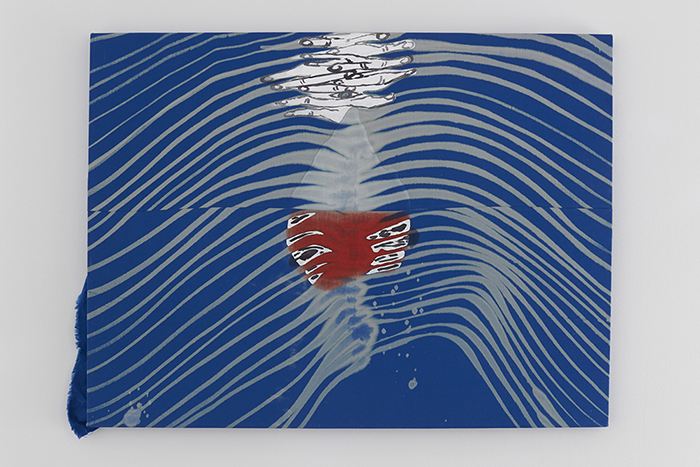

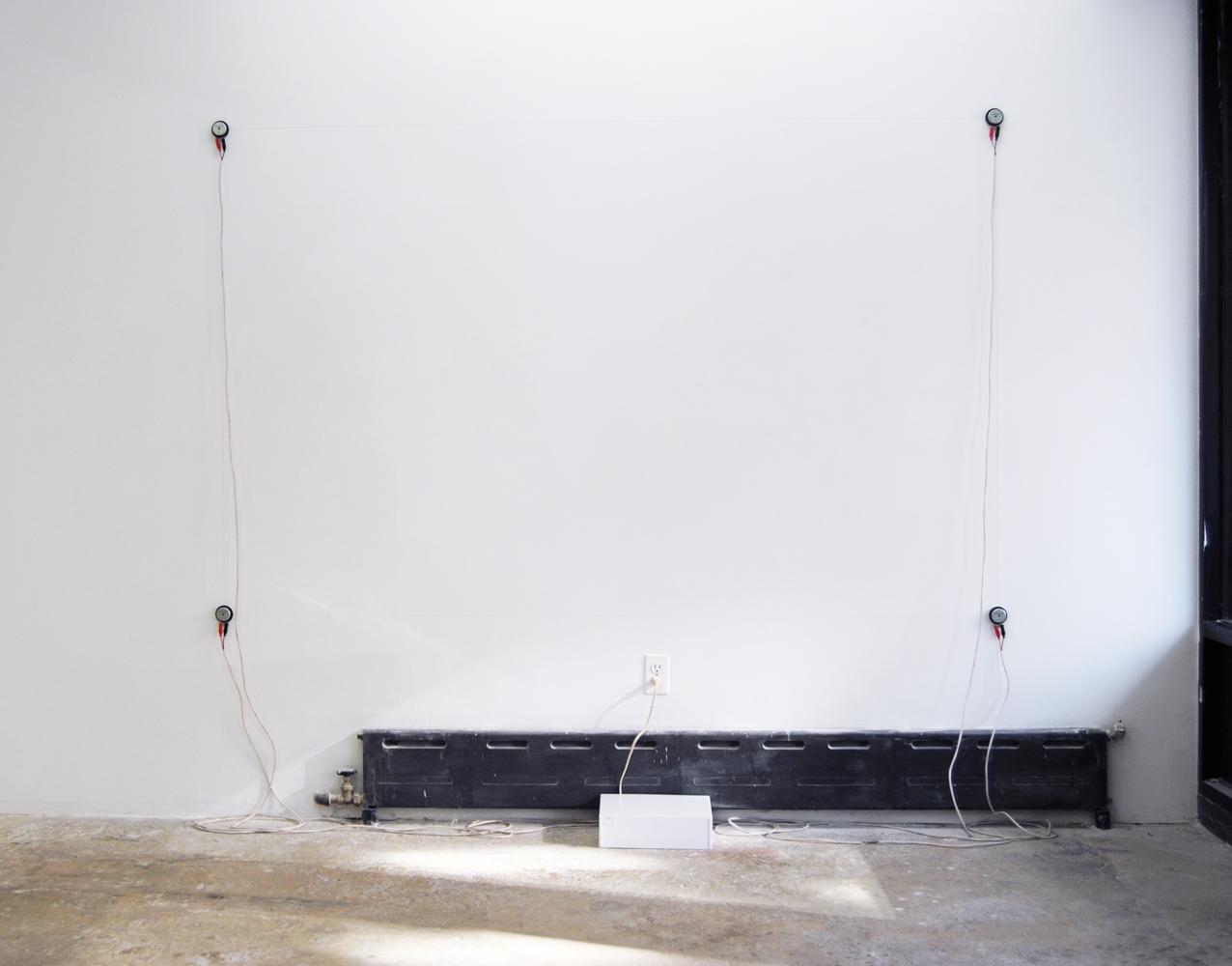 Sound 1 is the first of two exhibitions exploring sound as a medium to create art. In stead of entering a gallery filled with visual arts, the art is more hidden here. The few microphones and headphones we see are not the work, only the messenger. A certain tension is created, imagine entering a dark room where you can only hear sounds, knowing that in a few seconds the light will turn on and you will see where that sound is coming from. Feel the tingeling tention yet? Crystal Z Campbell fuses historical narratives with contemporary issues and Richard Garret’s work brings -accidental- background sounds in the limelight.
Sound 1 is the first of two exhibitions exploring sound as a medium to create art. In stead of entering a gallery filled with visual arts, the art is more hidden here. The few microphones and headphones we see are not the work, only the messenger. A certain tension is created, imagine entering a dark room where you can only hear sounds, knowing that in a few seconds the light will turn on and you will see where that sound is coming from. Feel the tingeling tention yet? Crystal Z Campbell fuses historical narratives with contemporary issues and Richard Garret’s work brings -accidental- background sounds in the limelight. Be ready to enter a room full of organic wooden shapes. Those are not the sculptures or art work, but the pedestals, definitely contributing to the work itself. Once you’re past the wonders of the overall look, it’s time to dig deeper. You will find yourself in between curiosities, treasures and quirky artefacts.. Sculptures, drawings, collages, even pieces of clothes seemingly random, but oh so perfect in he whole composition.
Be ready to enter a room full of organic wooden shapes. Those are not the sculptures or art work, but the pedestals, definitely contributing to the work itself. Once you’re past the wonders of the overall look, it’s time to dig deeper. You will find yourself in between curiosities, treasures and quirky artefacts.. Sculptures, drawings, collages, even pieces of clothes seemingly random, but oh so perfect in he whole composition.





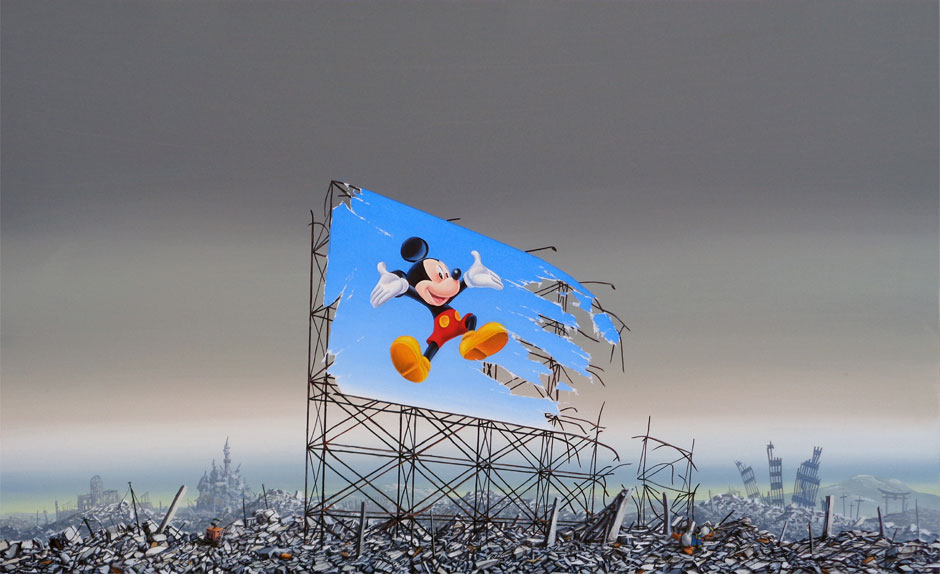
 How does summer look like? Hot? Dreamy? Steamy? Both Goia Mujalli and George Rouy do quite good at translating the summer into art. Their dual painting show bring our favourite season in one room. The reference to a supernova can be seen as an explosion in the vivid images, as though they could never be still, but always moving. Another element their work has in common is the use of layers, as if your looking from behind a see-through screen, observing from a distance.
How does summer look like? Hot? Dreamy? Steamy? Both Goia Mujalli and George Rouy do quite good at translating the summer into art. Their dual painting show bring our favourite season in one room. The reference to a supernova can be seen as an explosion in the vivid images, as though they could never be still, but always moving. Another element their work has in common is the use of layers, as if your looking from behind a see-through screen, observing from a distance.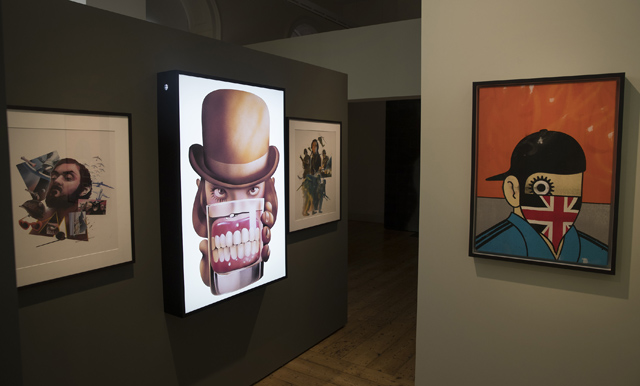
 Not only his work is eye candy, also the way his paintings, drawings and sculptures are presented. Stepping in a black room where the only light comes from tree paintings, surely gives you the feeling of being in a mysterious forest. Alone, and surrounded by green. All contributing to the theme of time, fragility and temporality, expressed through concepts of nature.
Not only his work is eye candy, also the way his paintings, drawings and sculptures are presented. Stepping in a black room where the only light comes from tree paintings, surely gives you the feeling of being in a mysterious forest. Alone, and surrounded by green. All contributing to the theme of time, fragility and temporality, expressed through concepts of nature. German artist Mike Dargas isn’t a photographer, but a painter. His work might trick you with it’s extreme realistic details and precision. His large scale portraits all have a certain sensuality over them, mostly created by unidentified liquids flooding his subjects faces. This might not sound as sensual as it looks, but believe me it’s true.
German artist Mike Dargas isn’t a photographer, but a painter. His work might trick you with it’s extreme realistic details and precision. His large scale portraits all have a certain sensuality over them, mostly created by unidentified liquids flooding his subjects faces. This might not sound as sensual as it looks, but believe me it’s true.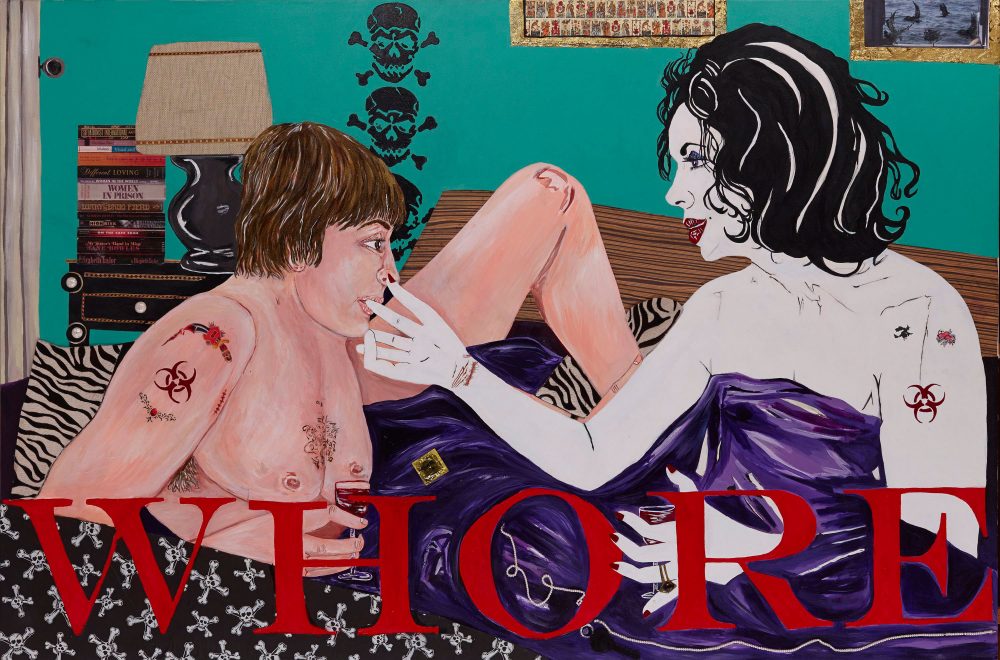
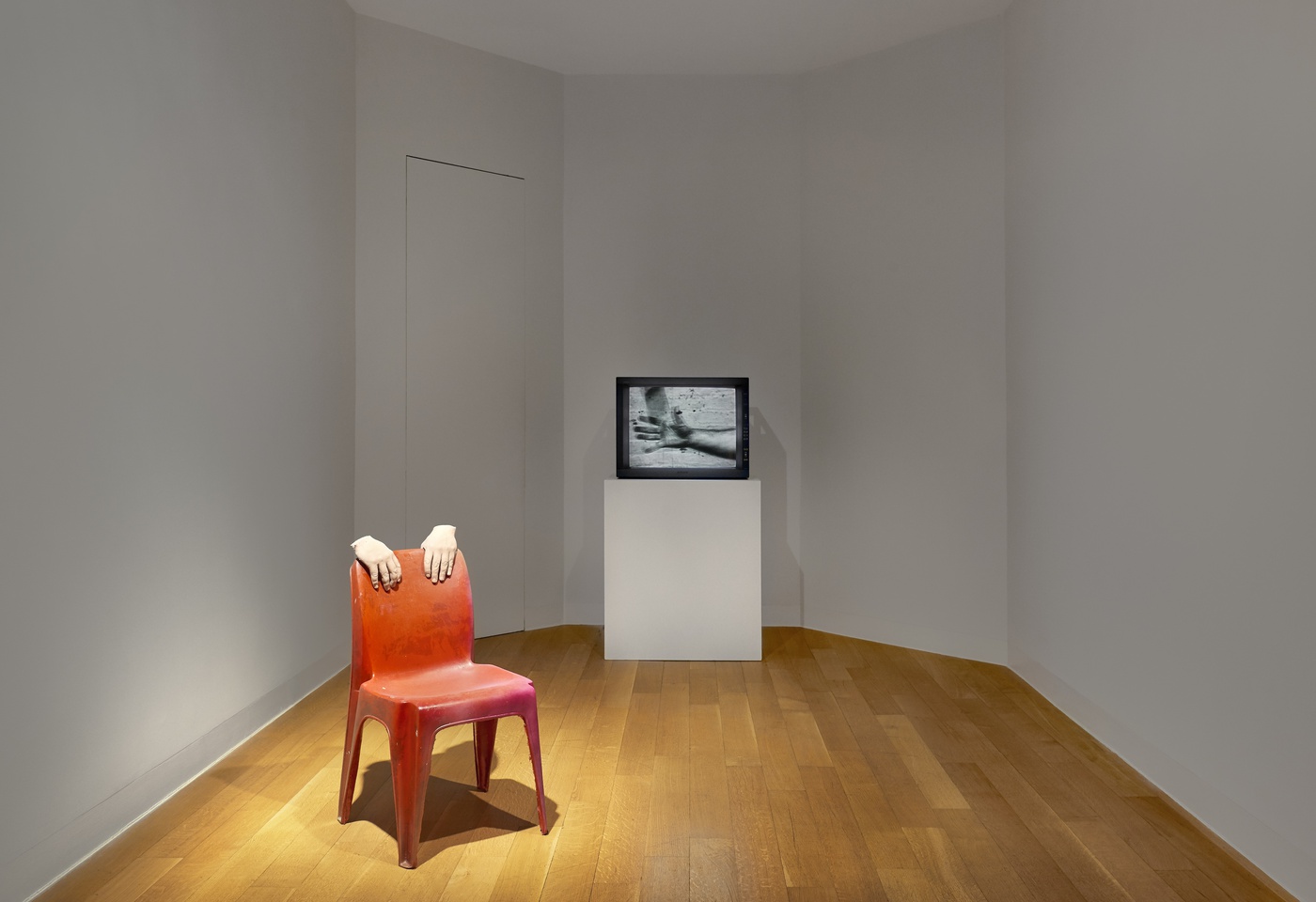

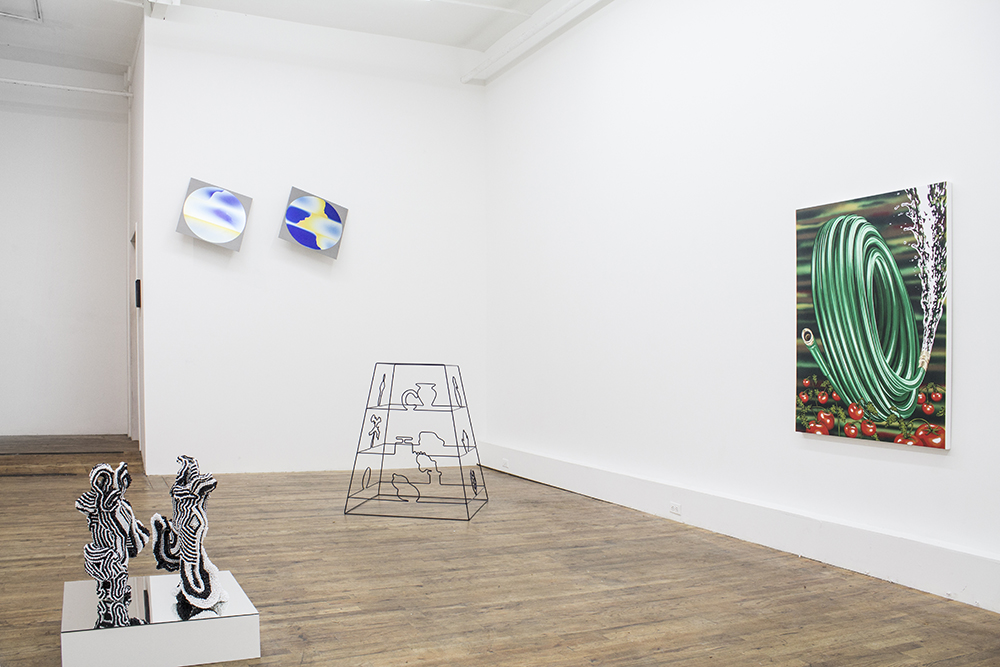
 ‘Radical Plastic: Curated by Rachel Reese’, is the winning selection from 2015-2016 call for curatorial projects. Rachel Reese is the founder of ‘Possible Projects’ in Brooklyn and brings now together artists Becca Albee, Carolyn Carr, Catherine Czacki, Rachel Debuque, Carson Fisk-Vittori, Michelle Grabner, Mia Goyette, Ria Roberts, and Carolyn Salas. The exhibition’s themes are the problematics of bodies and gender based constructs. This is hard to find when giving the works a first look, it is more in the way they are constructed. The crossed identity of the in-betweens is expressed by crossing media and subjects.
‘Radical Plastic: Curated by Rachel Reese’, is the winning selection from 2015-2016 call for curatorial projects. Rachel Reese is the founder of ‘Possible Projects’ in Brooklyn and brings now together artists Becca Albee, Carolyn Carr, Catherine Czacki, Rachel Debuque, Carson Fisk-Vittori, Michelle Grabner, Mia Goyette, Ria Roberts, and Carolyn Salas. The exhibition’s themes are the problematics of bodies and gender based constructs. This is hard to find when giving the works a first look, it is more in the way they are constructed. The crossed identity of the in-betweens is expressed by crossing media and subjects.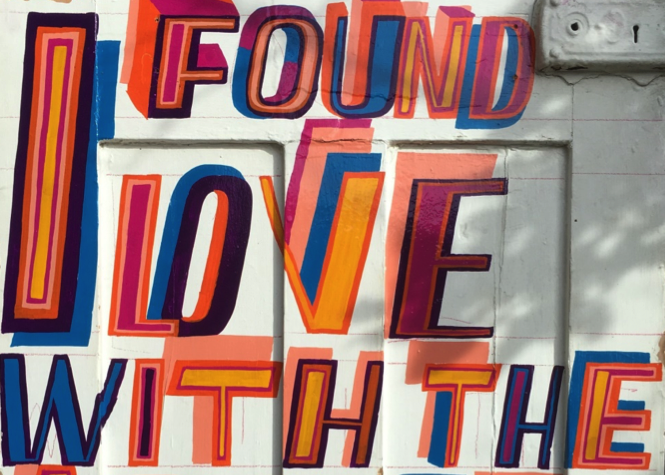








 London Southbank is their home, their palace. Alasdair McLellan has been documenting the PWBC (Palace Wayward Boys Choir) skate team since 2009, when they first came together. Through his photographs he shows not only their skills, but more importantly their friendship and lifestyle. There is a DIY feeling throughout the whole exhibition. A collection of old and new photographs, accompanied by a video of PWBC’s founder: Lev Tanju.
London Southbank is their home, their palace. Alasdair McLellan has been documenting the PWBC (Palace Wayward Boys Choir) skate team since 2009, when they first came together. Through his photographs he shows not only their skills, but more importantly their friendship and lifestyle. There is a DIY feeling throughout the whole exhibition. A collection of old and new photographs, accompanied by a video of PWBC’s founder: Lev Tanju.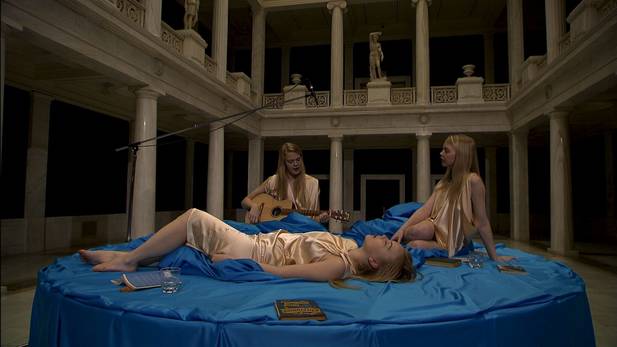 Ragnar Kjartansson is an Icelandic performance artist. There is happening a lot in this exhibition. Be prepared to see a mix of music, film, drawing, painting, sculpture and live performance. Every visit will be different, so choose wisely. Or visit the exhibition multiple times. On Saturdays and Sundays between 1 and 4 pm a boat performance on the lake is planned. There will be Edwardian costumes and women. I that doesn’t convince you, maybe the ‘ten troubadours singing for eight hours a day’ will.
Ragnar Kjartansson is an Icelandic performance artist. There is happening a lot in this exhibition. Be prepared to see a mix of music, film, drawing, painting, sculpture and live performance. Every visit will be different, so choose wisely. Or visit the exhibition multiple times. On Saturdays and Sundays between 1 and 4 pm a boat performance on the lake is planned. There will be Edwardian costumes and women. I that doesn’t convince you, maybe the ‘ten troubadours singing for eight hours a day’ will. Have you already heard of the ‘black Dandy’, not to be misstaken with the Dandy. When Oscar Wilde and Salvador Dali were only showing their flamboyant sense of style, black Dandies are all about politics. Politics and fashion, two worlds apart one would think. Although more alike than expected, as proven by this exhibition.
Have you already heard of the ‘black Dandy’, not to be misstaken with the Dandy. When Oscar Wilde and Salvador Dali were only showing their flamboyant sense of style, black Dandies are all about politics. Politics and fashion, two worlds apart one would think. Although more alike than expected, as proven by this exhibition.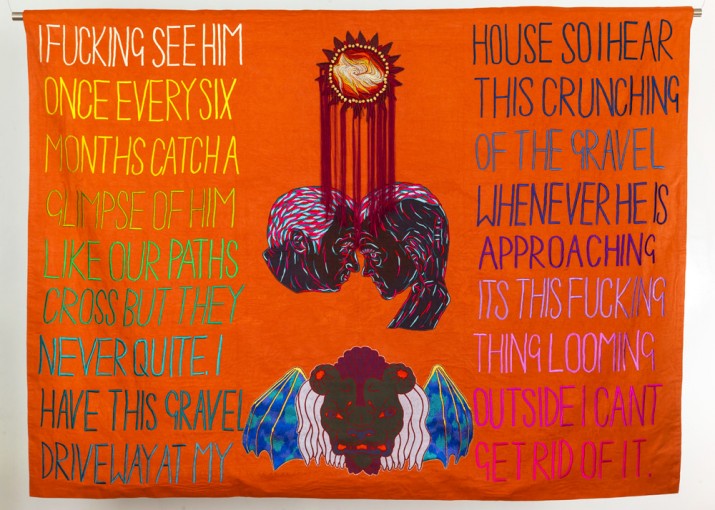 Henry Hussey discovers a traditional way of art making versus the contemporary craft. All his works are textile based. Embroideries and digital prints on found (political) fabrics. Hussey has a lot of ideas, but only a few of them make it to the end of the time consuming process of embroidery.
Henry Hussey discovers a traditional way of art making versus the contemporary craft. All his works are textile based. Embroideries and digital prints on found (political) fabrics. Hussey has a lot of ideas, but only a few of them make it to the end of the time consuming process of embroidery. Artists with both their own practices are now put together, their work is so similar that matching them could be a bizarre thing to do. Holmes and Lux make their paintings very colourful bold and big. Two works almost become one, their only border being the end of the canvas and the piece of wall in between, they even start to tell a story together. What is most prominent in both oeuvres is food, so a Modernist lunch it is.
Artists with both their own practices are now put together, their work is so similar that matching them could be a bizarre thing to do. Holmes and Lux make their paintings very colourful bold and big. Two works almost become one, their only border being the end of the canvas and the piece of wall in between, they even start to tell a story together. What is most prominent in both oeuvres is food, so a Modernist lunch it is.


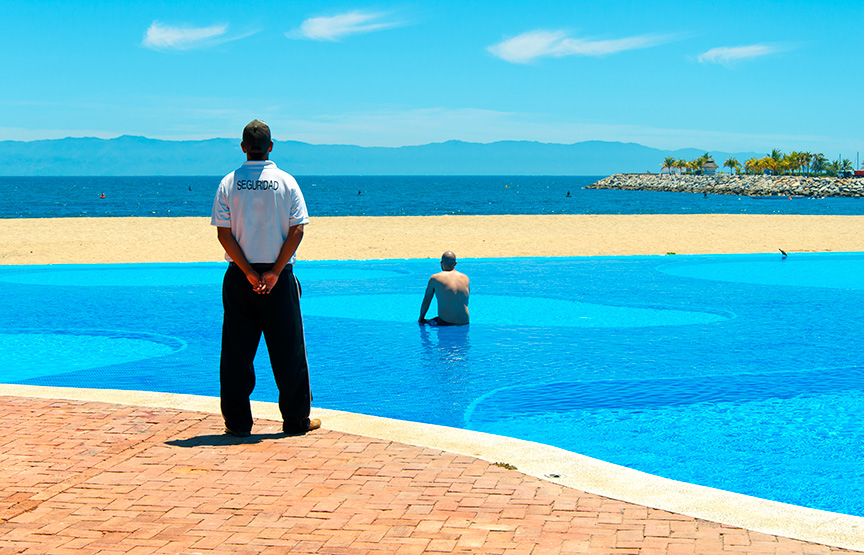

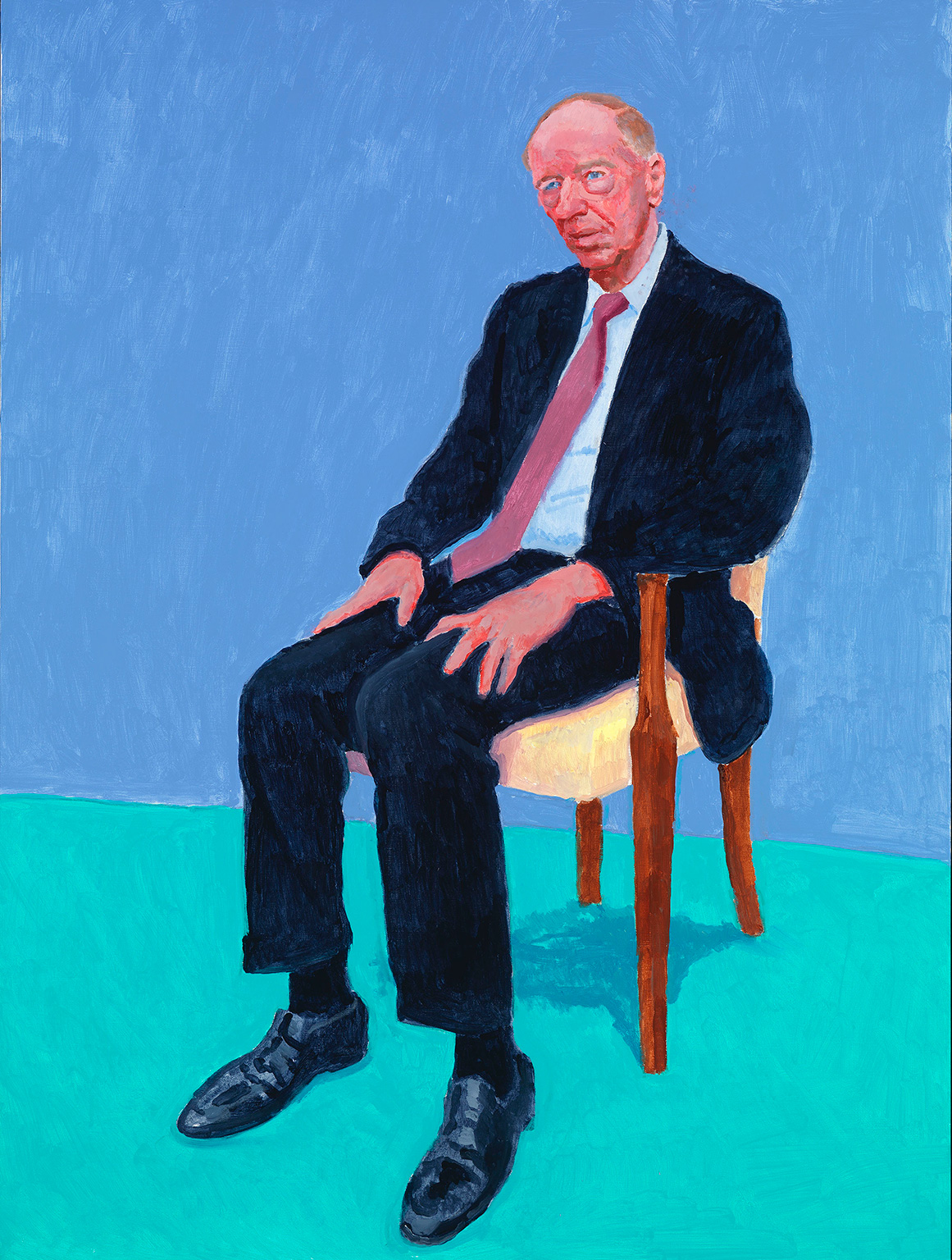




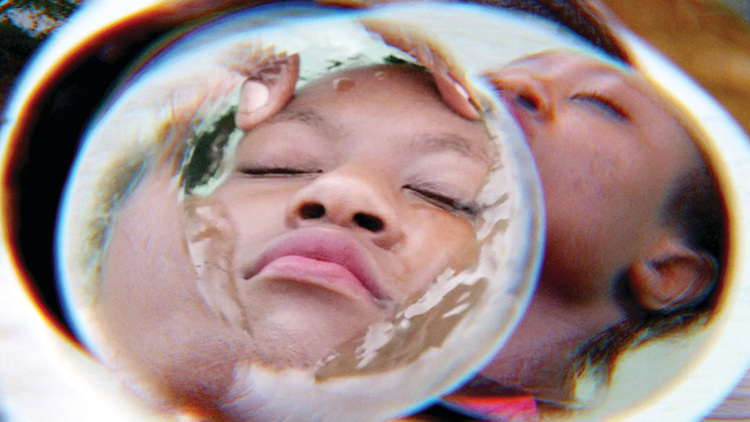

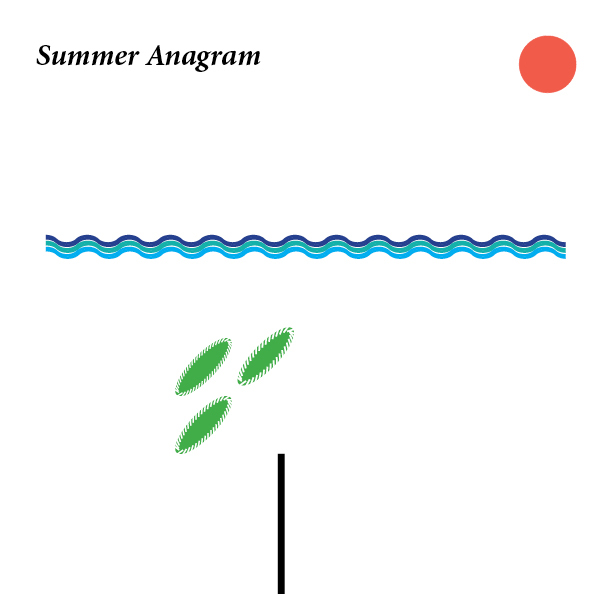








 The Geddes Gallery is a POP UP gallery in what was previous ‘K C Continental’, the local Italian Deli of artist Jim Geddes. Exhibitions there are always very short, yet very powerful. For ‘Hunting season’ they chose to show a mix of video, sculptures and paintings.
The Geddes Gallery is a POP UP gallery in what was previous ‘K C Continental’, the local Italian Deli of artist Jim Geddes. Exhibitions there are always very short, yet very powerful. For ‘Hunting season’ they chose to show a mix of video, sculptures and paintings.








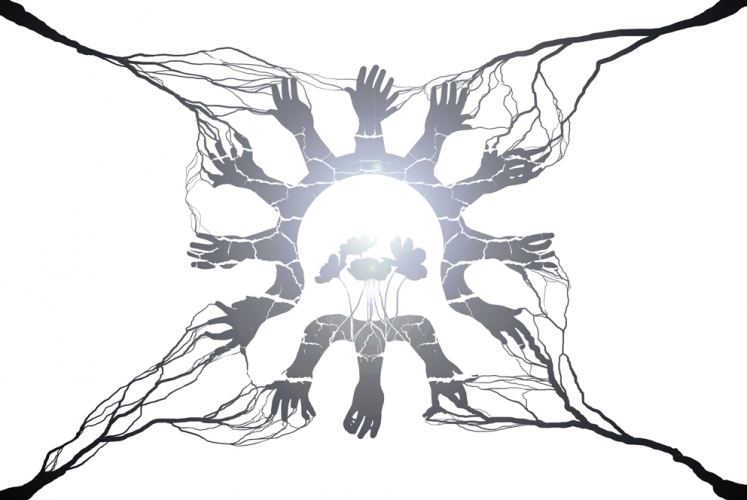

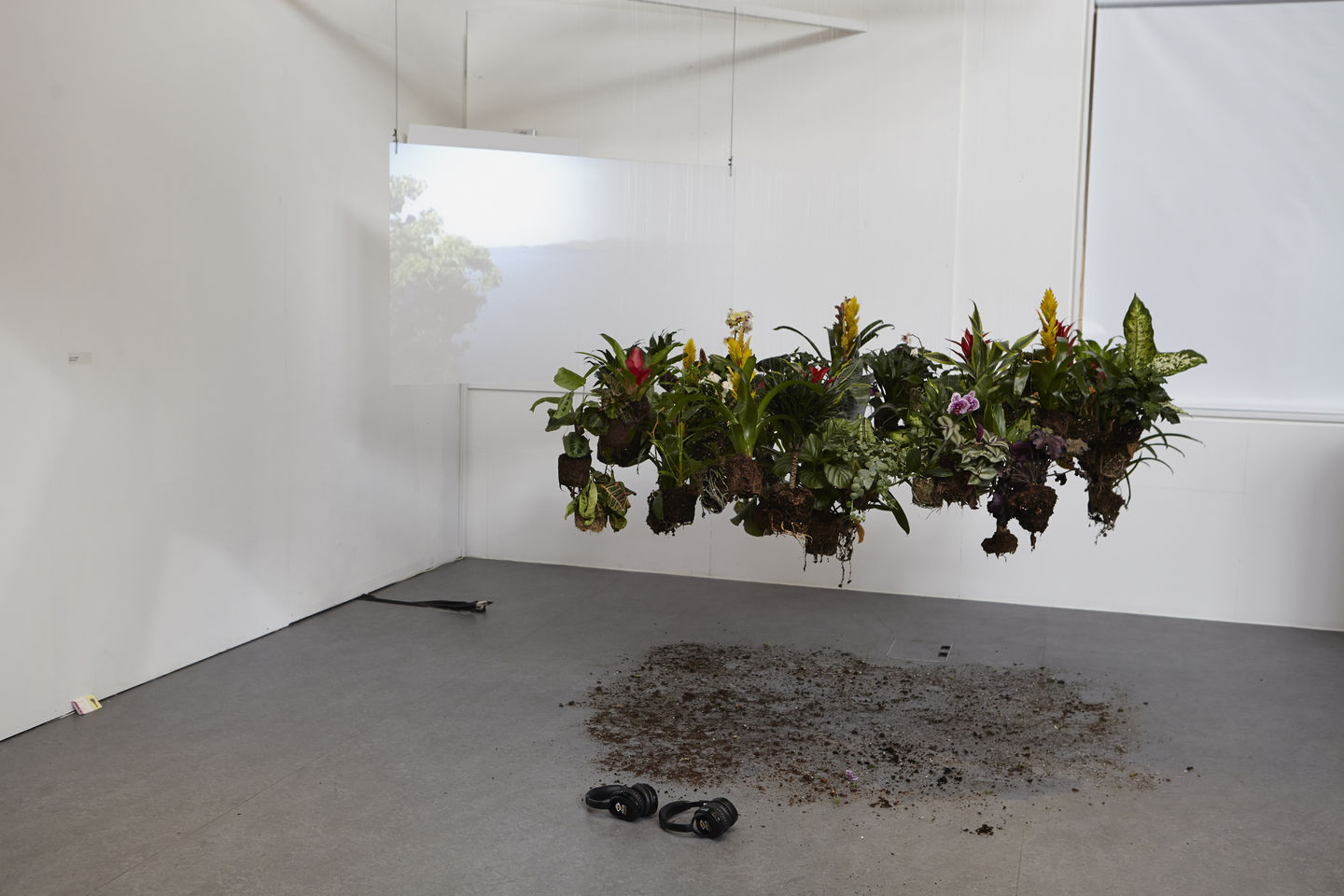
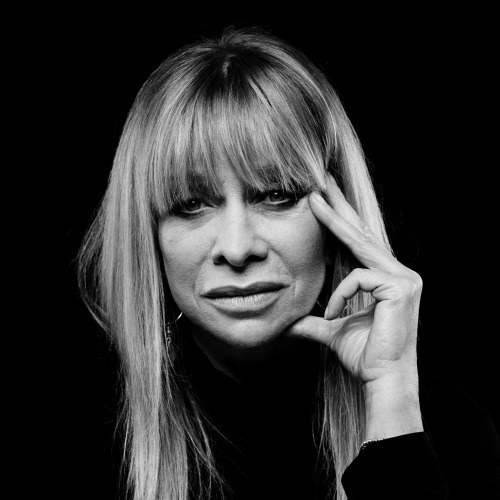


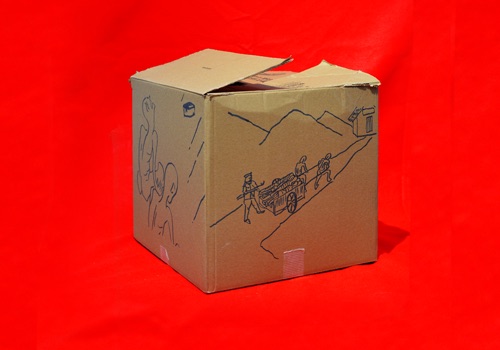
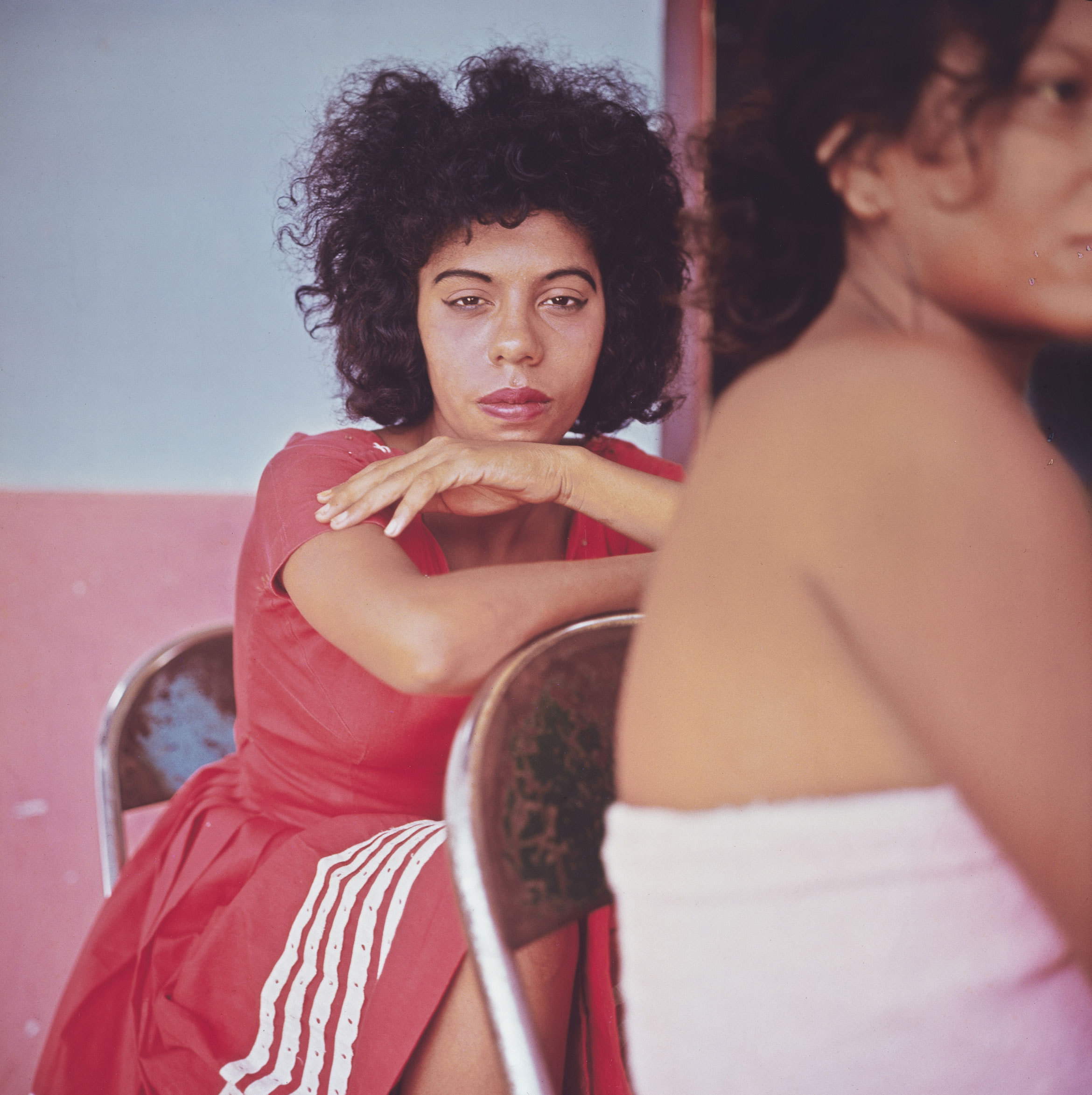





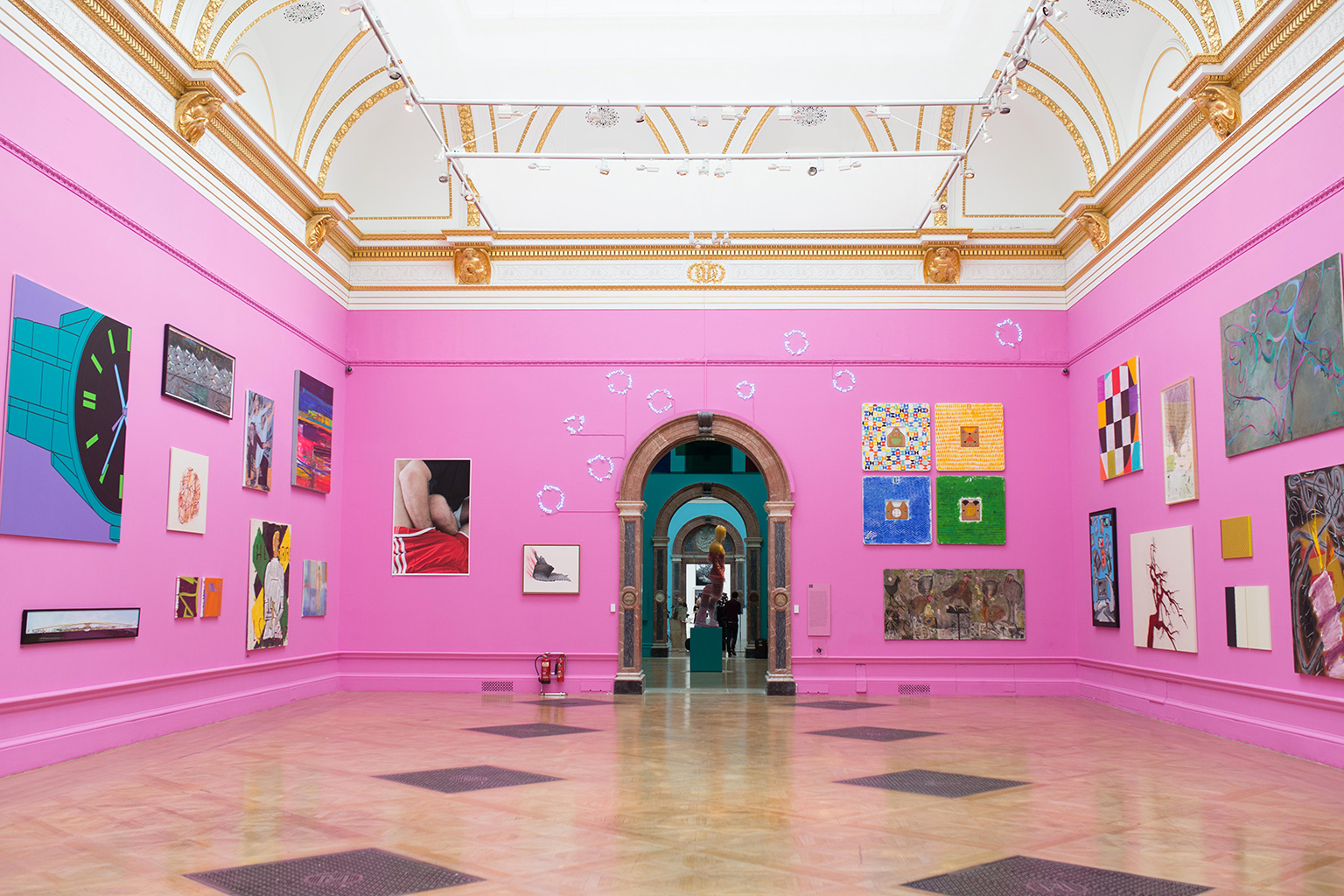
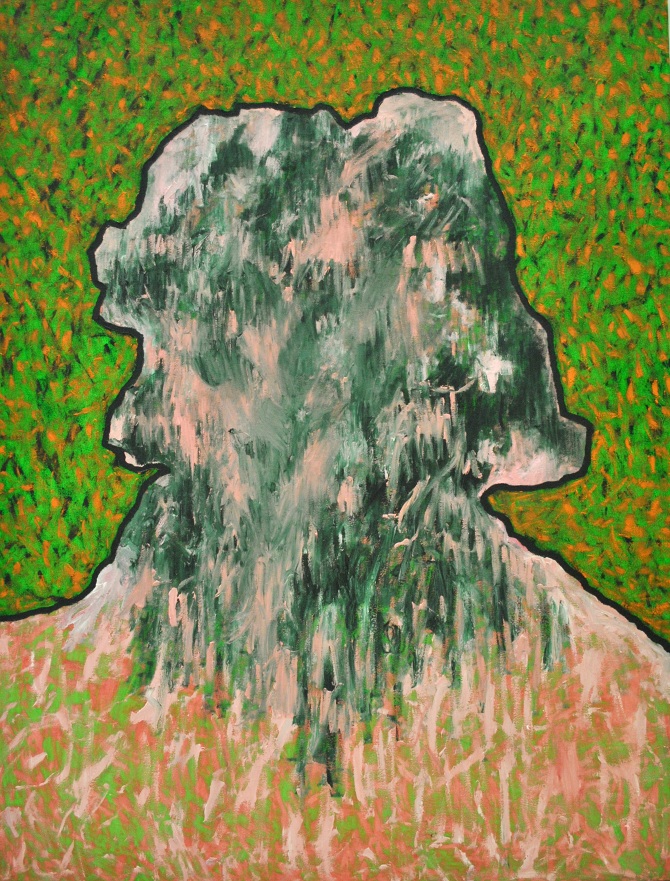
 Rich Mix, located in a former leather factory, is now hosting Hussina Raja, celebrating being queer. The world is still not there yet, as the recent Orlando attack shows. The more the word gets out, the better. Through photo, video and audio Raja shows us portraits of the everyday life of ‘the queer’. Intimate profiles from the 80’s and the next generation now. On the opening day you can enjoy readings and a performance by Raja.
Rich Mix, located in a former leather factory, is now hosting Hussina Raja, celebrating being queer. The world is still not there yet, as the recent Orlando attack shows. The more the word gets out, the better. Through photo, video and audio Raja shows us portraits of the everyday life of ‘the queer’. Intimate profiles from the 80’s and the next generation now. On the opening day you can enjoy readings and a performance by Raja.


 Sarah Murphy examines the relation between space and object. By combining drawings and sculptures, this New York artist translates one word or object in function of a room or space. Simple black strokes on white paper form a wireframe that holds everything in place and gives it all a certain sense.
Sarah Murphy examines the relation between space and object. By combining drawings and sculptures, this New York artist translates one word or object in function of a room or space. Simple black strokes on white paper form a wireframe that holds everything in place and gives it all a certain sense.
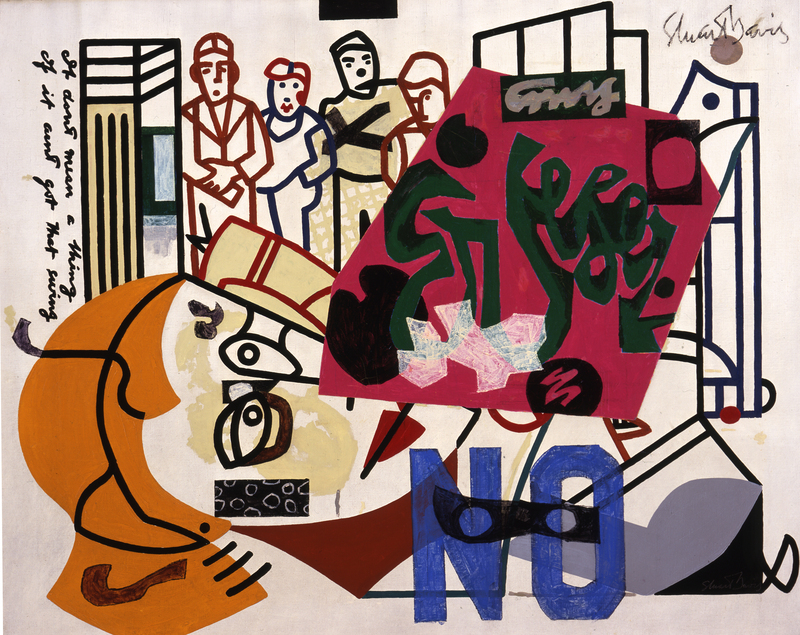




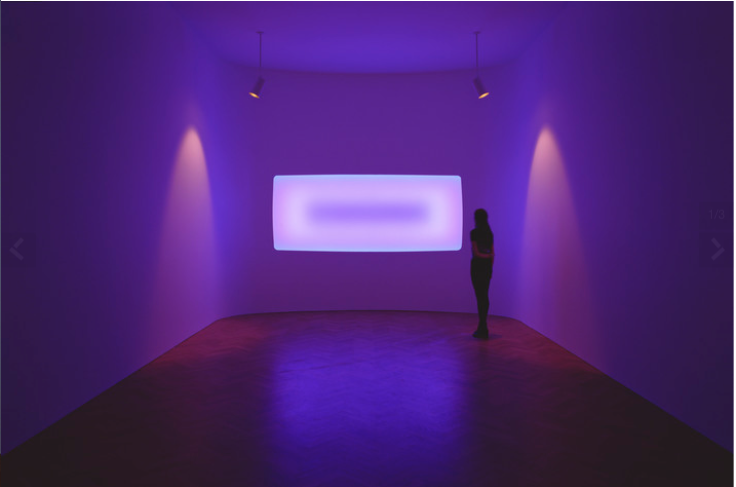


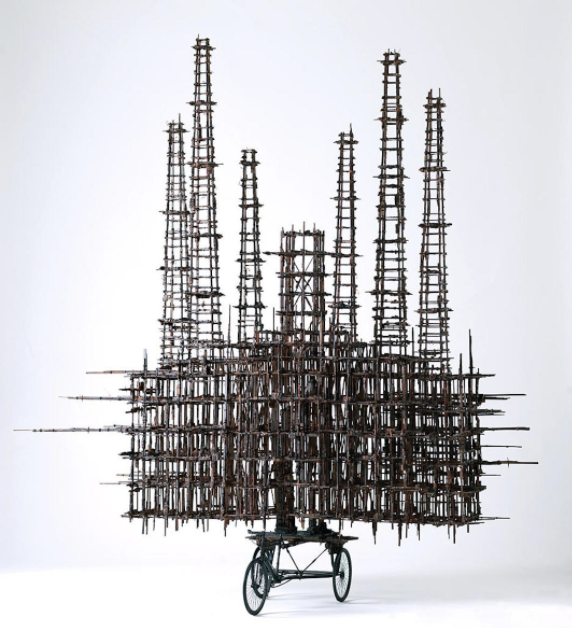 Indian Illustrator and sculptor Gerry Judah documents destruction in his extremely detailed maquettes. Artworks that engage with geopolitical issues such as climate change or conflict. For this exhibition, the main focus goes to India and how the environment is changing and being treated over there. Fragile Lands shows sculptures made from partly coal and ash, which are part of a series called Bengal, amongst some of Judah’s 3-dimensional paintings.
Indian Illustrator and sculptor Gerry Judah documents destruction in his extremely detailed maquettes. Artworks that engage with geopolitical issues such as climate change or conflict. For this exhibition, the main focus goes to India and how the environment is changing and being treated over there. Fragile Lands shows sculptures made from partly coal and ash, which are part of a series called Bengal, amongst some of Judah’s 3-dimensional paintings.


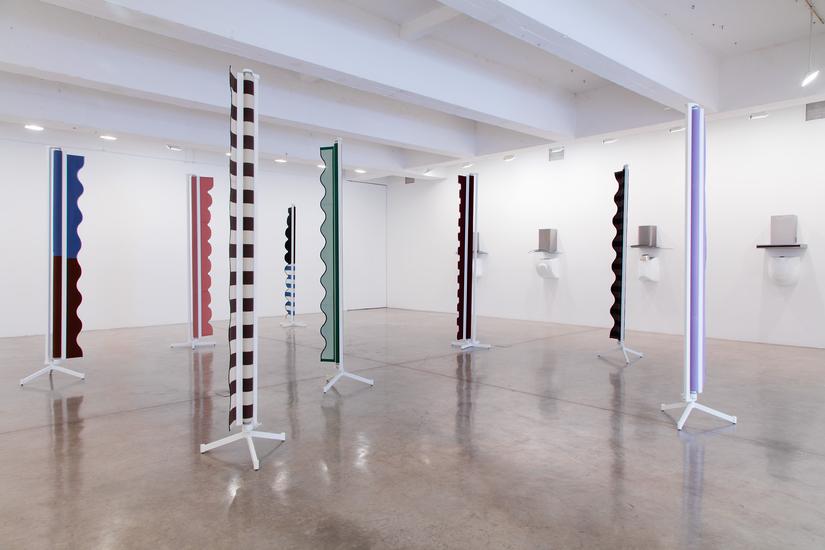
 This is the first time The Noguchi Museum shows work by an artist other than Noguchi. The title refers to the traditional Japanese tea ceremony ‘chanoyu’, which will be represented by the artist through different installations. Sachs builds an actual teahouse in the garden of the museum, surrounded by Noguchi’s stone sculptures. You can see his actions live, and relive them by browsing the 280-page artist’s book.
This is the first time The Noguchi Museum shows work by an artist other than Noguchi. The title refers to the traditional Japanese tea ceremony ‘chanoyu’, which will be represented by the artist through different installations. Sachs builds an actual teahouse in the garden of the museum, surrounded by Noguchi’s stone sculptures. You can see his actions live, and relive them by browsing the 280-page artist’s book.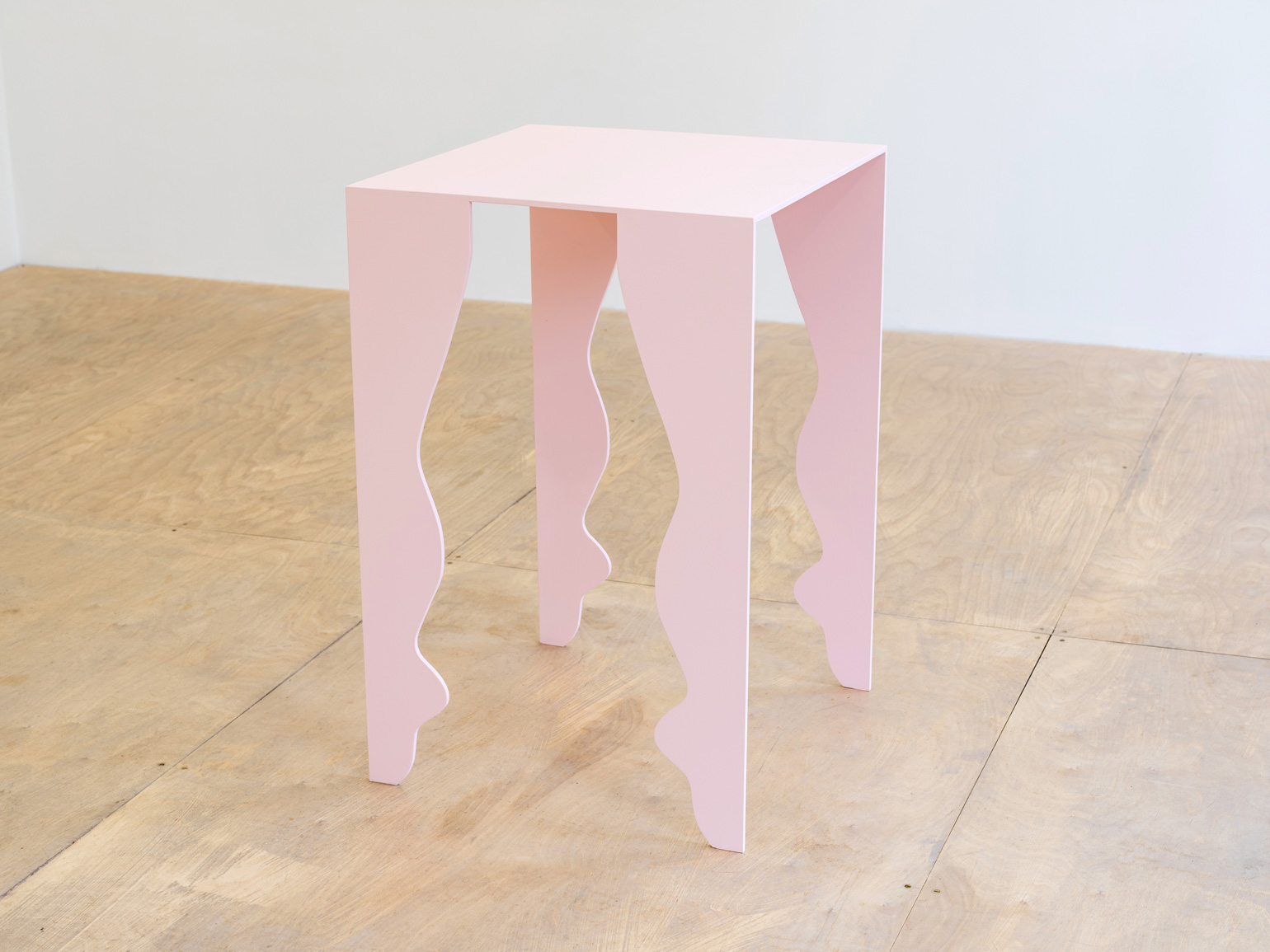


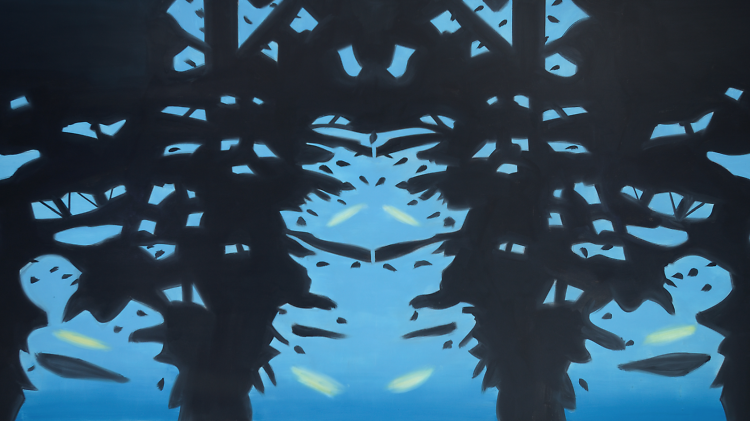

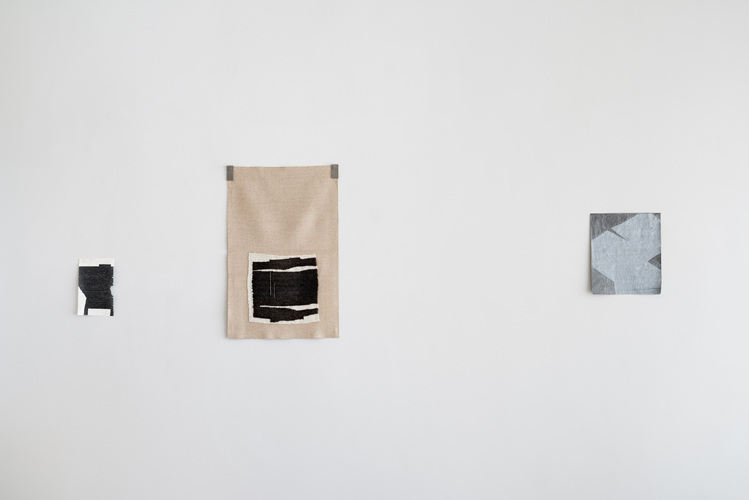
 This is Kirk Magnus’ first show in New York. Despite his international reputation, his colourful dramatic ceramics are not that known overhere. Magnus was inspired by traditional Asian ceramics, cave art and modernist abstractions, an interesting combination, what gives his work their specific style.
This is Kirk Magnus’ first show in New York. Despite his international reputation, his colourful dramatic ceramics are not that known overhere. Magnus was inspired by traditional Asian ceramics, cave art and modernist abstractions, an interesting combination, what gives his work their specific style.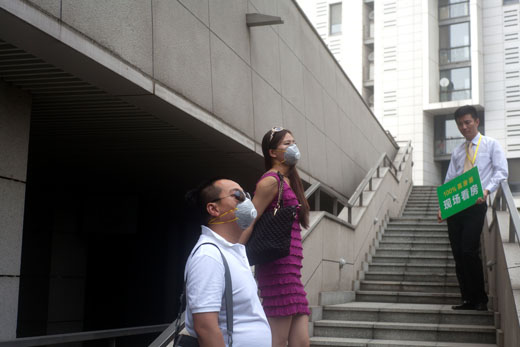




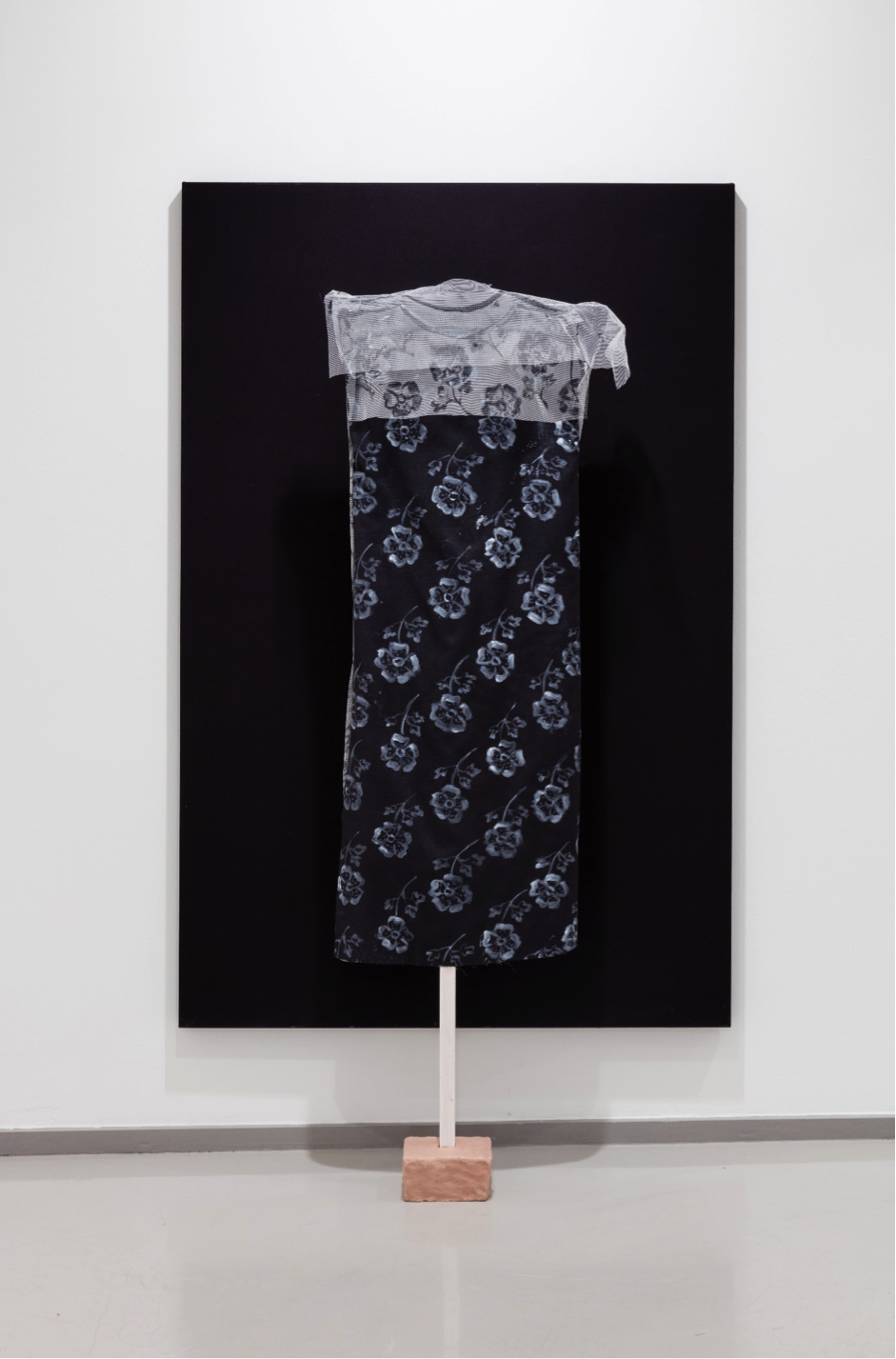
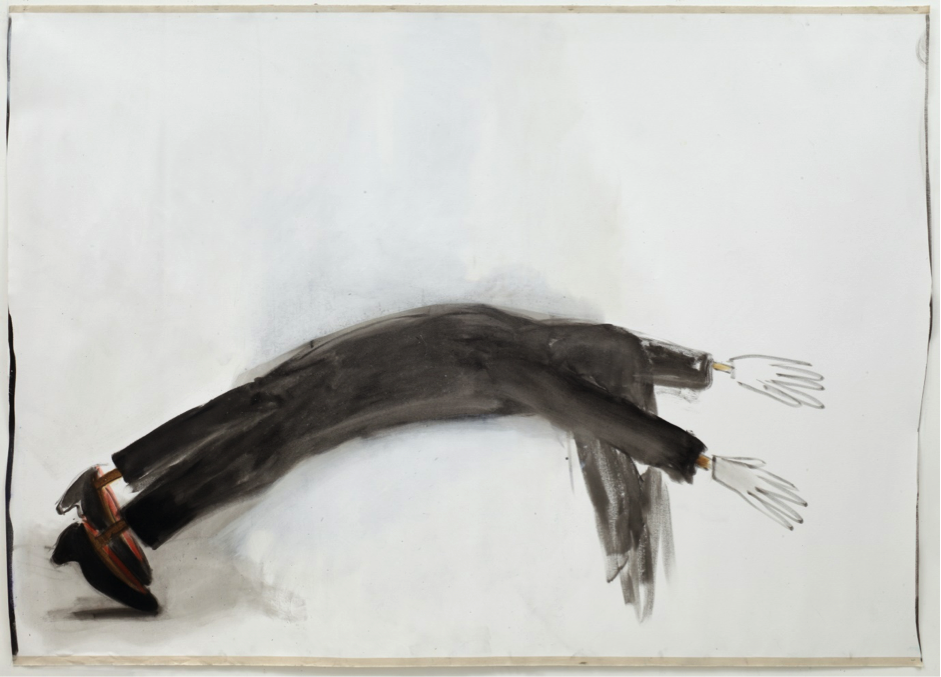

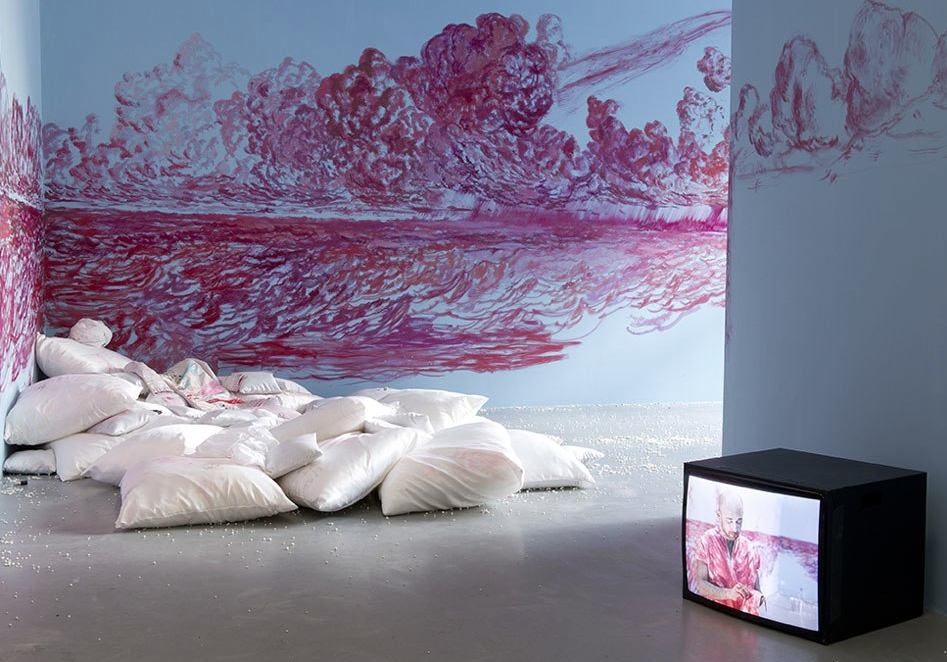

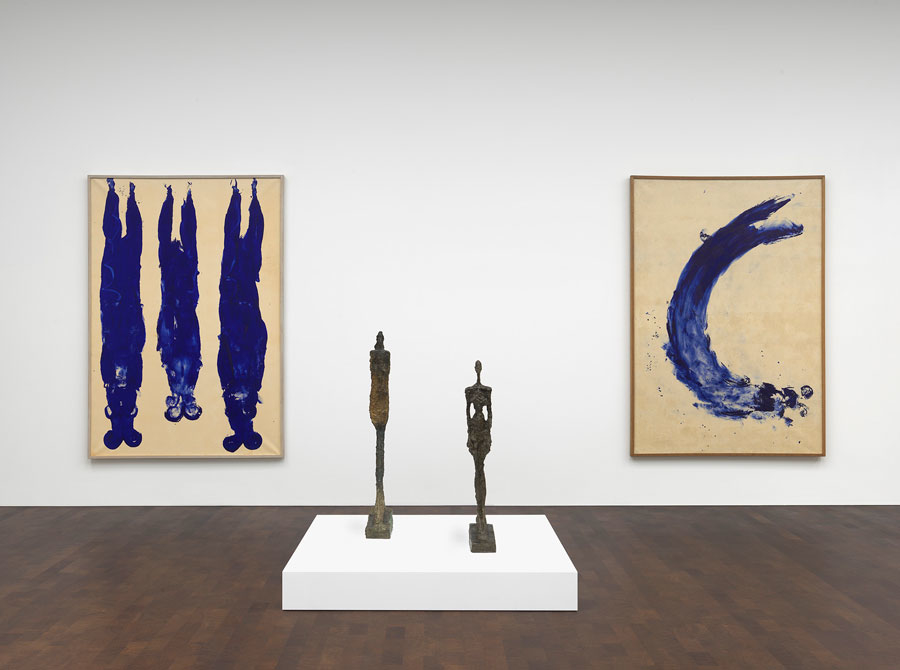
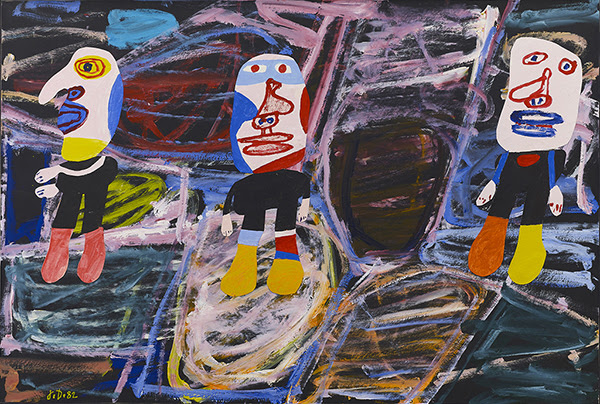
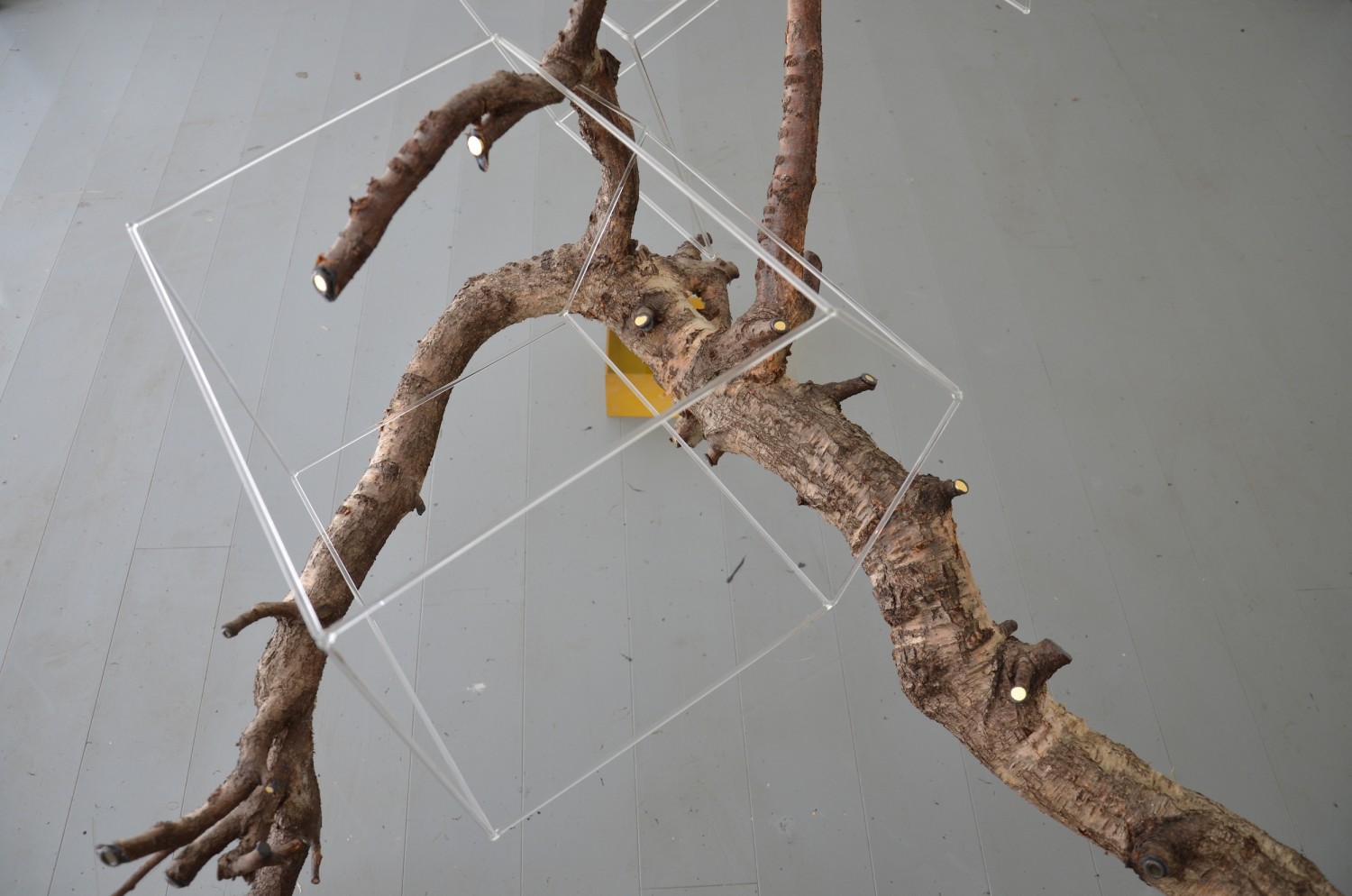


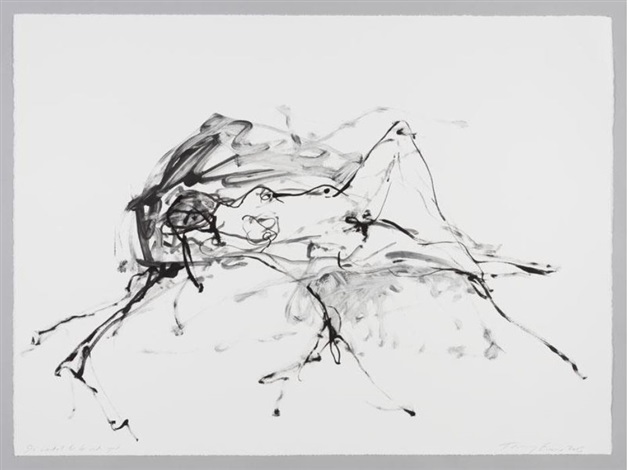



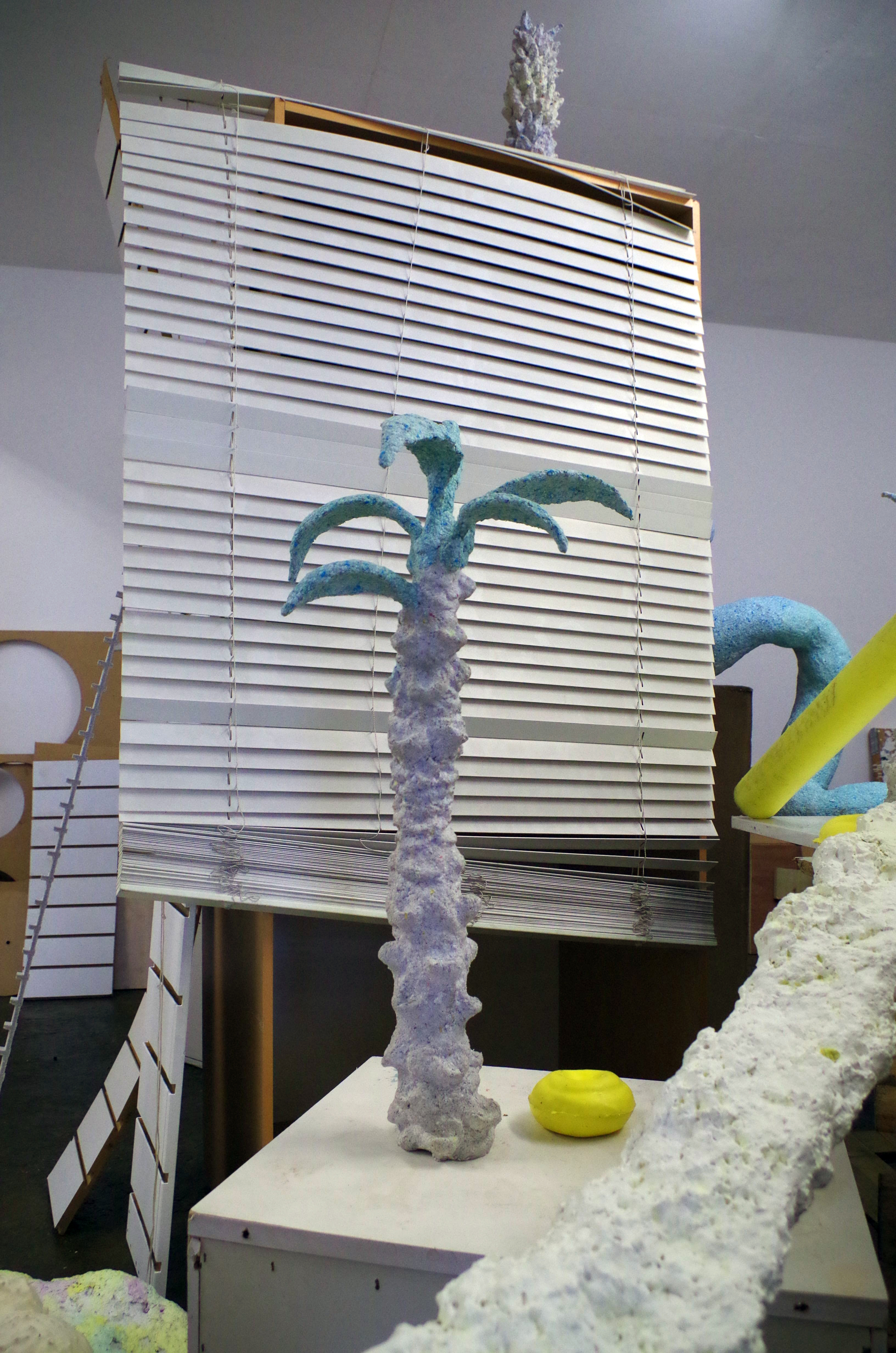
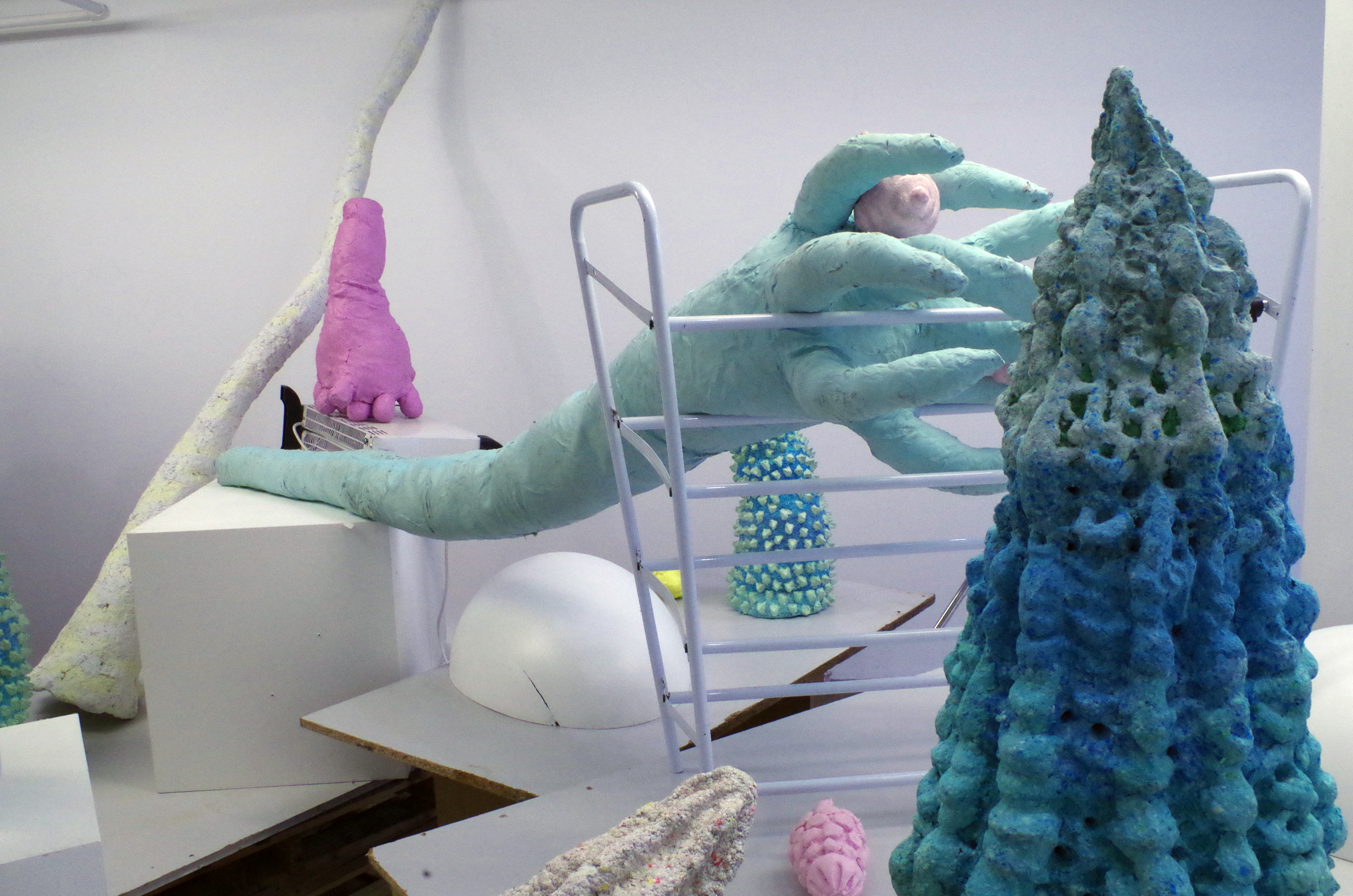


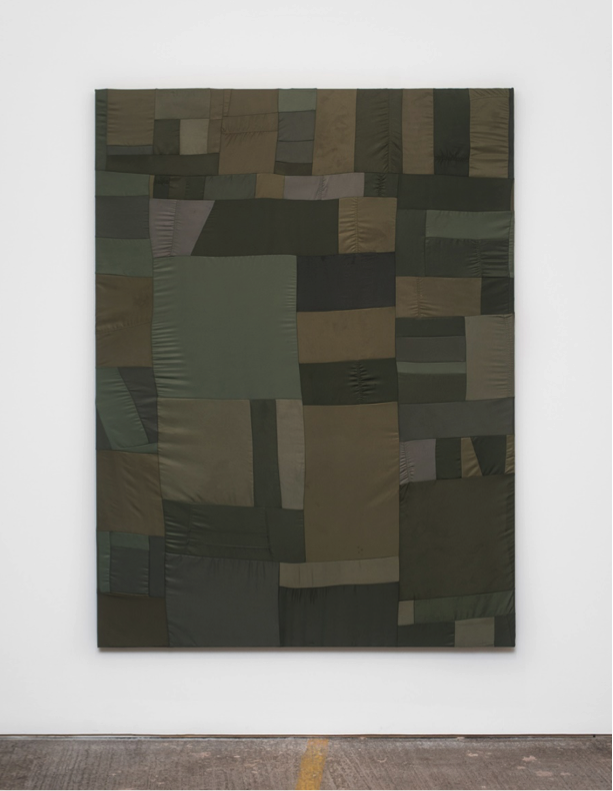
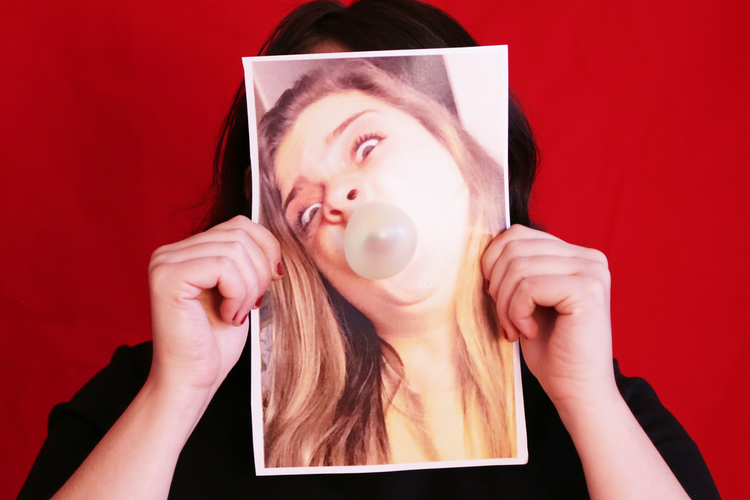
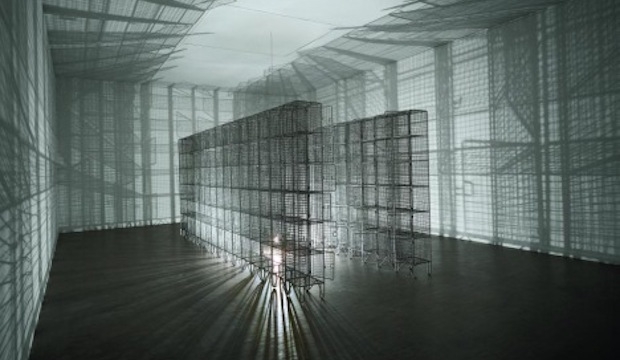
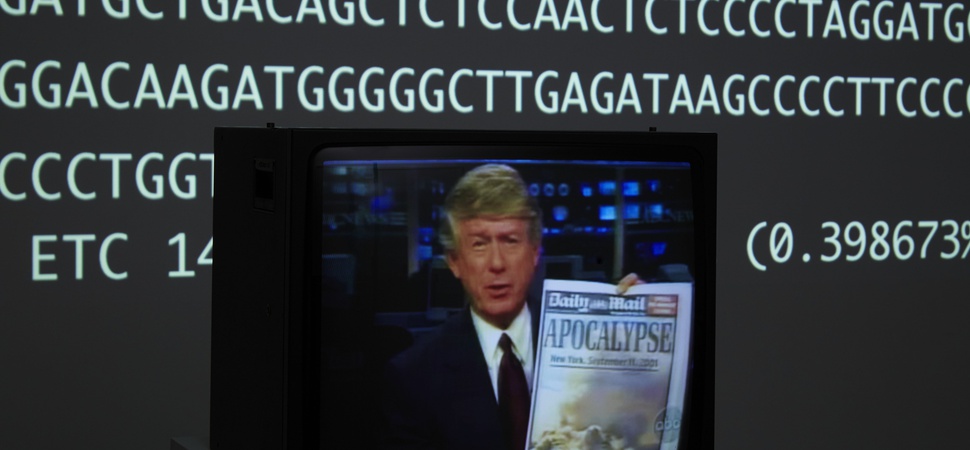
 Lindsay Kemp’s appearance in London is unique, being his first in 15 years. His name is mentioned with Kate Bush and David Bowie for being their choreographer. Now he’s the Ace Hotel’s artist in resident. During a live performance in the gallery bar of Ace Hotel he fills a huge piece of paper with his drawings, shown until the end of June and later on turned into a limited edition zine for guests. May 17 he has a talk with Marc almond about his life and work with David Bowie.
Lindsay Kemp’s appearance in London is unique, being his first in 15 years. His name is mentioned with Kate Bush and David Bowie for being their choreographer. Now he’s the Ace Hotel’s artist in resident. During a live performance in the gallery bar of Ace Hotel he fills a huge piece of paper with his drawings, shown until the end of June and later on turned into a limited edition zine for guests. May 17 he has a talk with Marc almond about his life and work with David Bowie.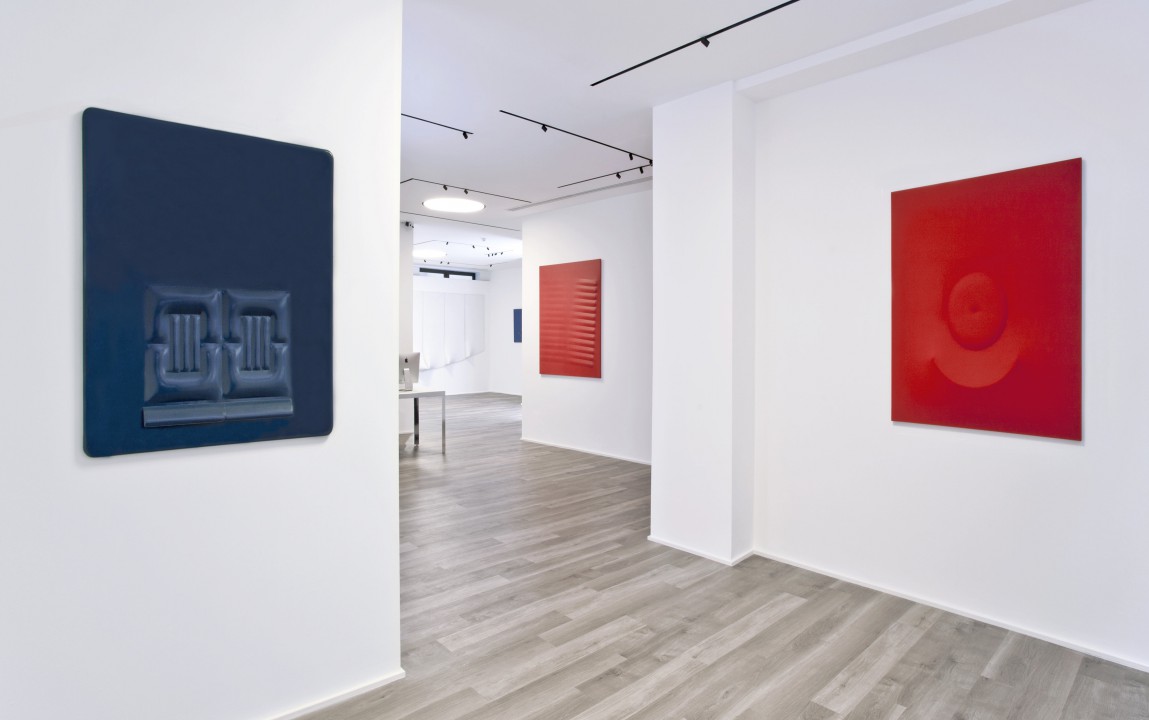


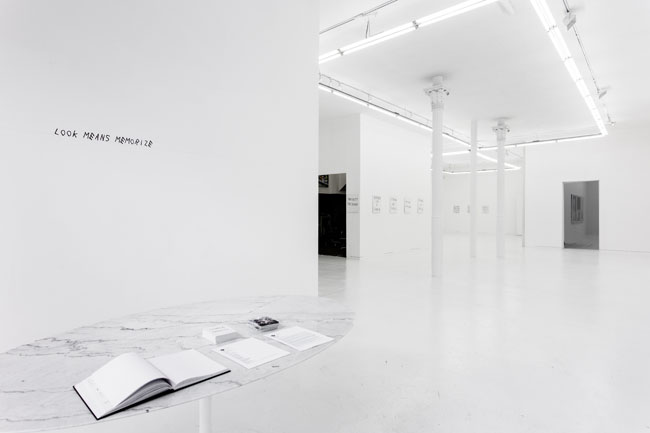
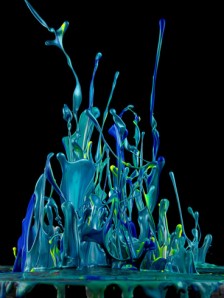

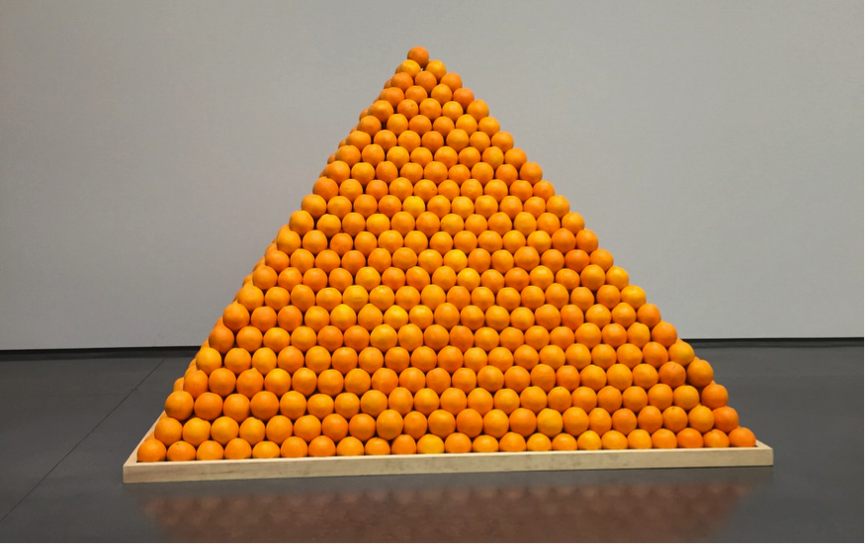



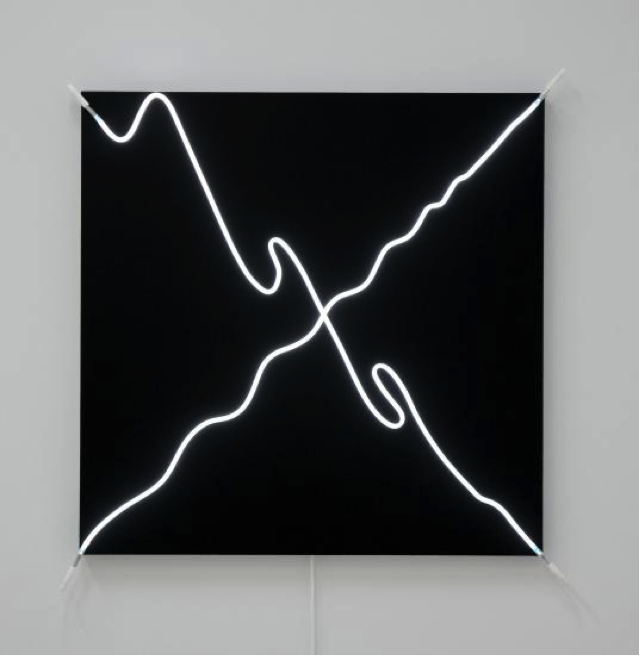









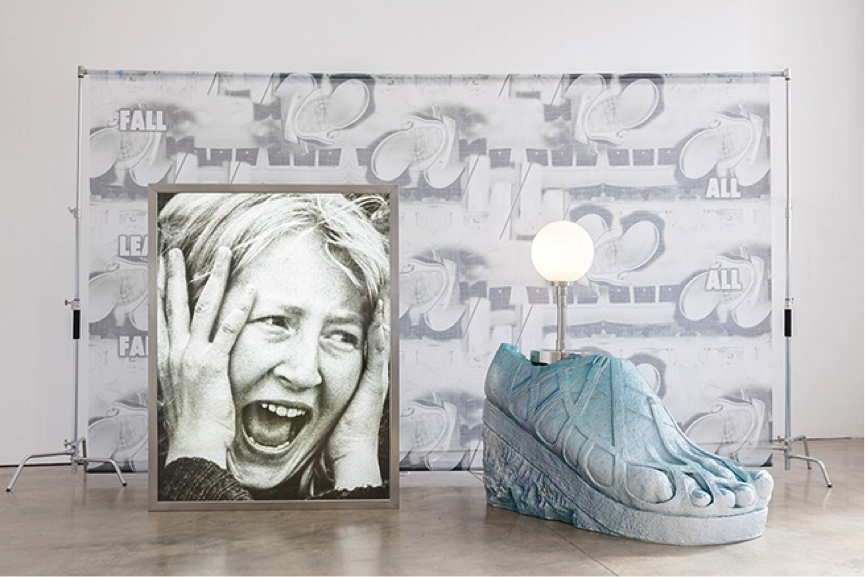
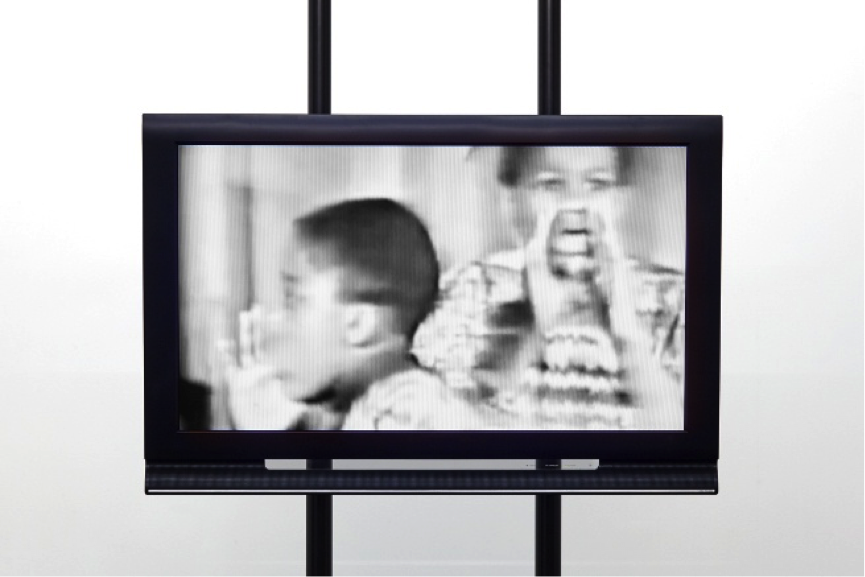





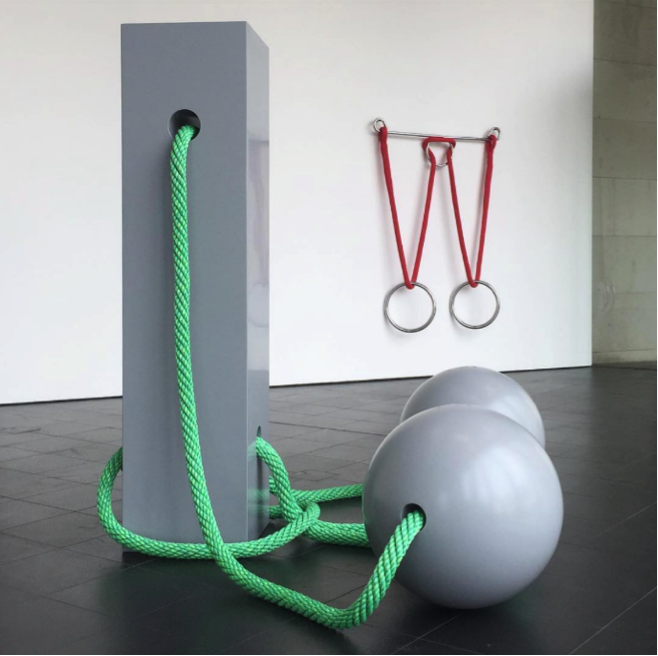





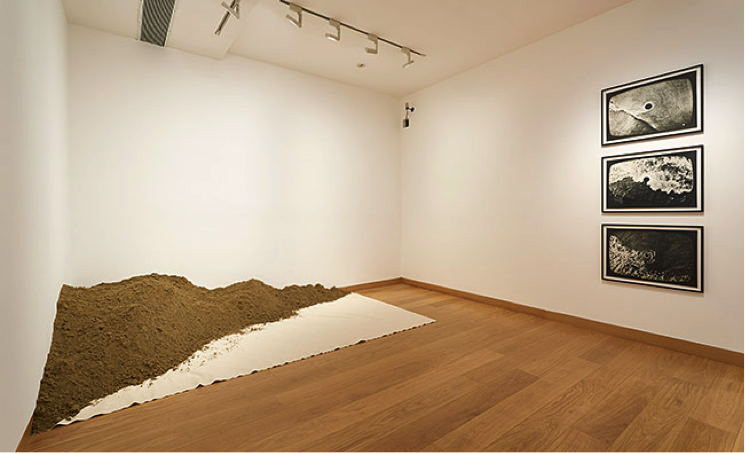


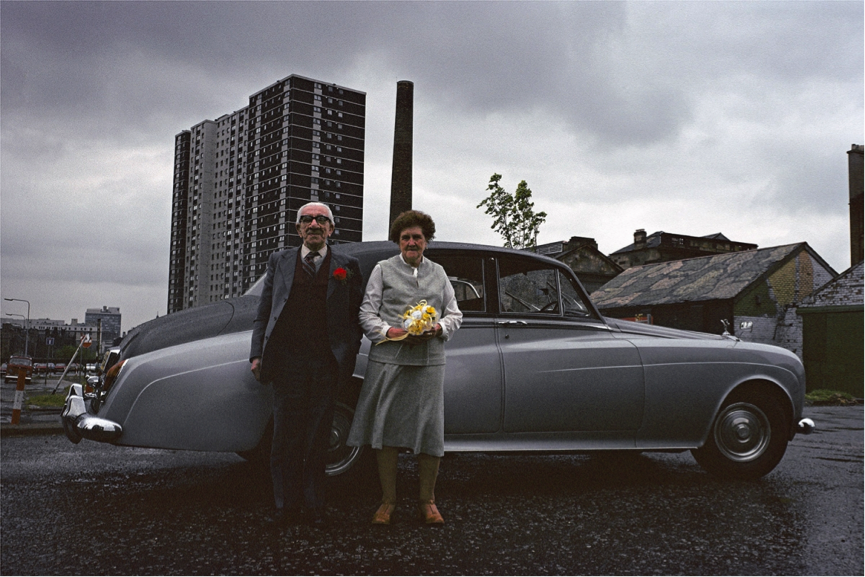








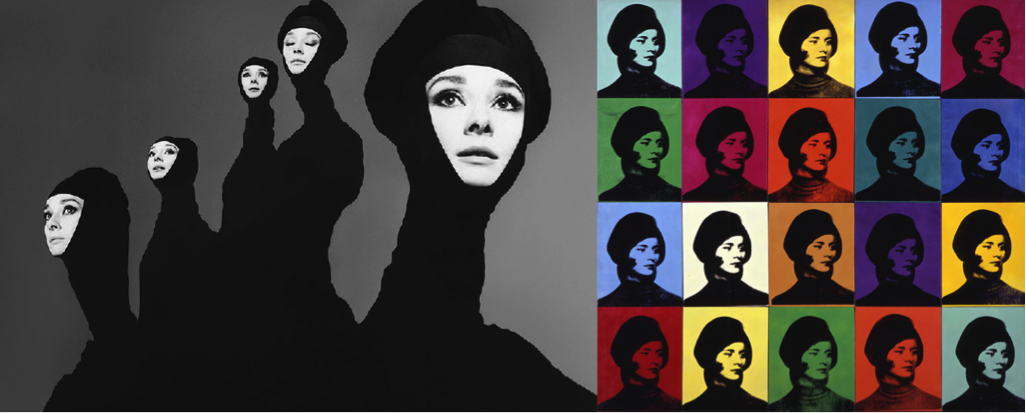



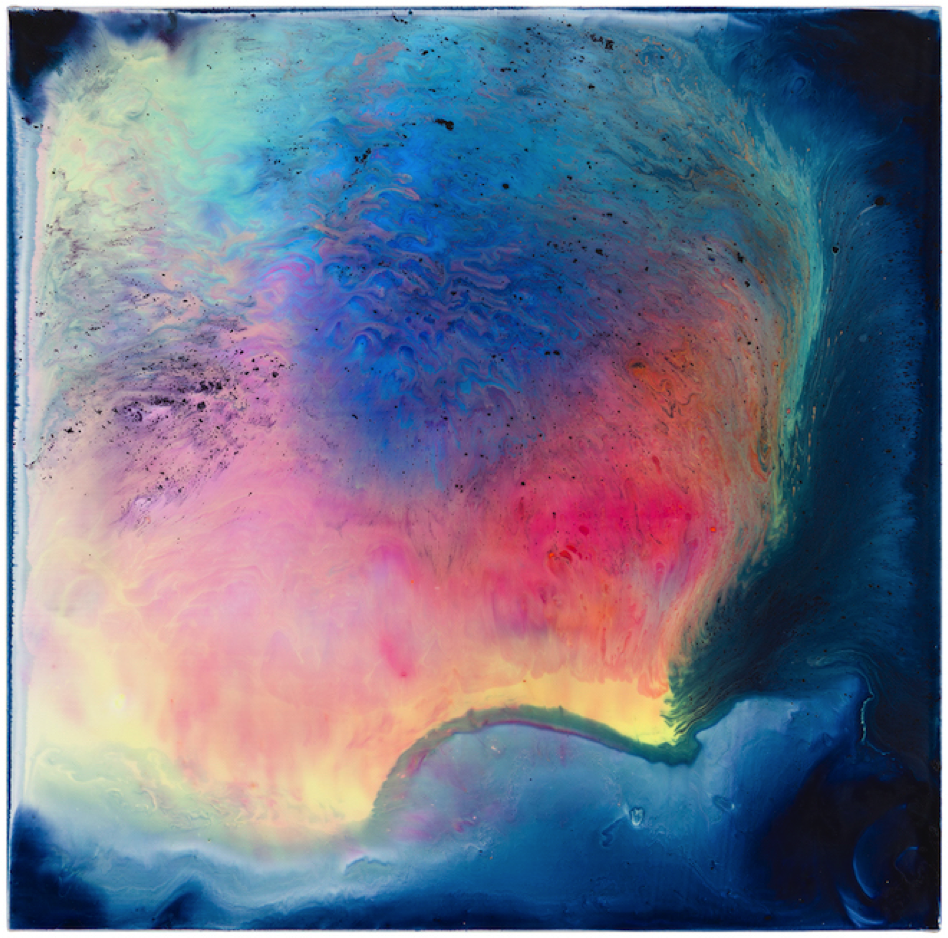

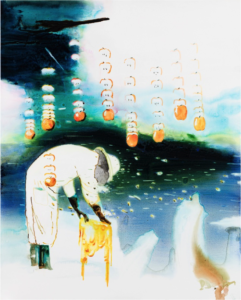






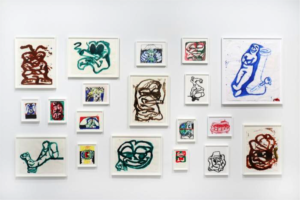


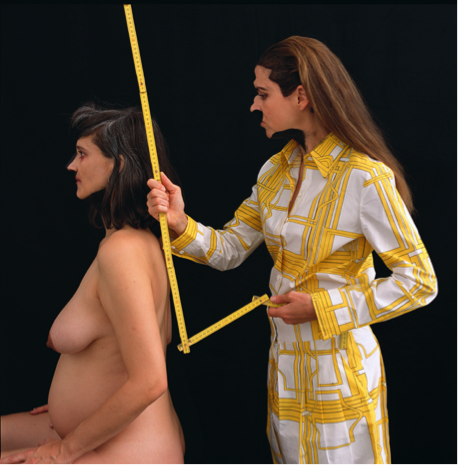
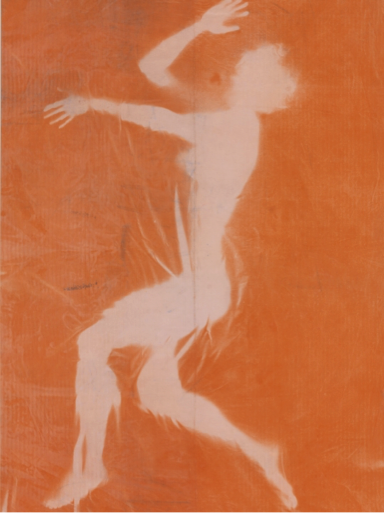

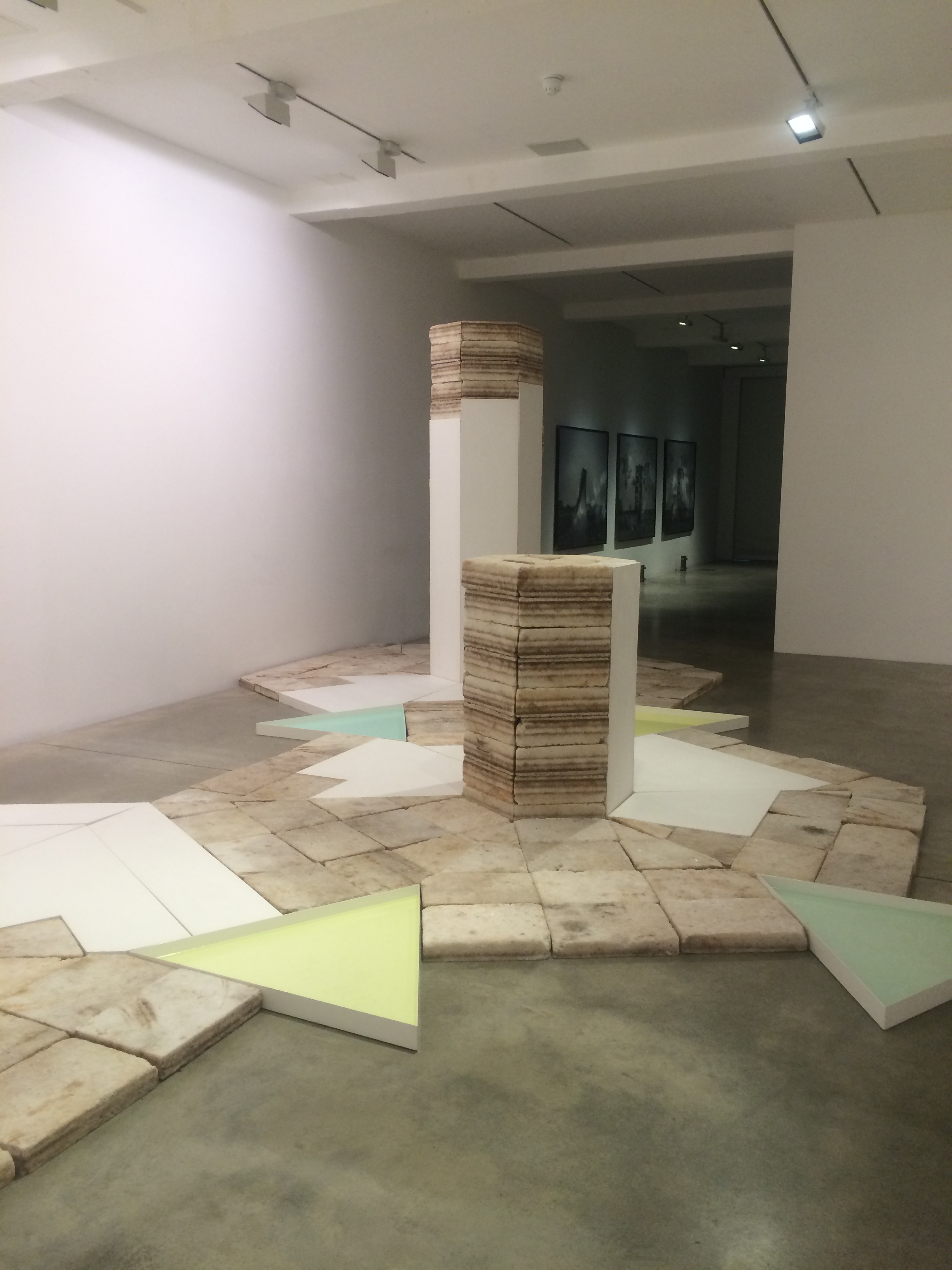


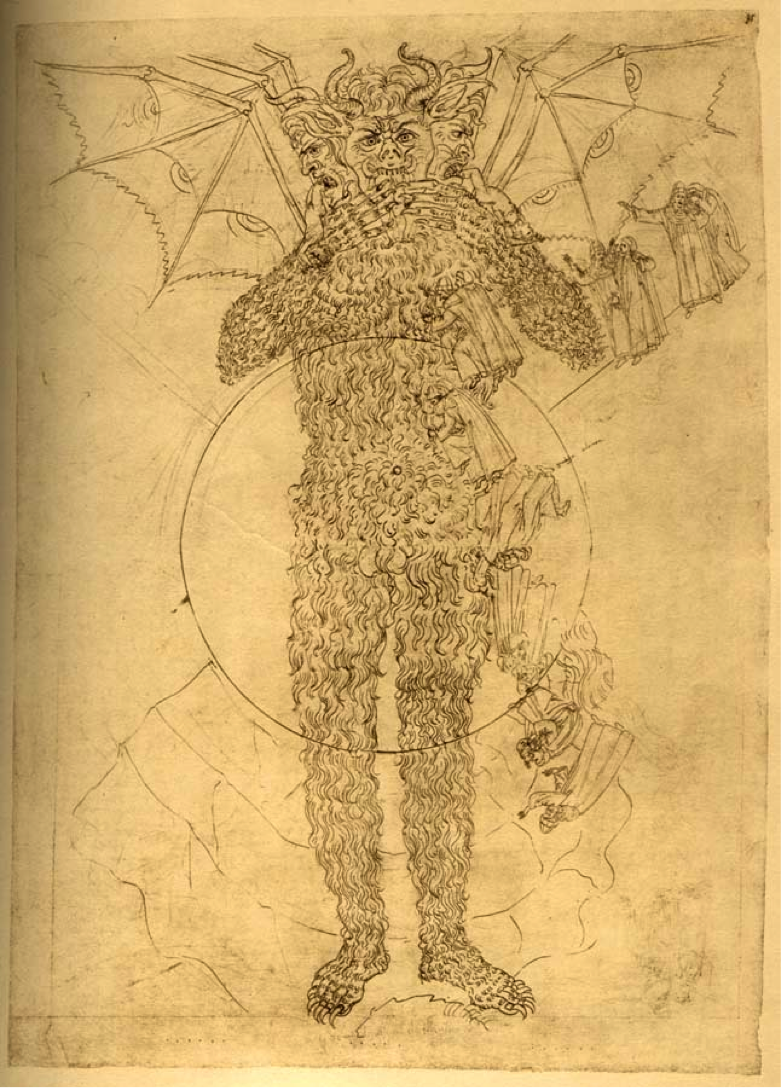
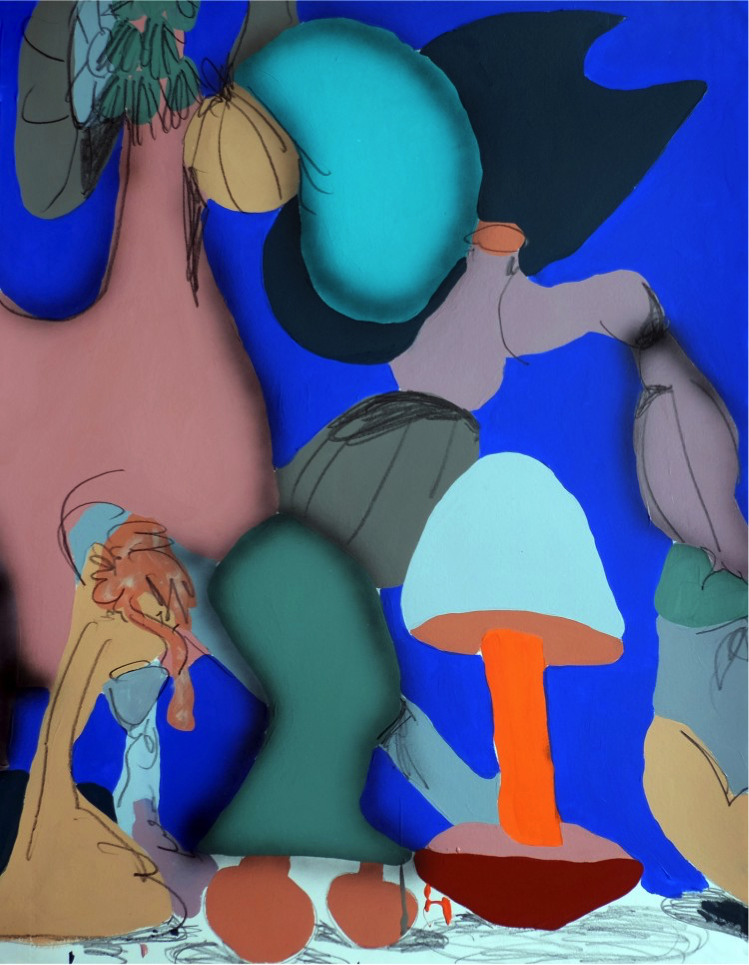


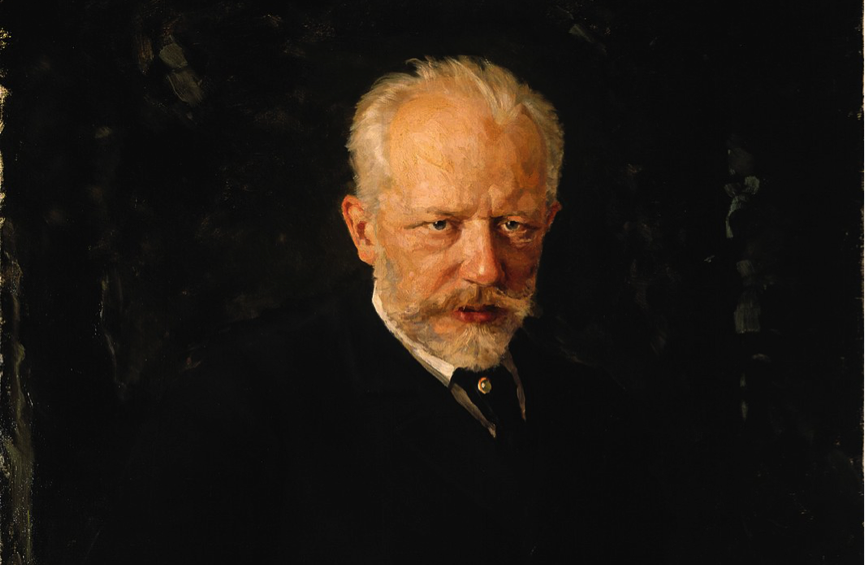



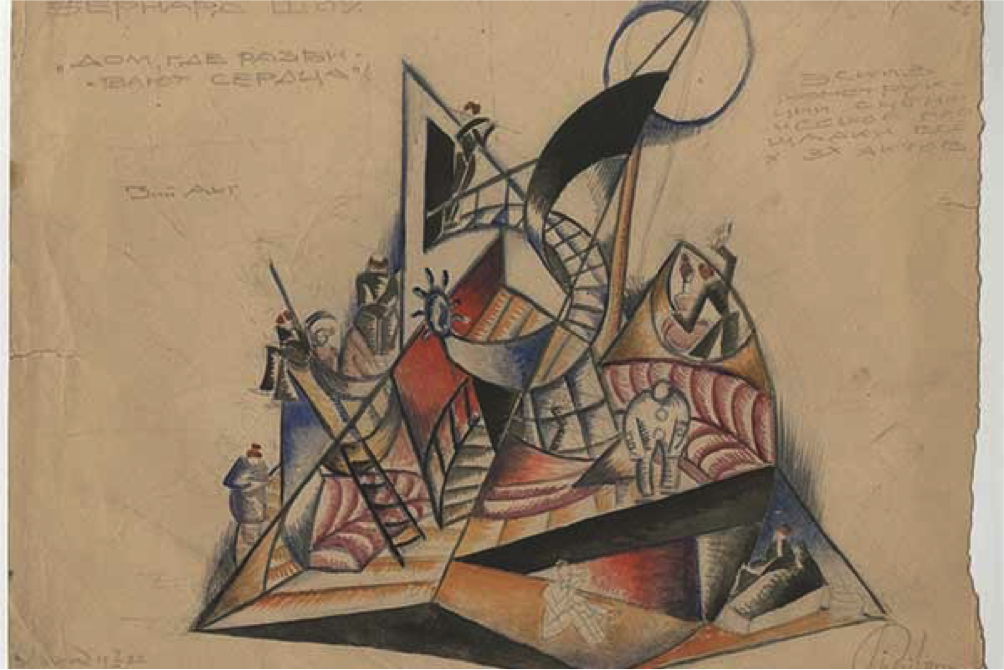




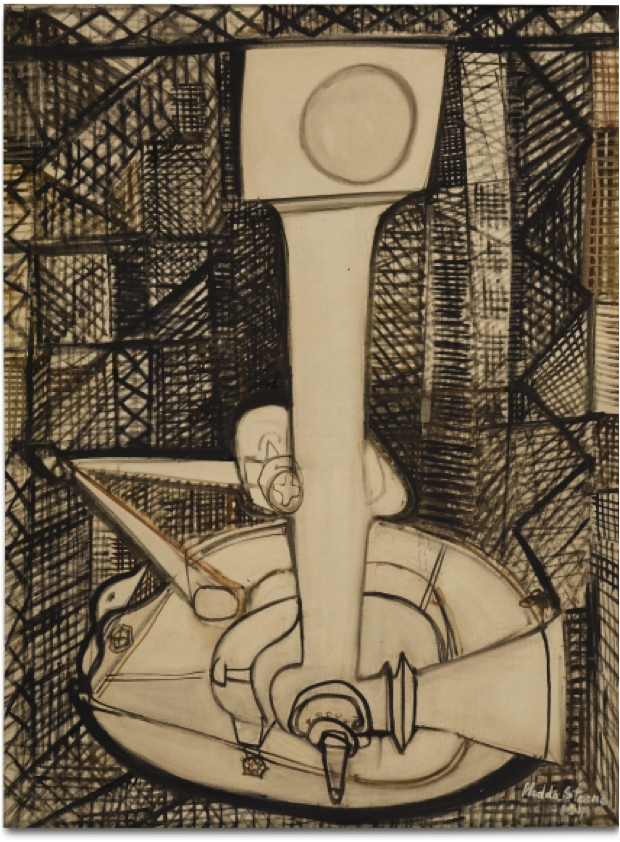



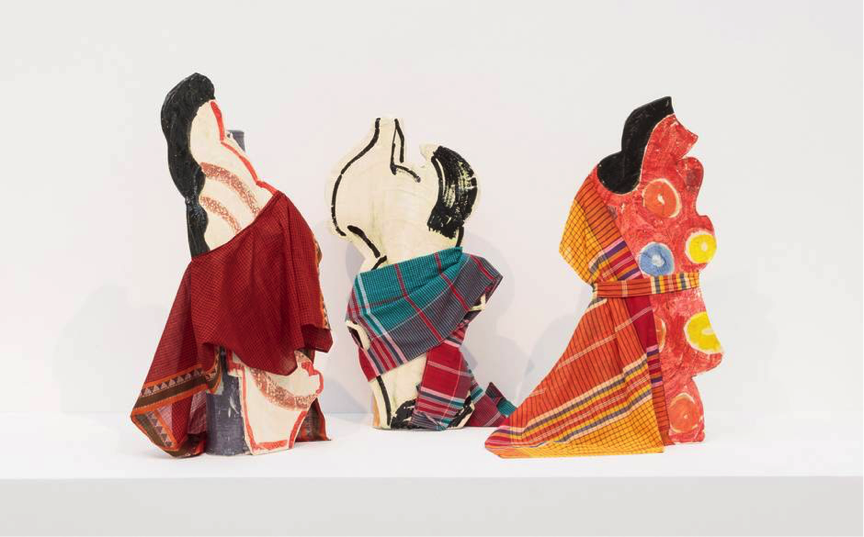



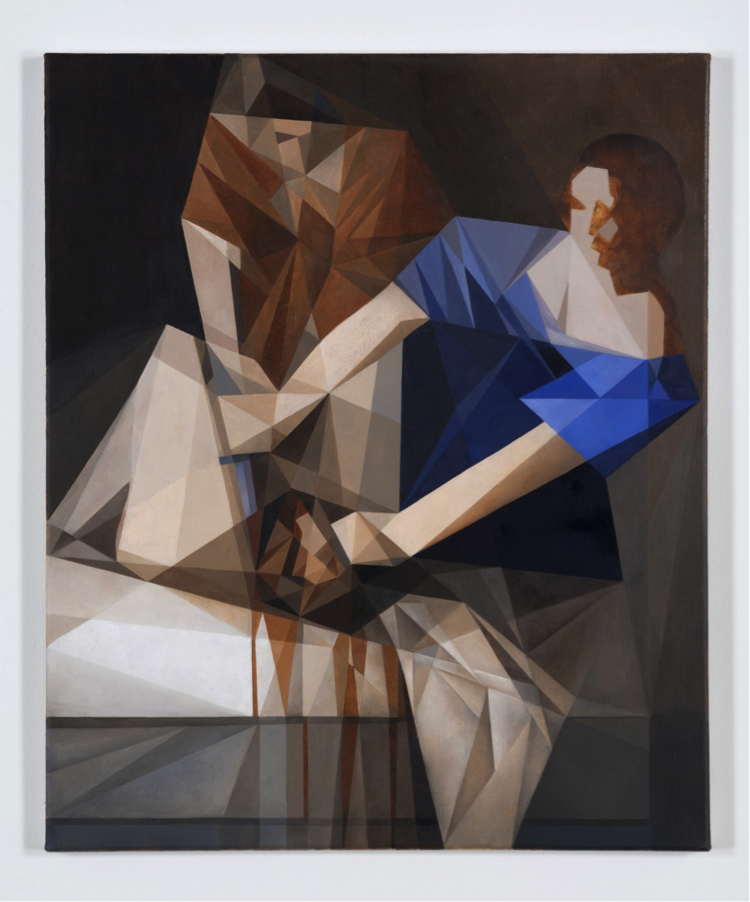



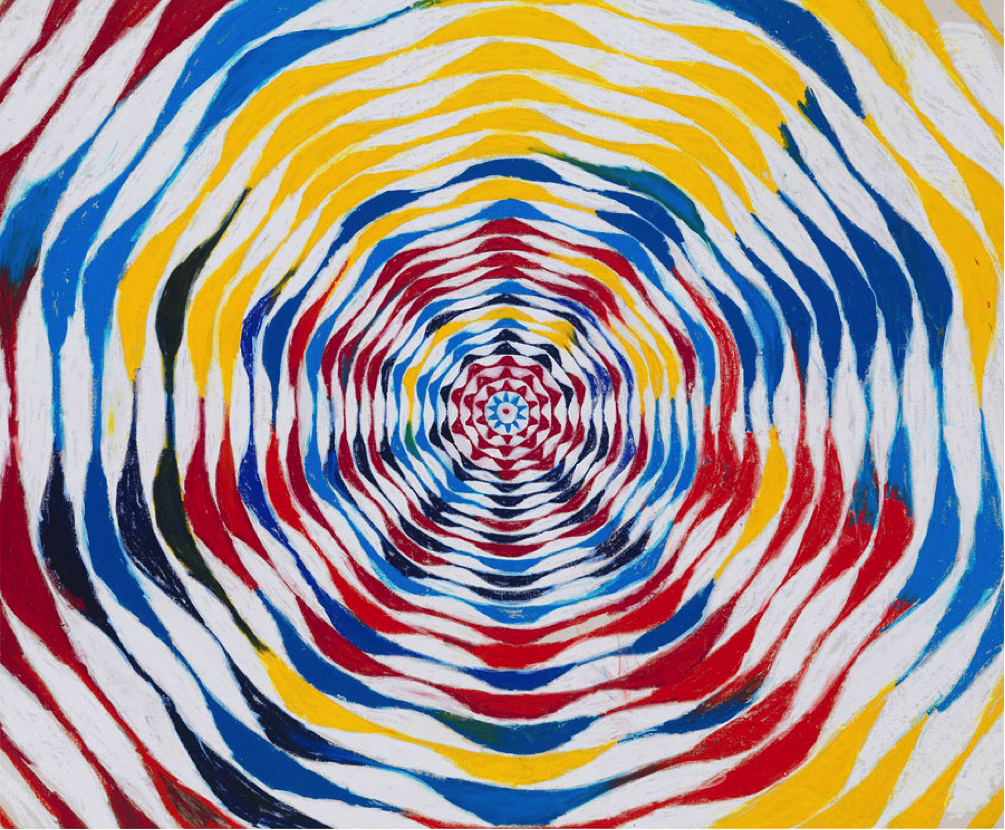
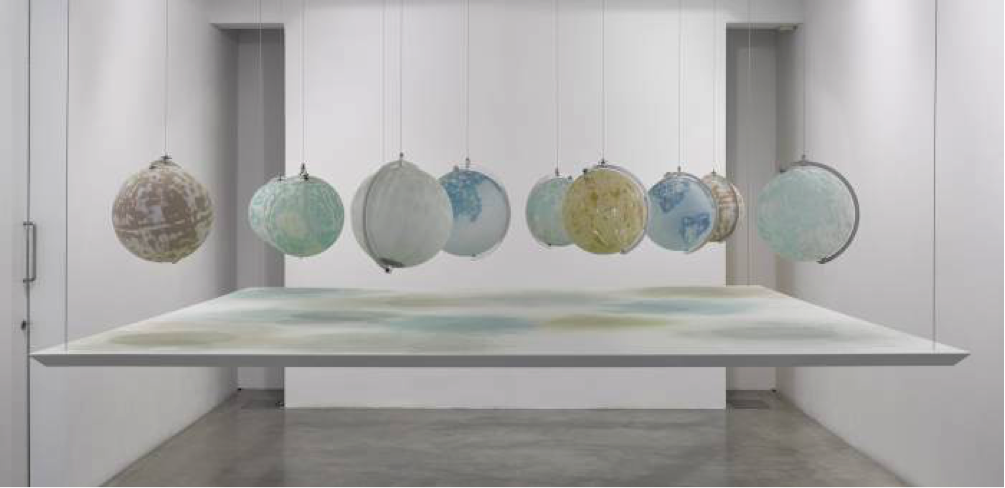


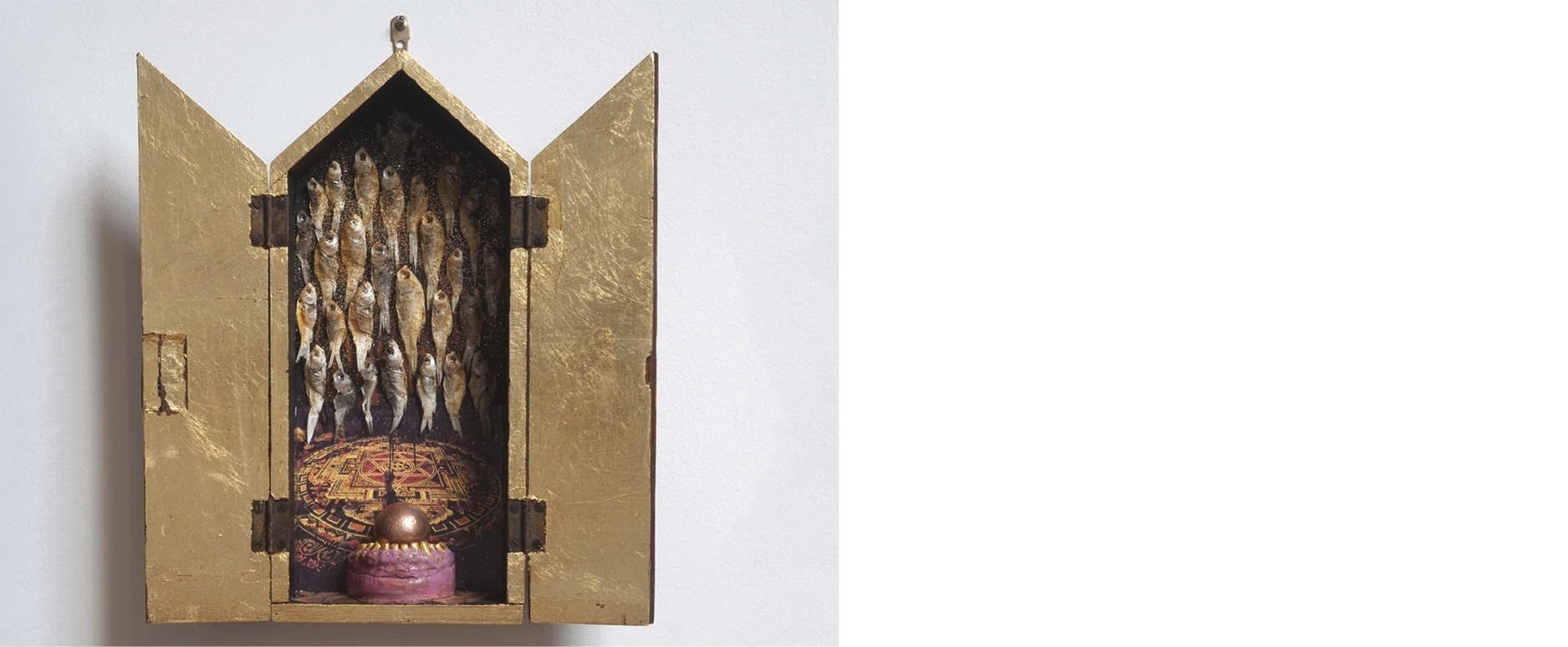
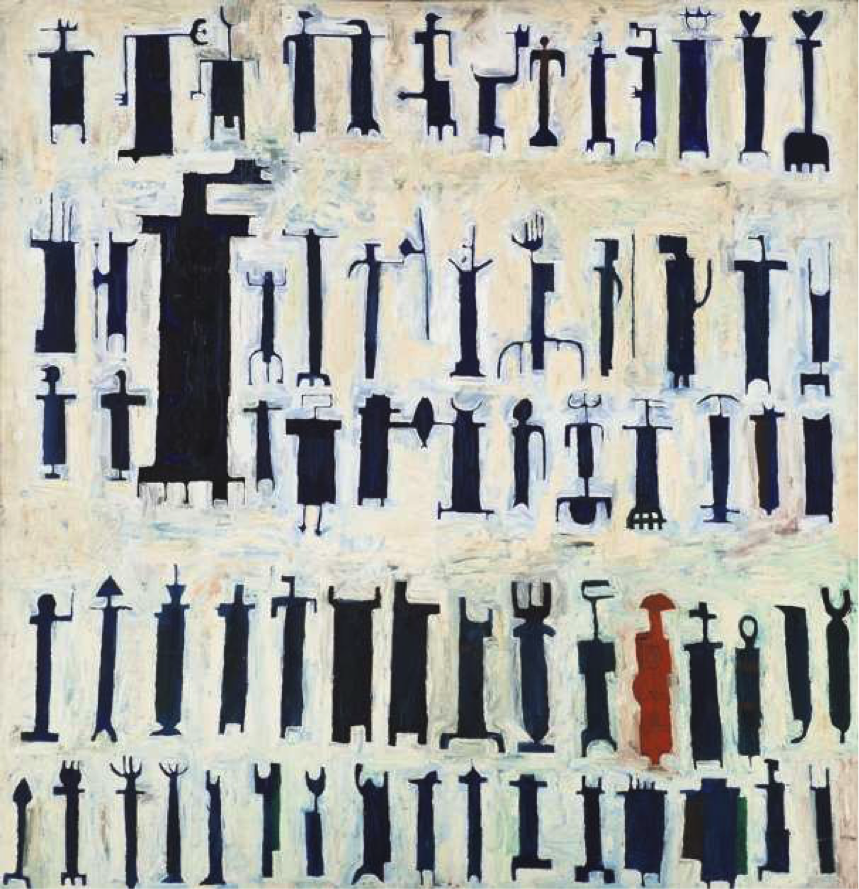






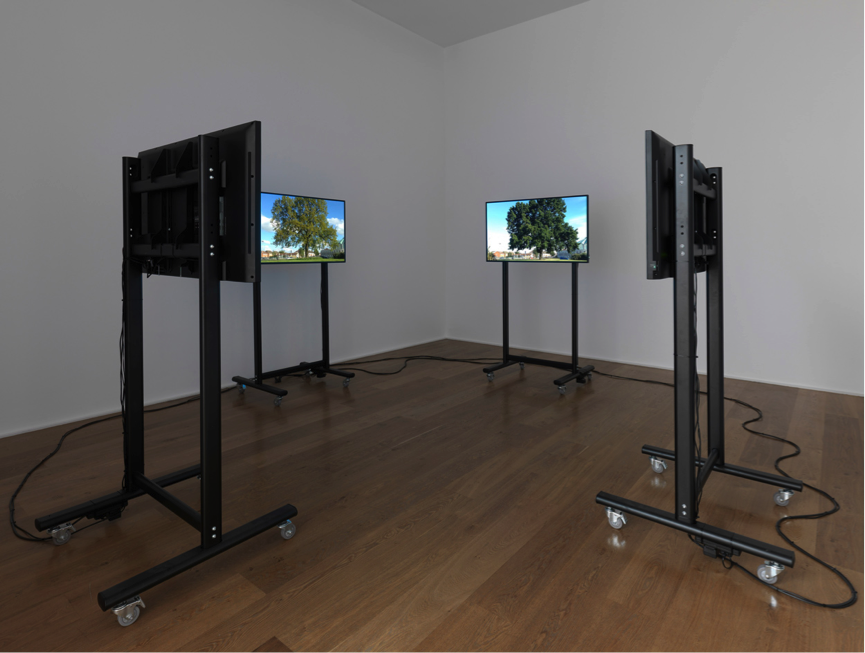


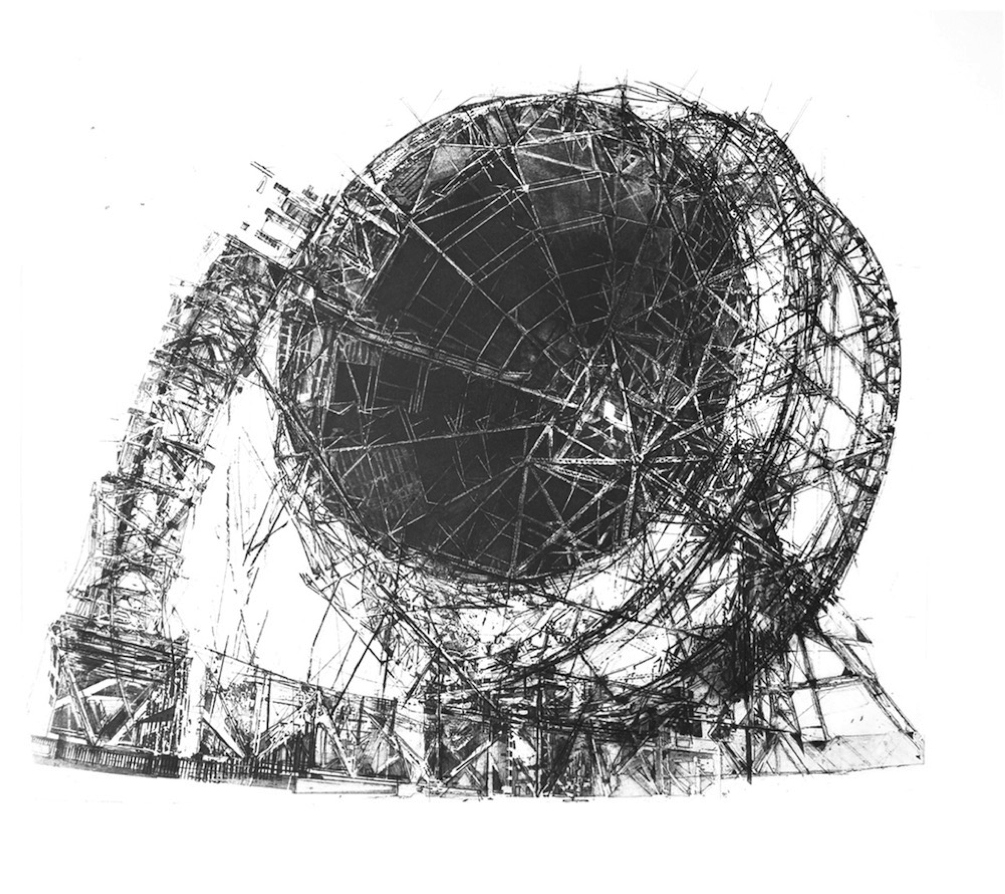
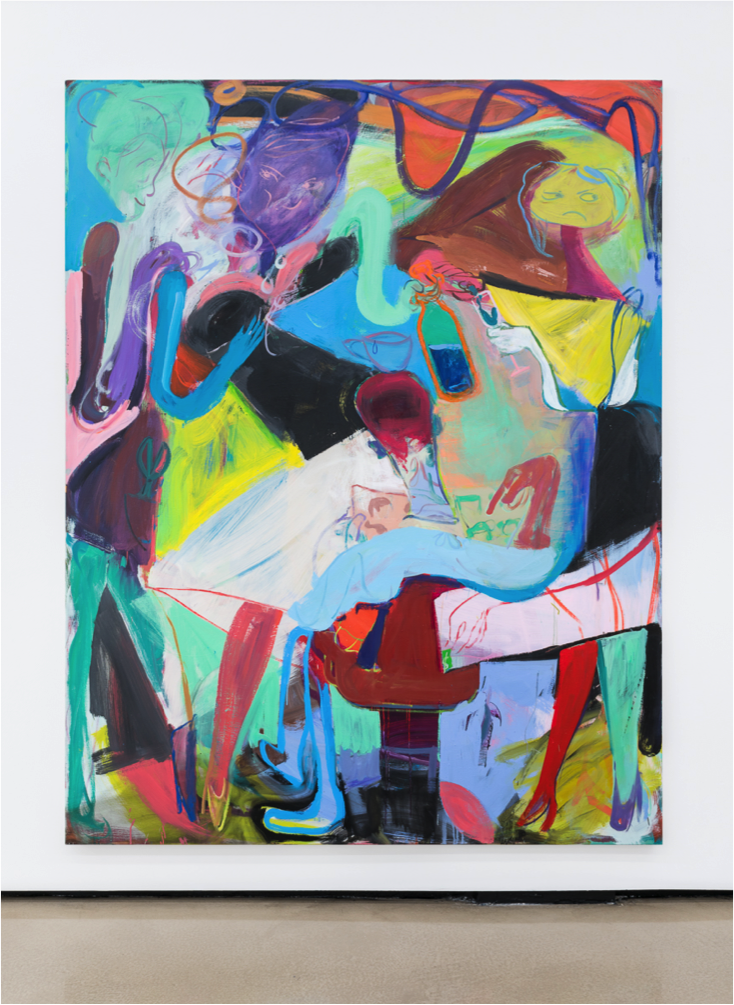
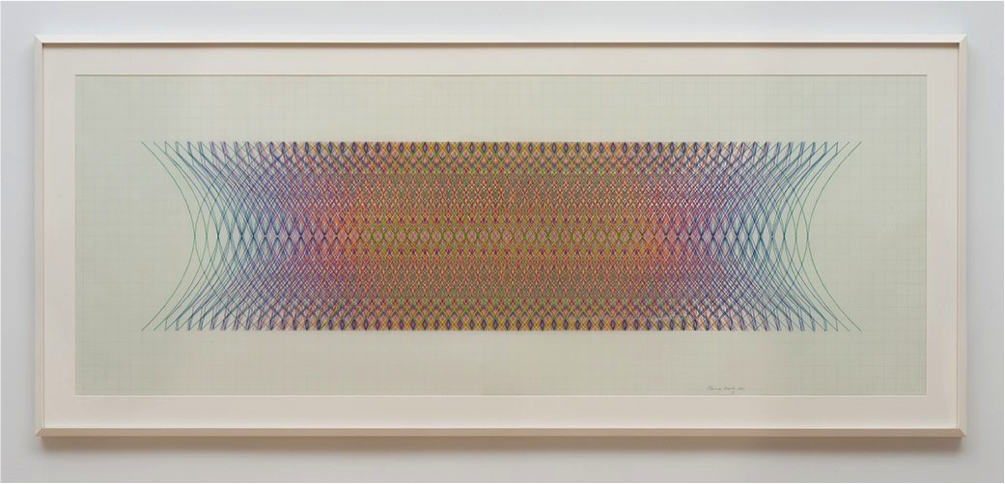
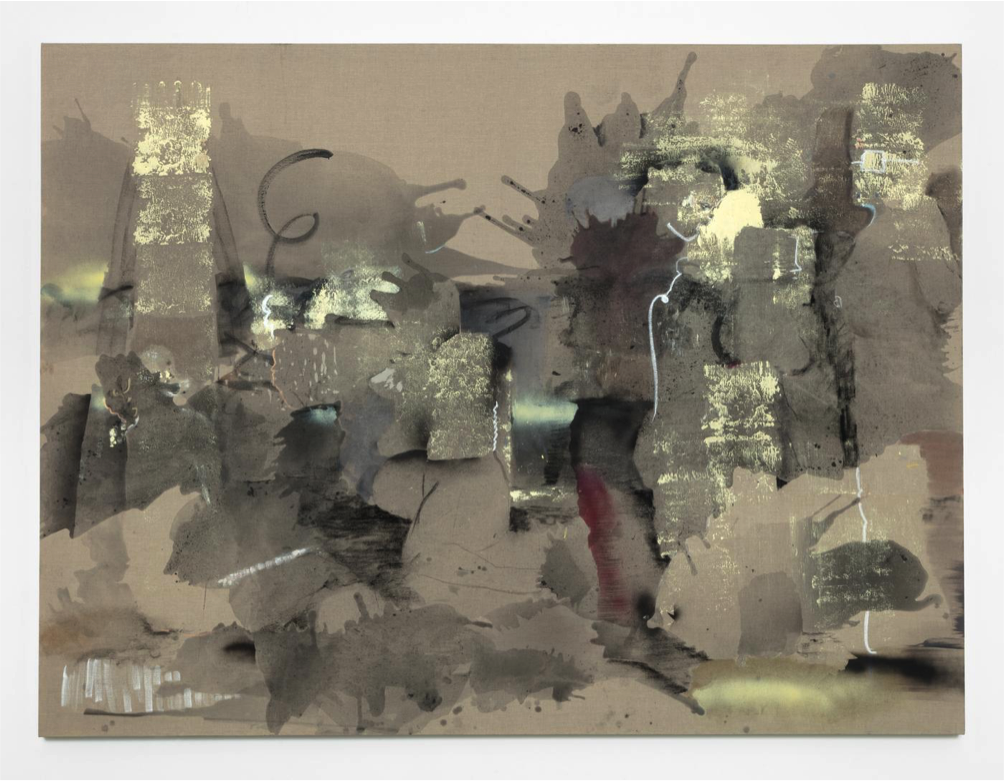
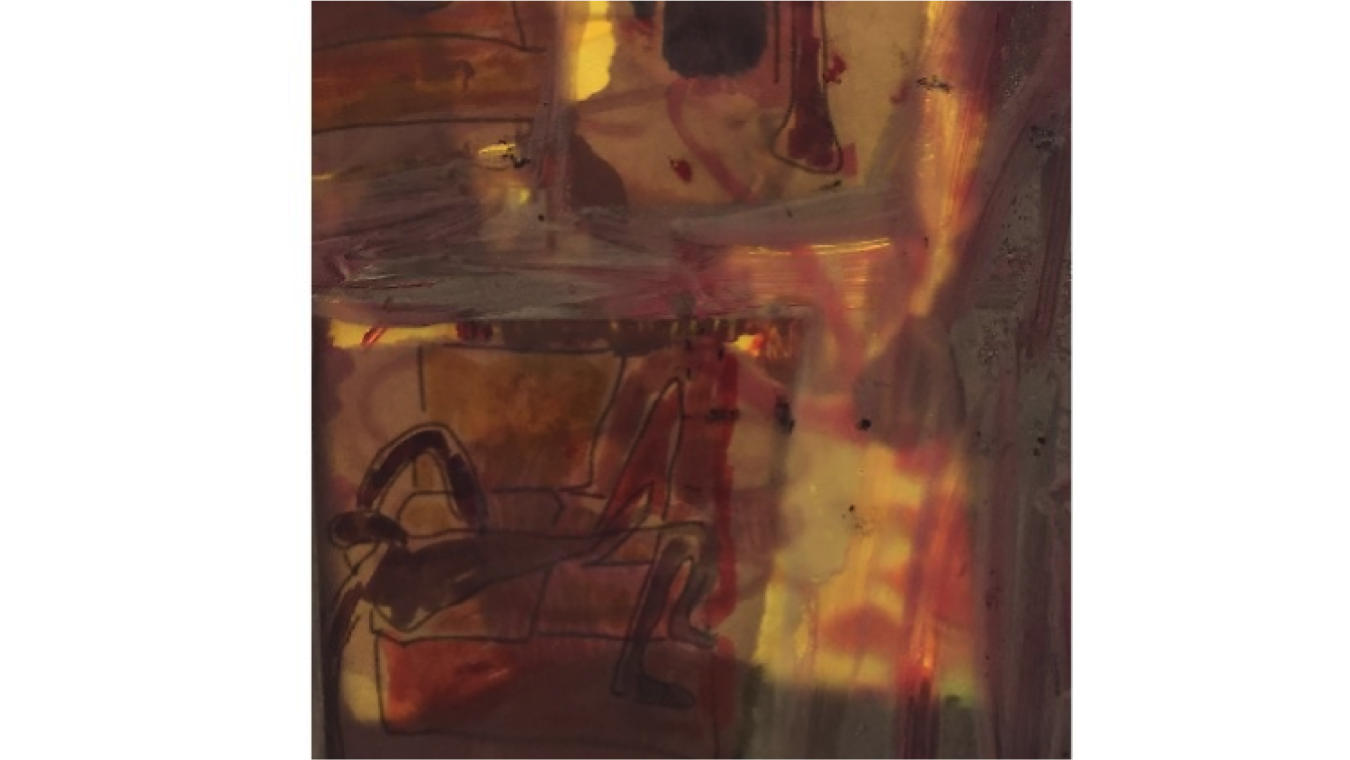
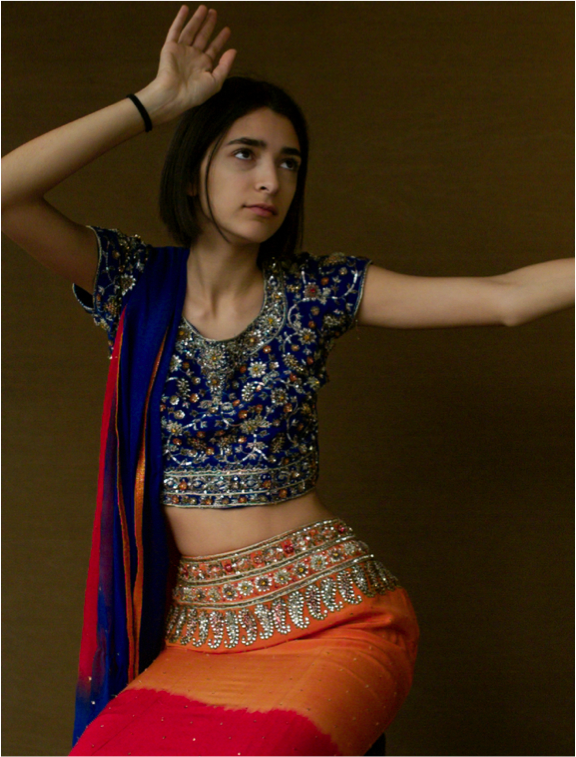



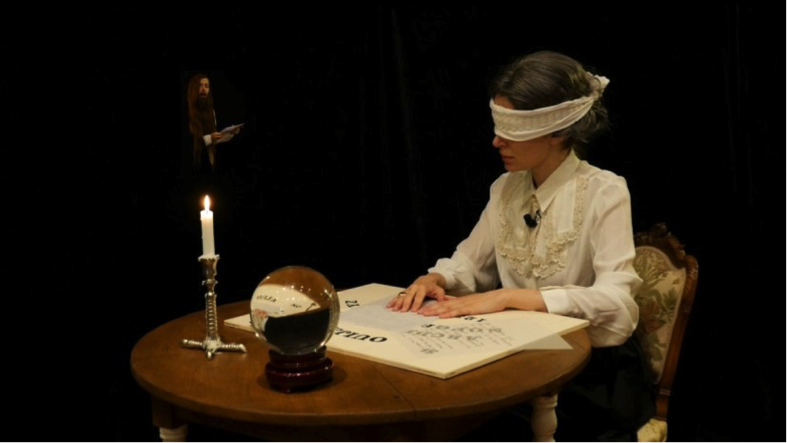
![Chiara Fumai [collage] Book of Evil Spirits, 2016](https://artcube.co/wp-content/uploads/2016/05/2chia.png)

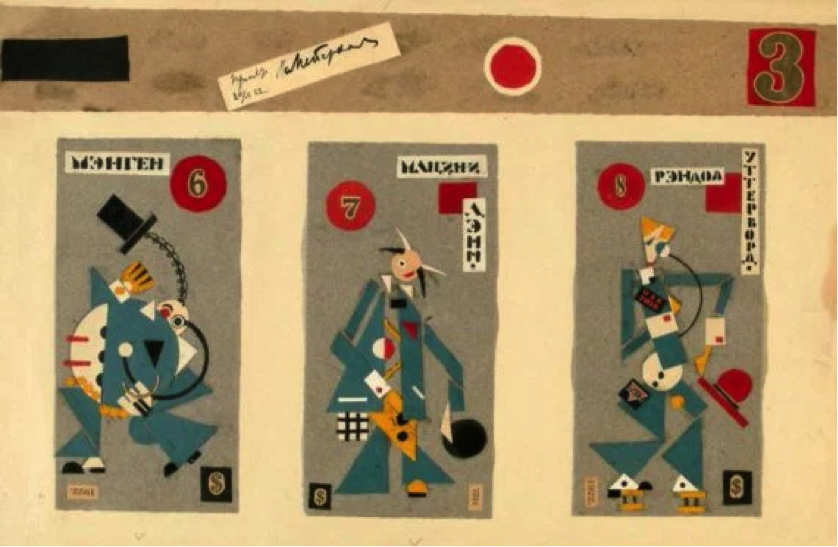
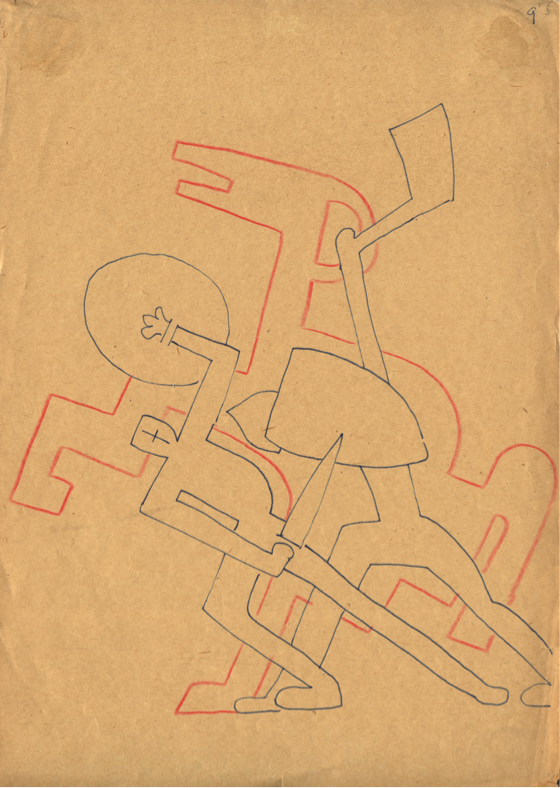


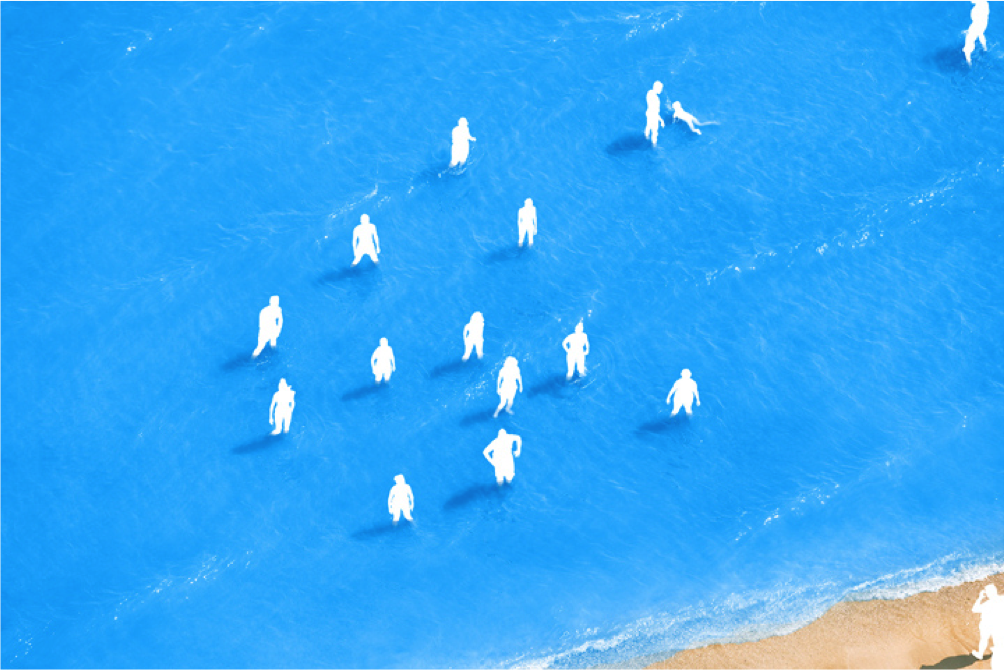



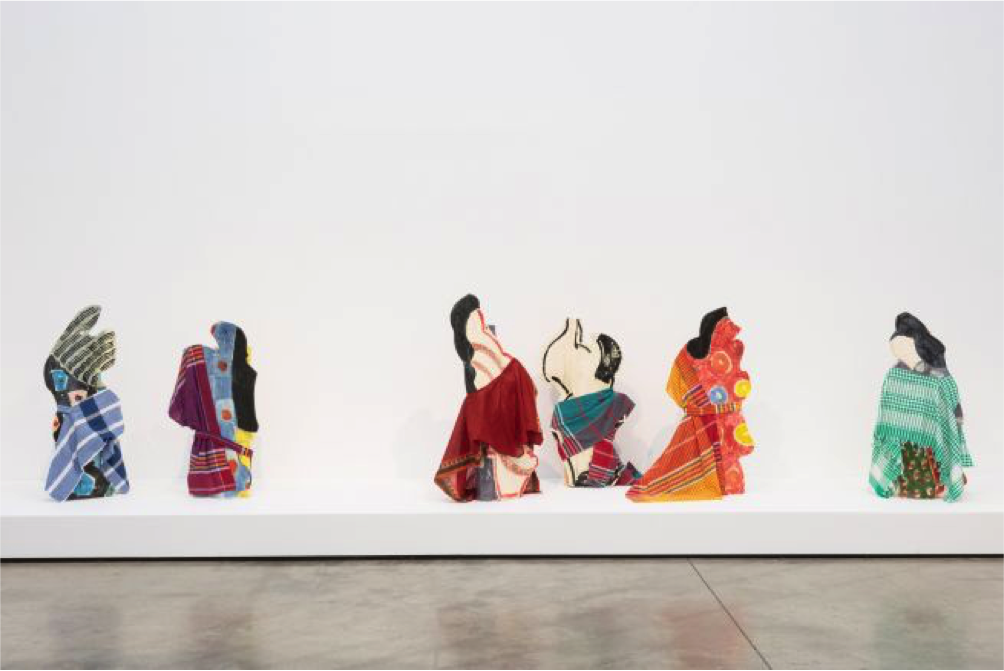
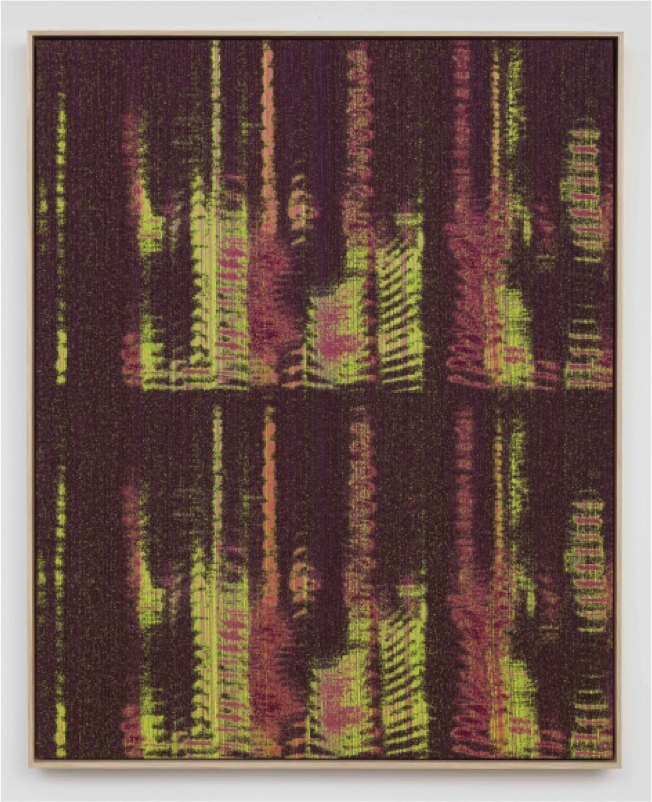
![Kazoo Shiraga, Daikokuten [God of Wealth],1972, alkyd paint on canvas](https://artcube.co/wp-content/uploads/2016/05/1nykazuo.png)
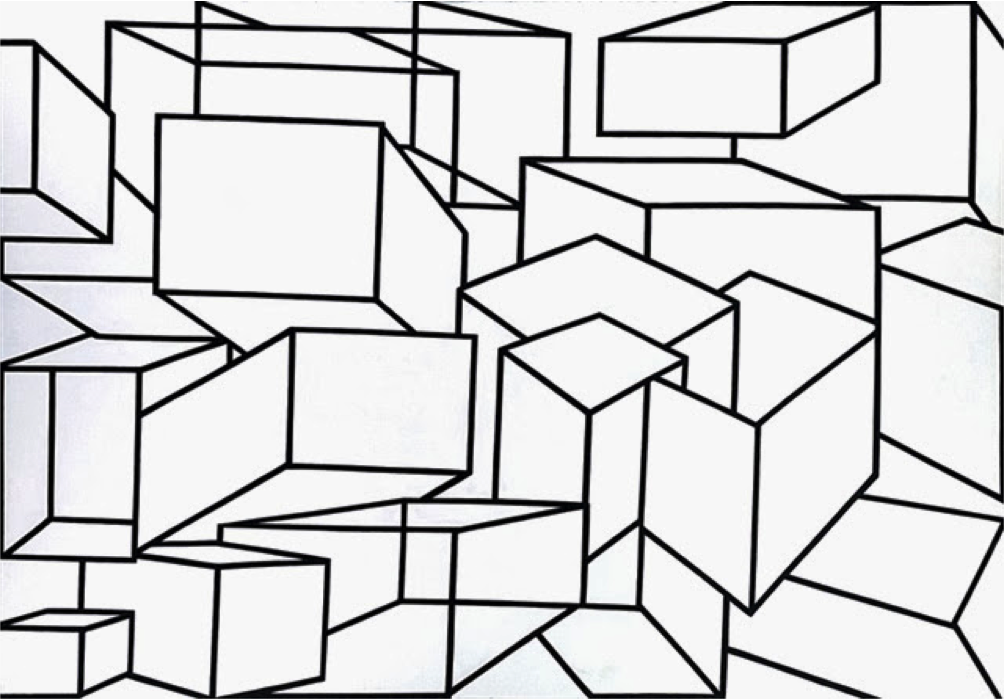
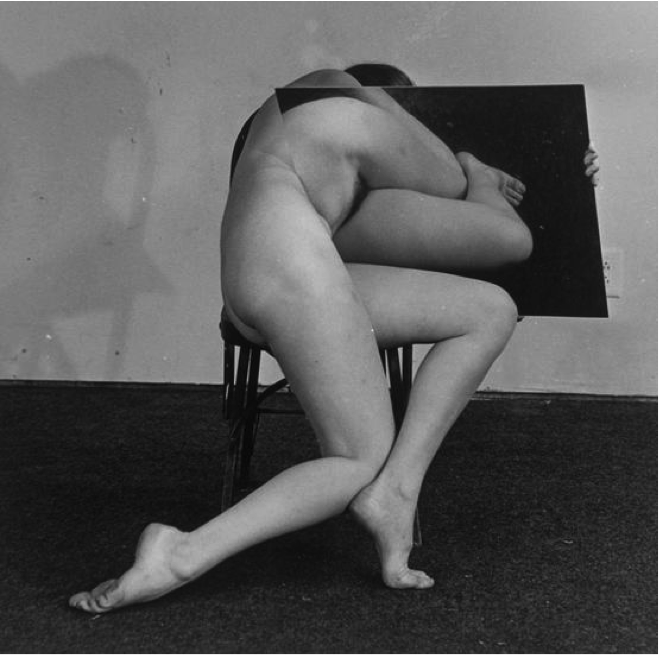
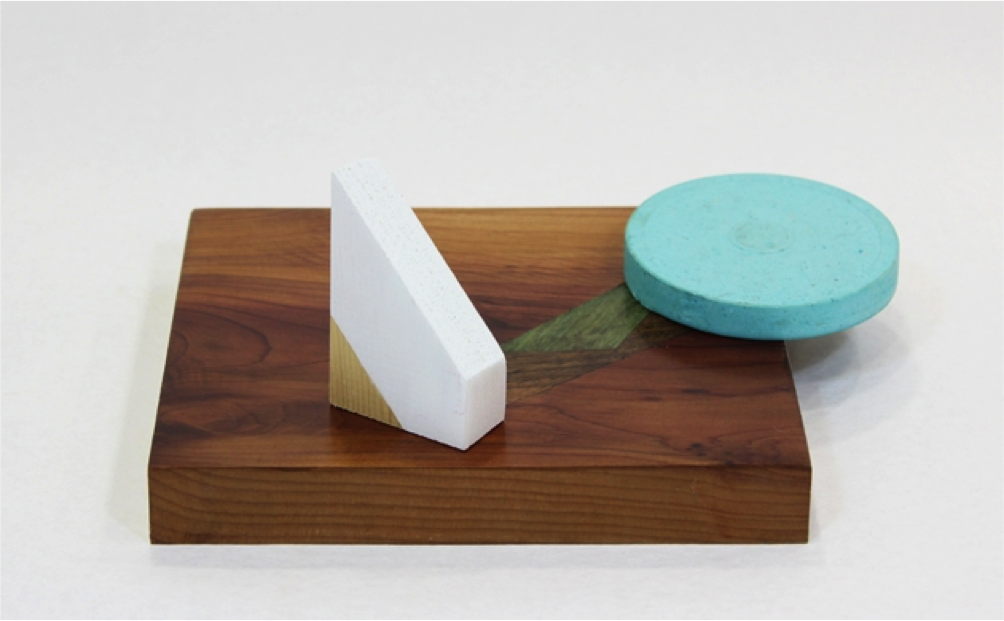
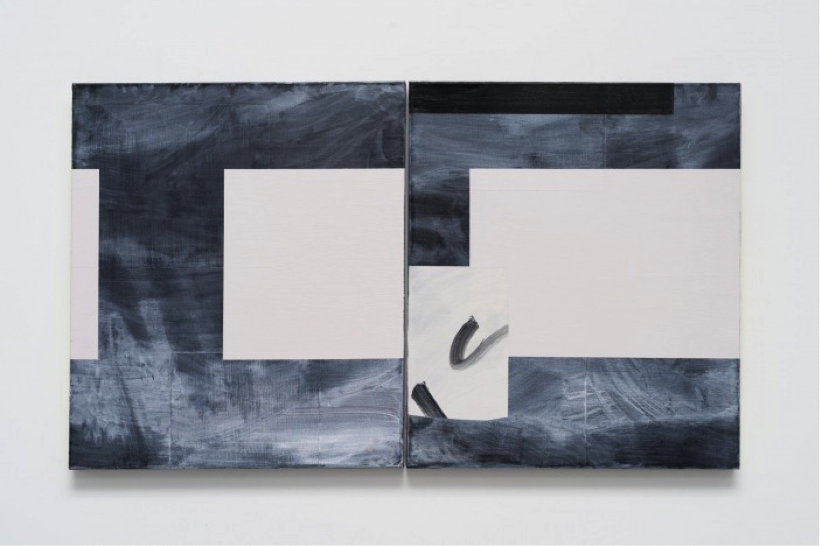

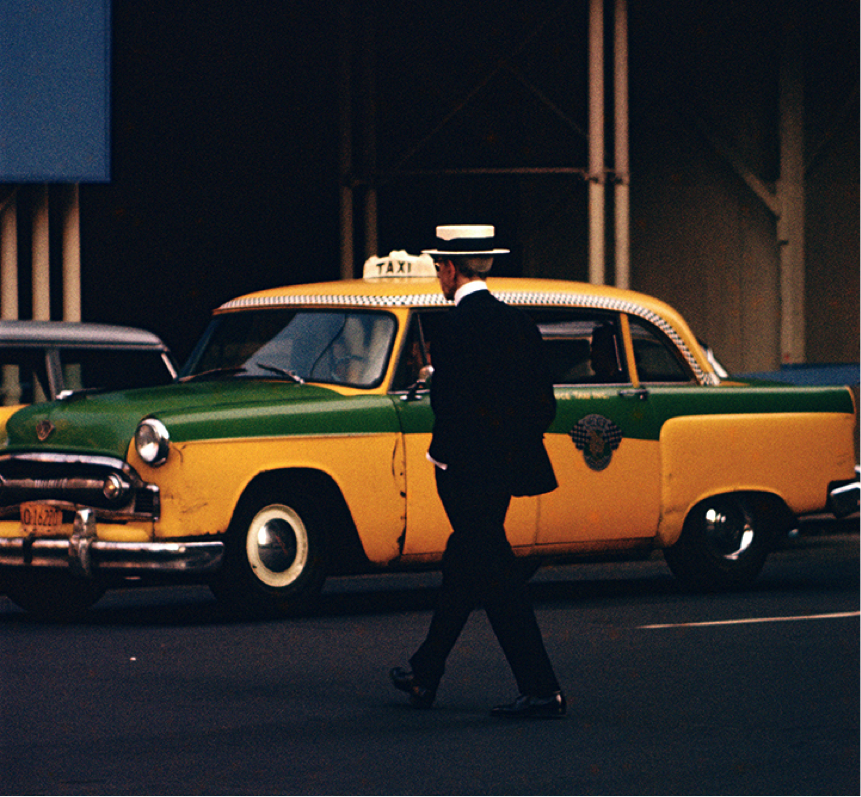




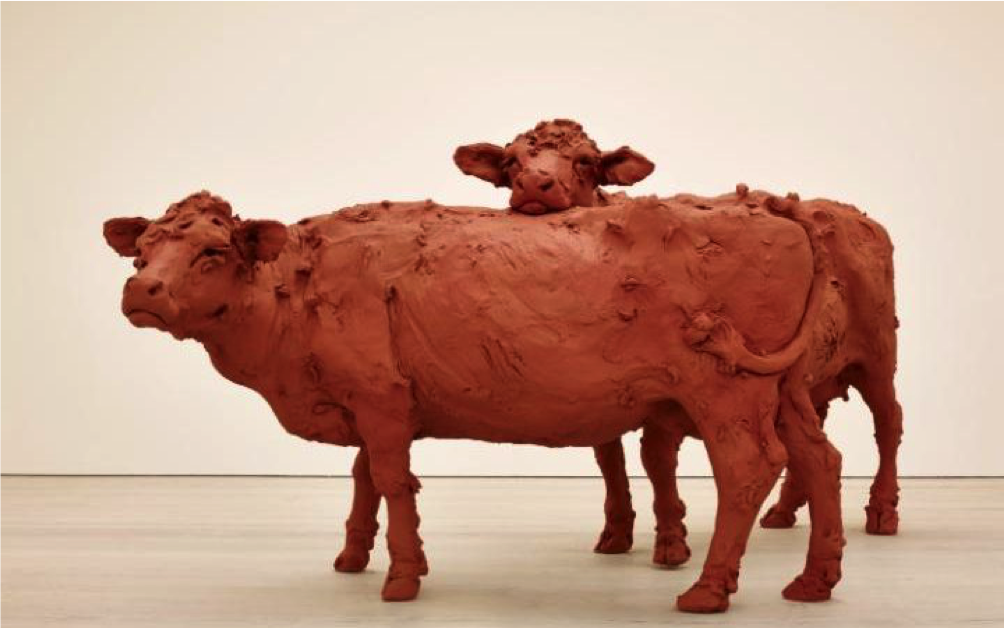
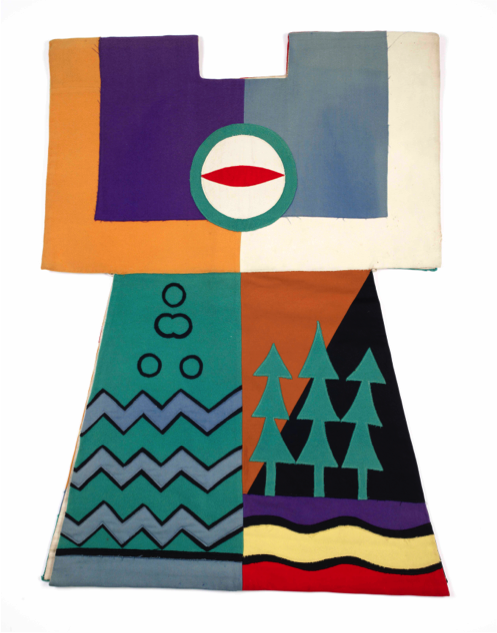
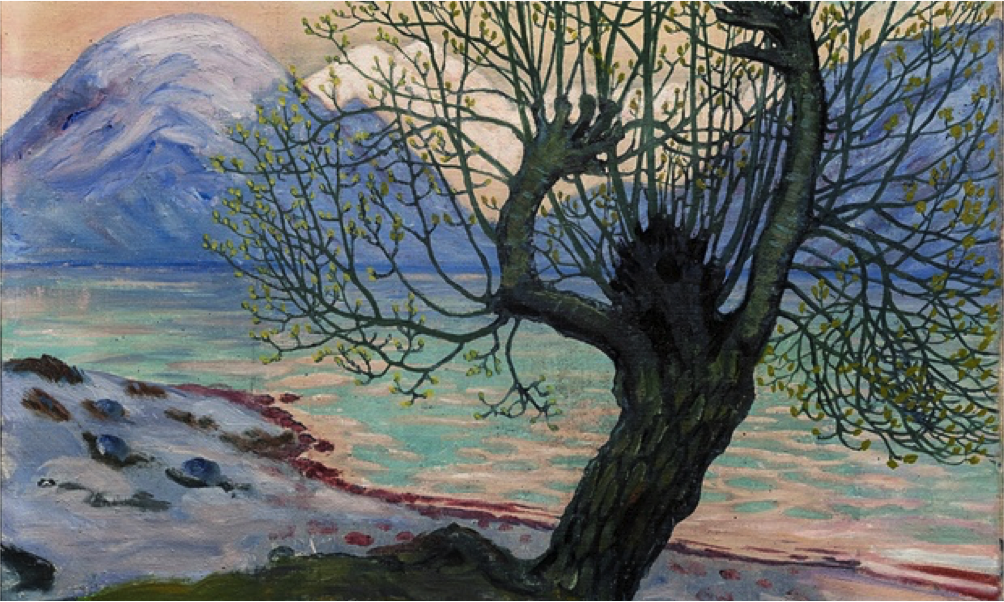



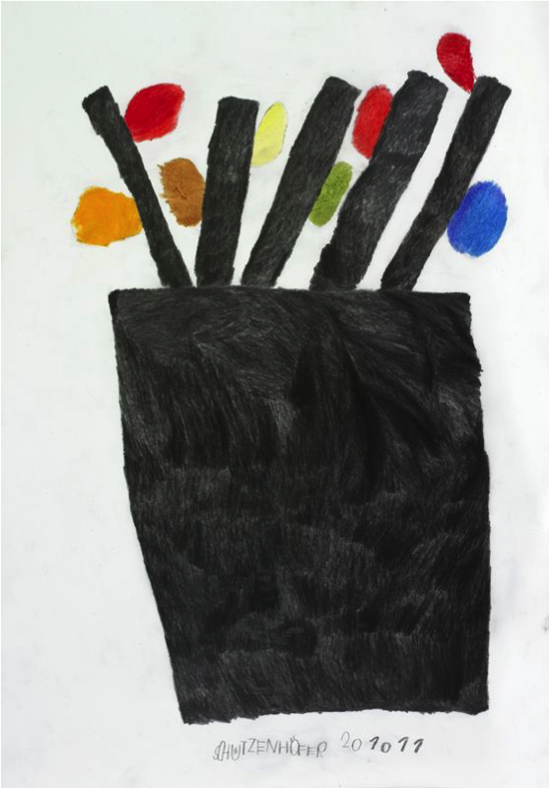
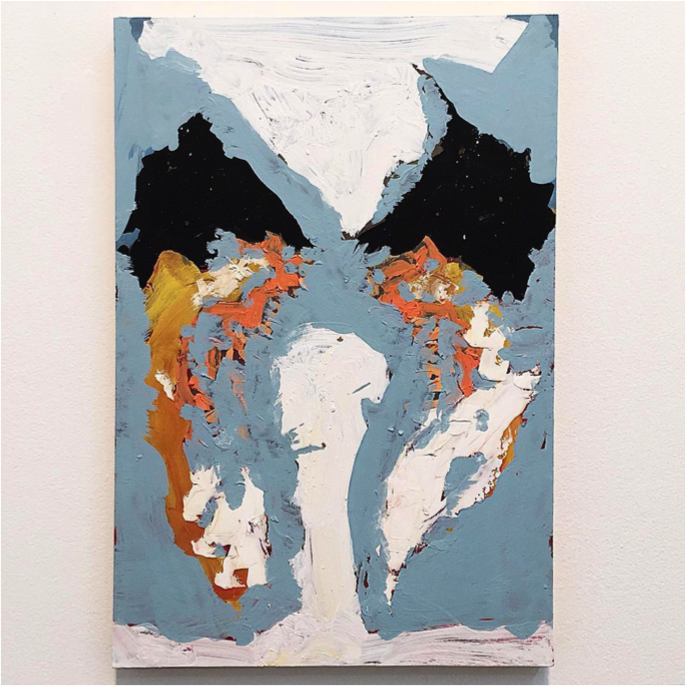
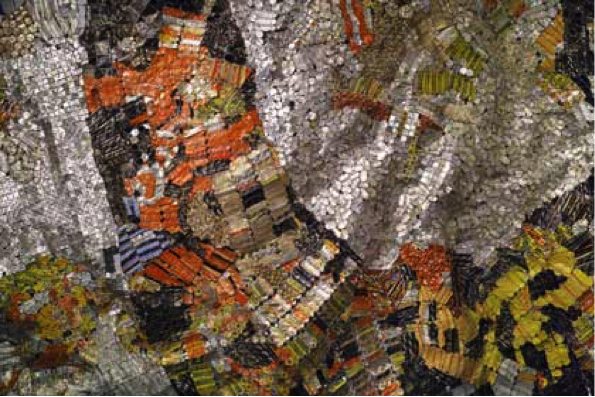

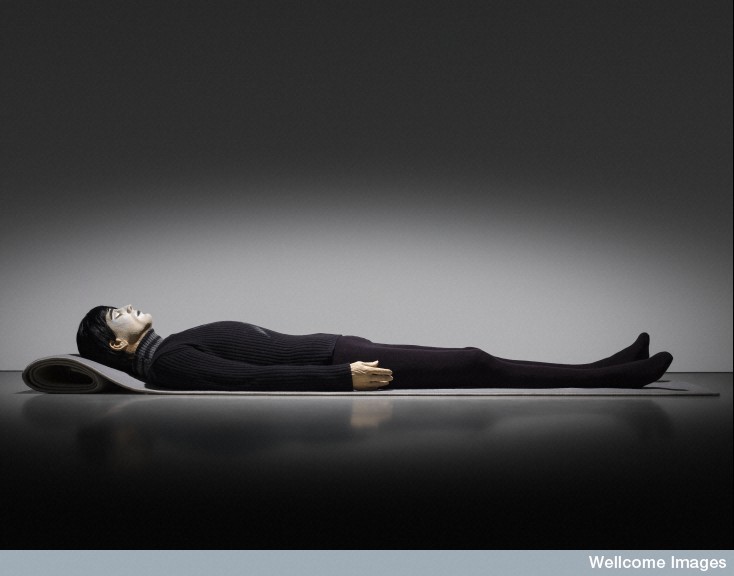



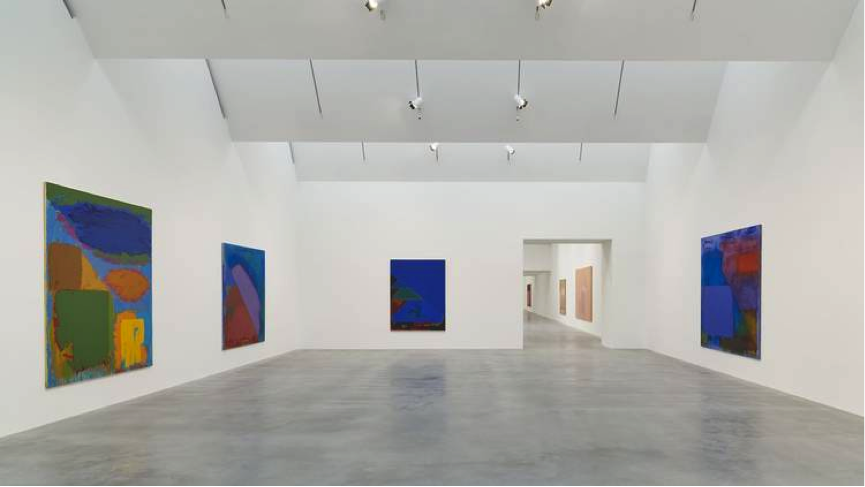
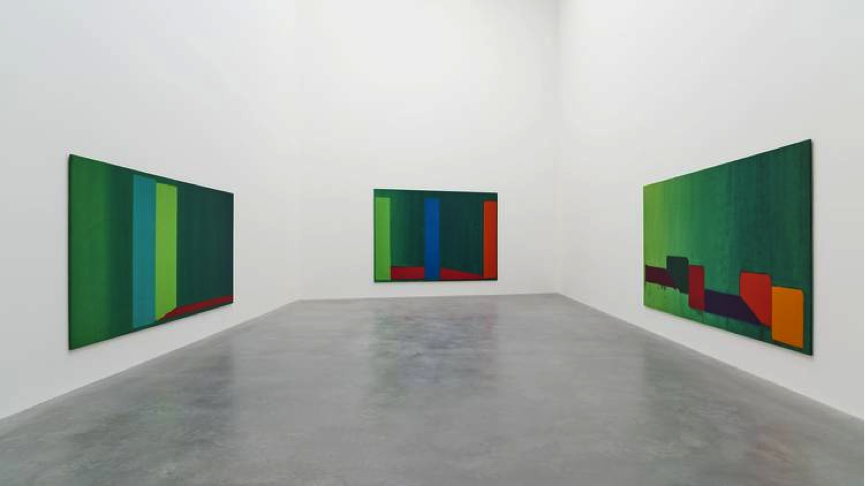
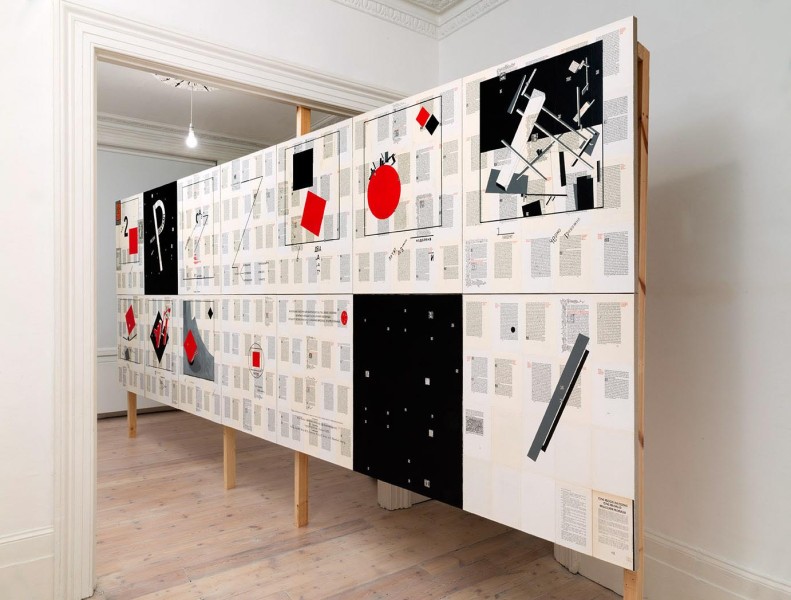

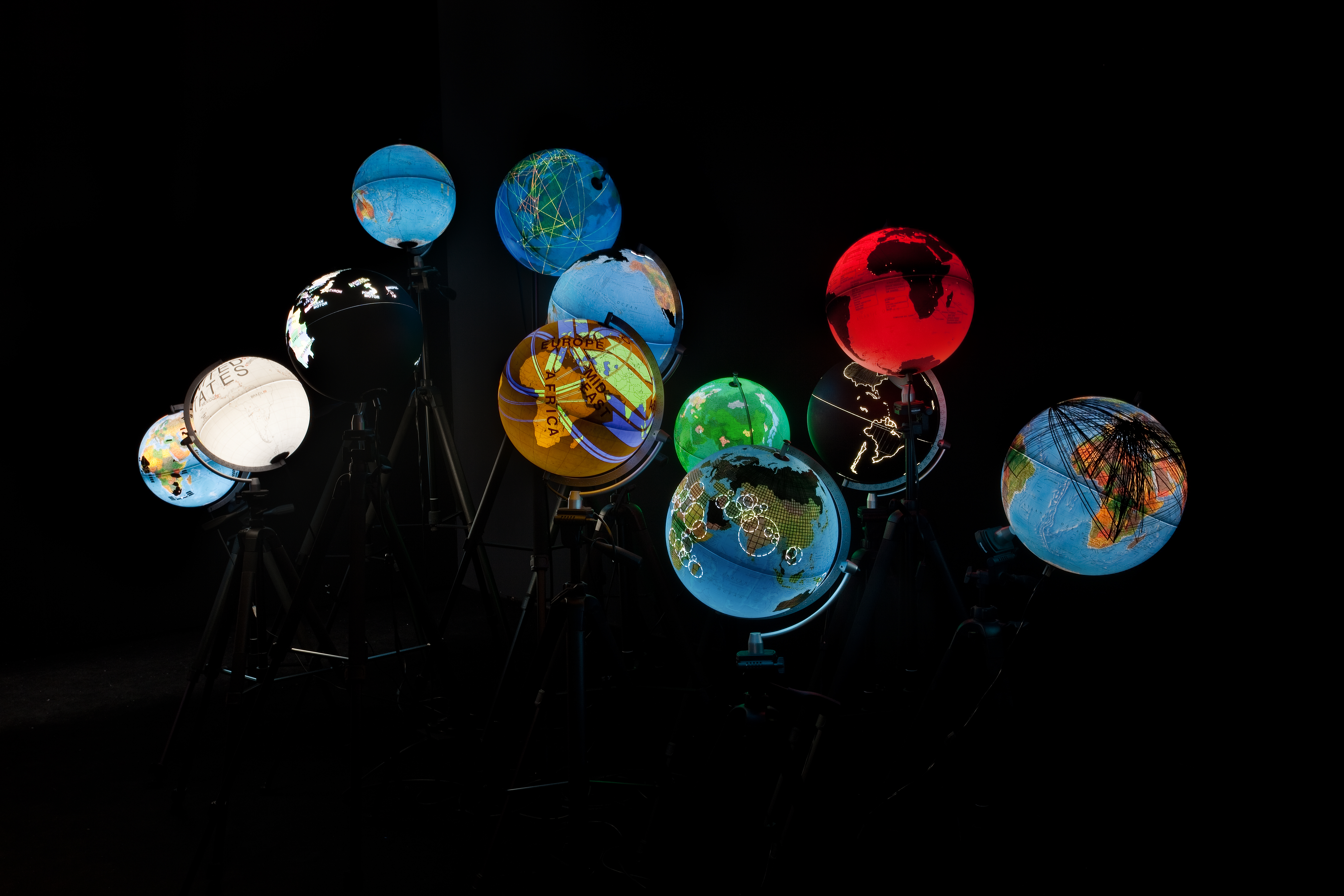








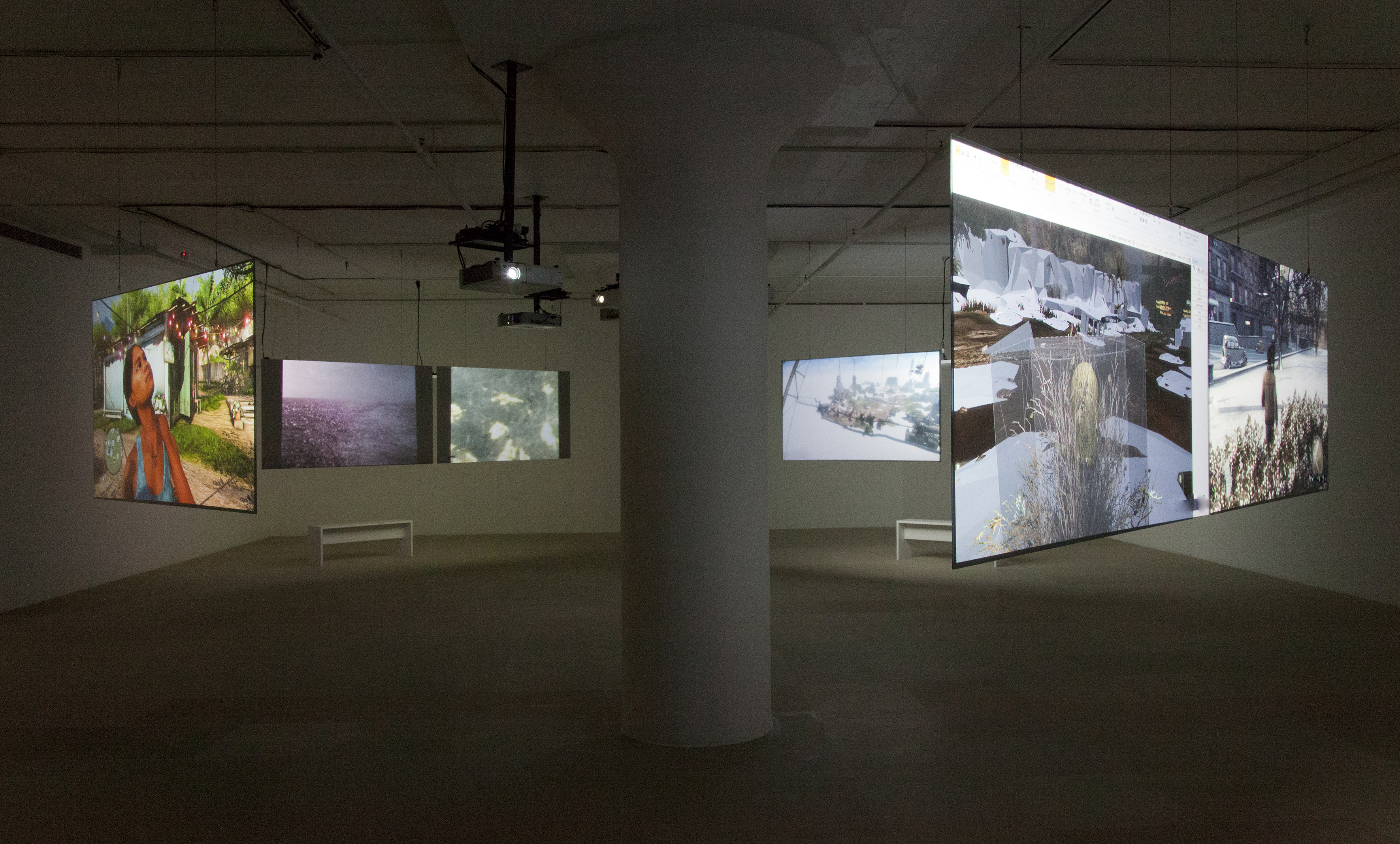
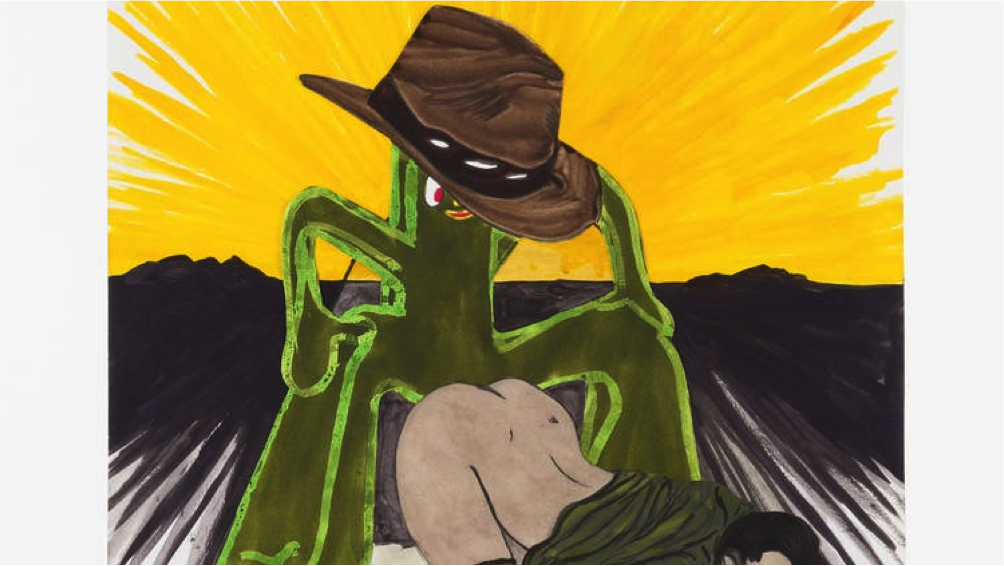
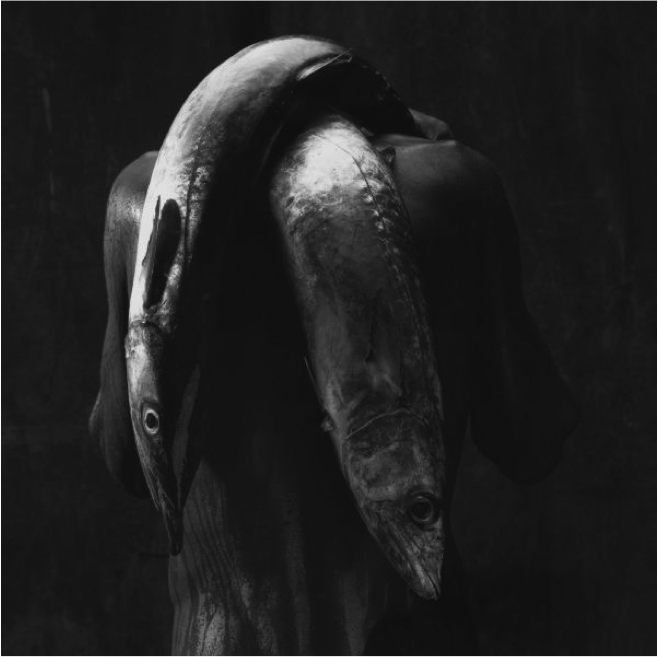




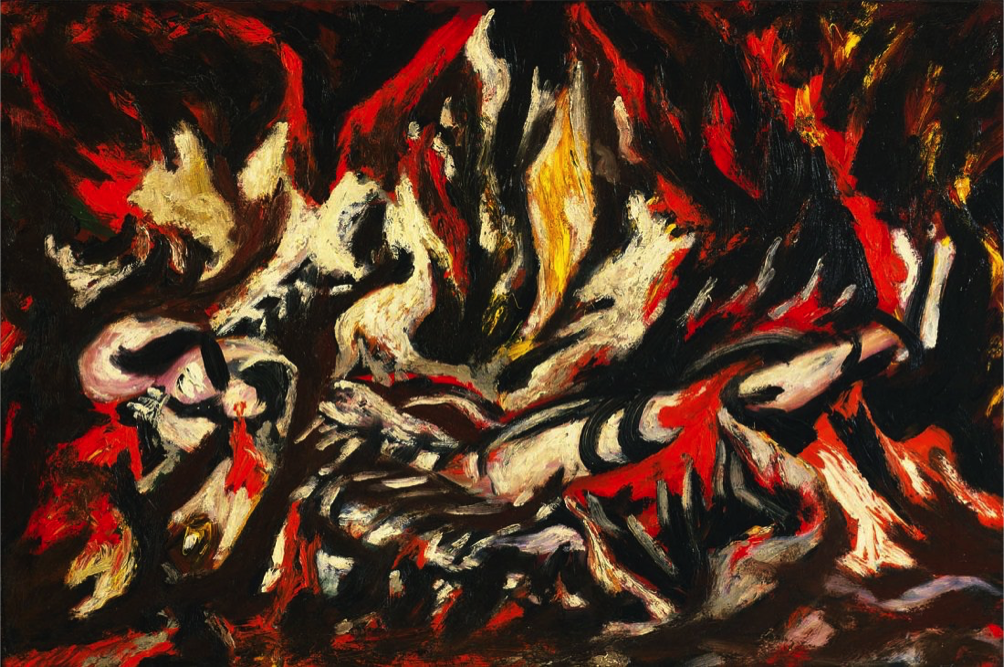

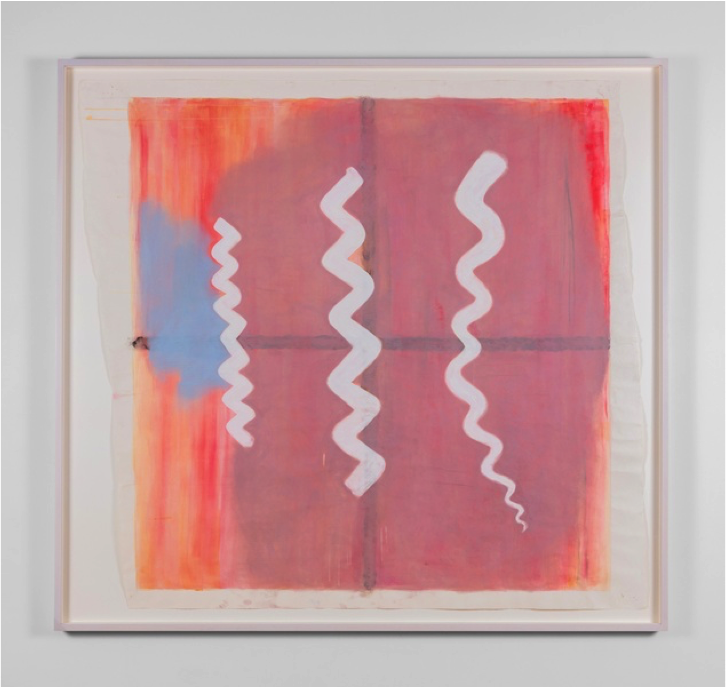




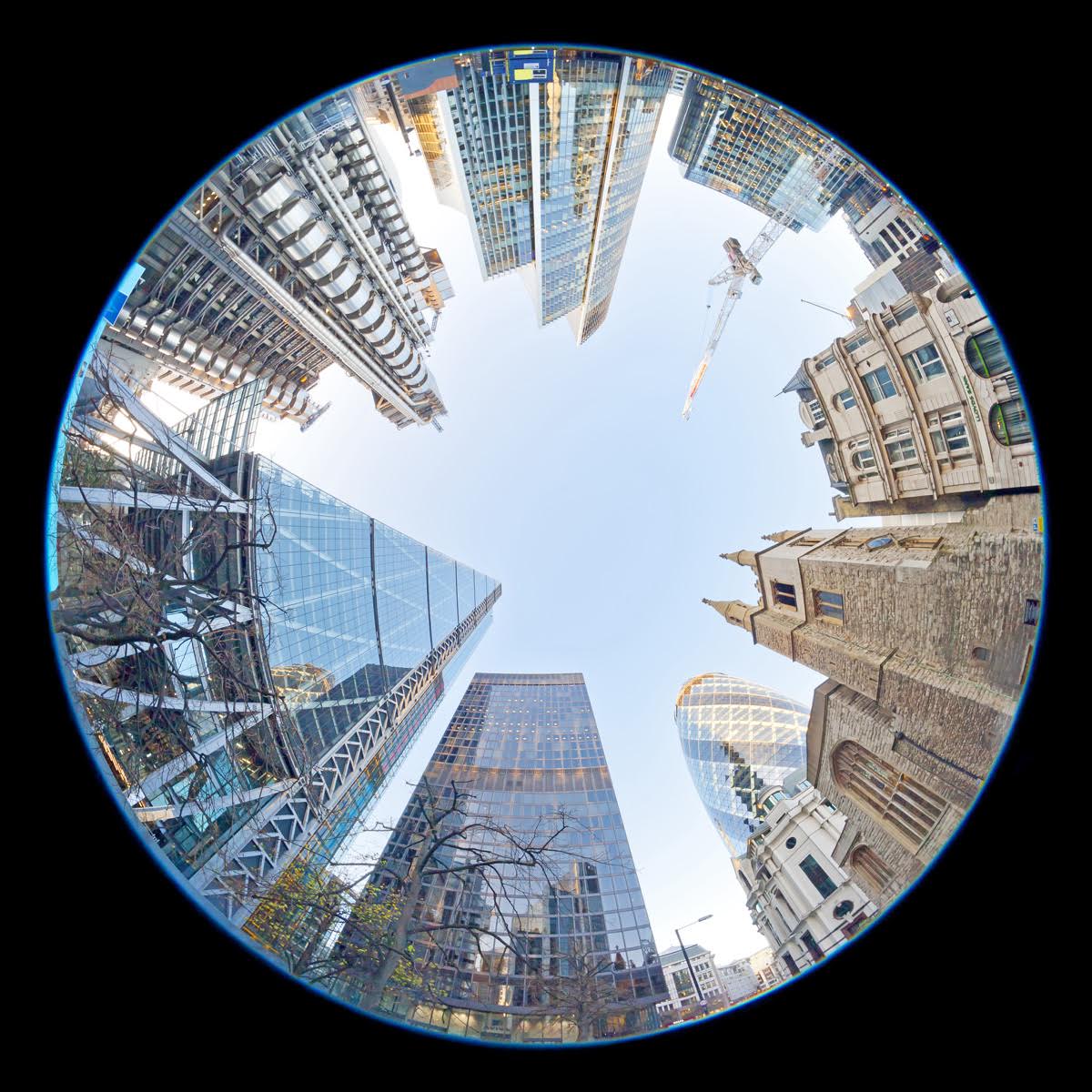
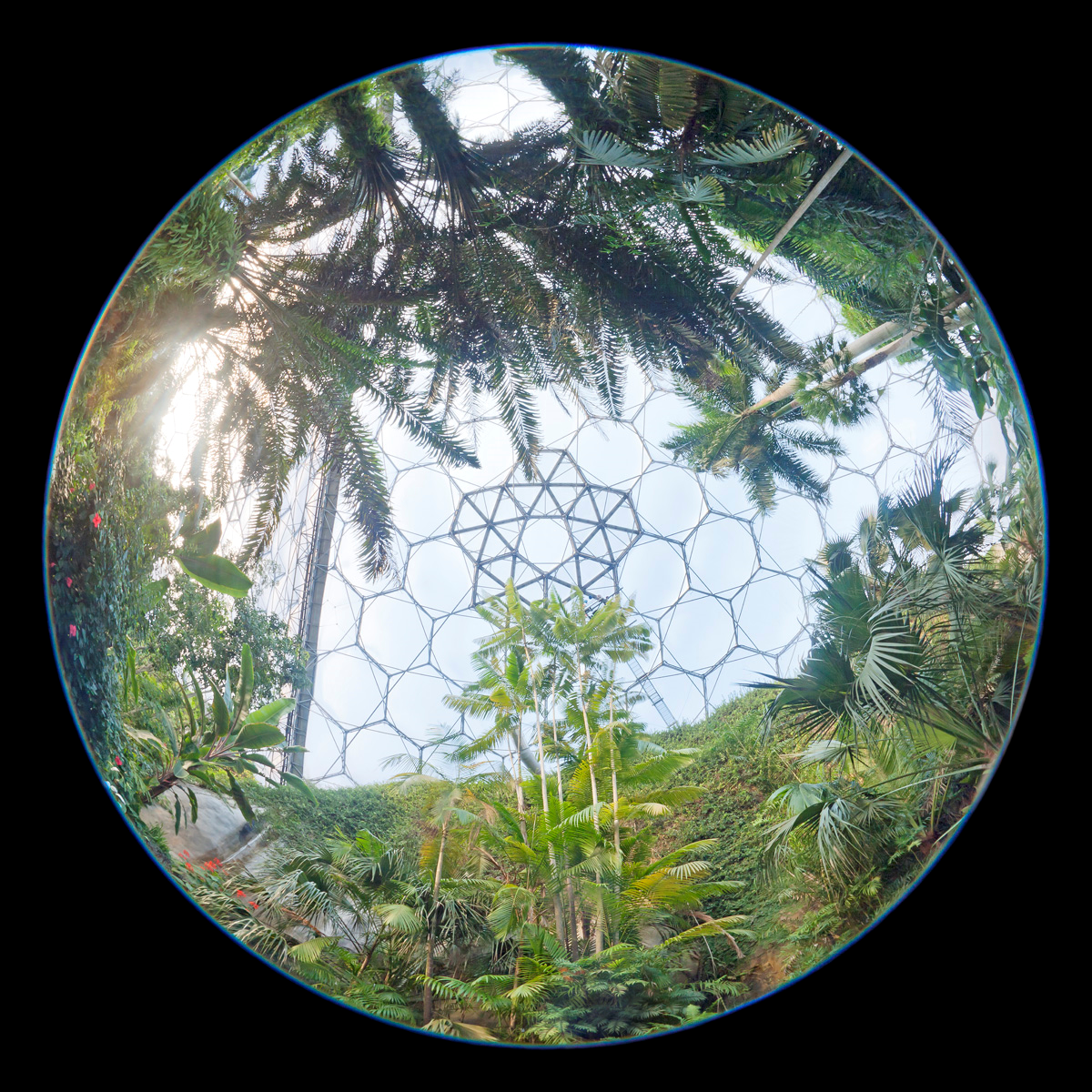




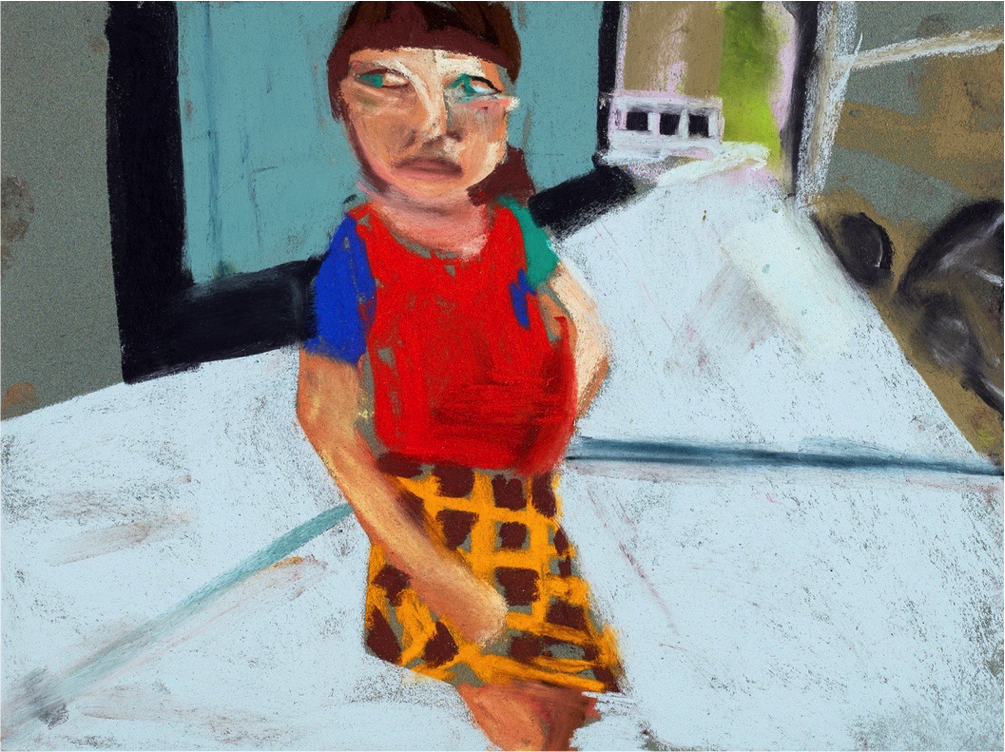
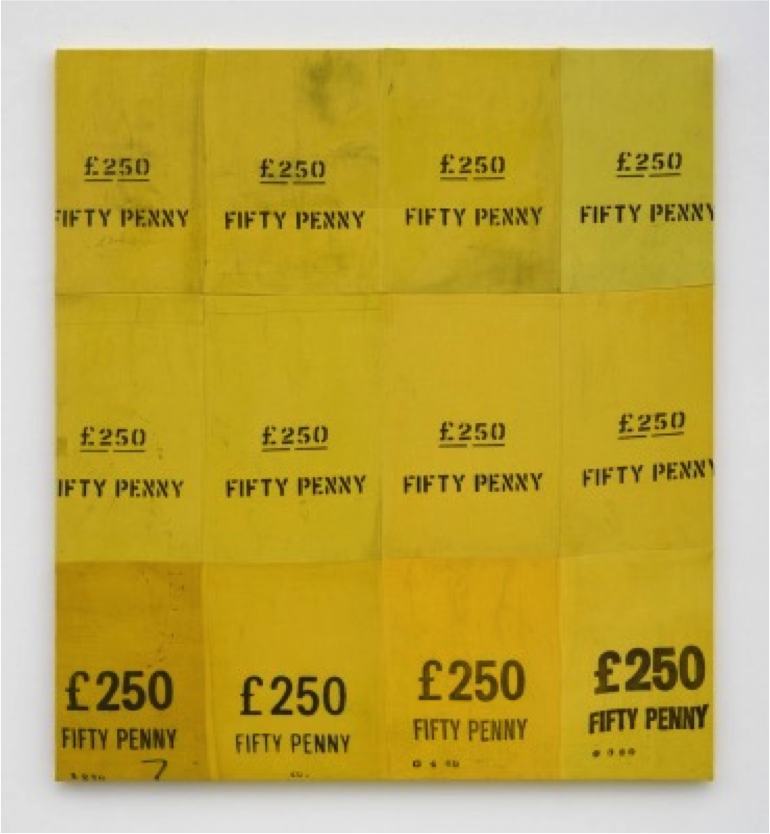

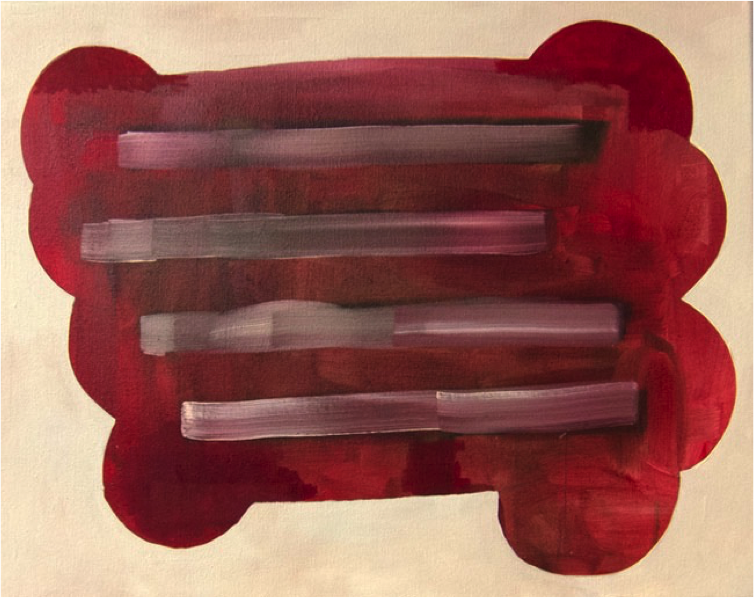
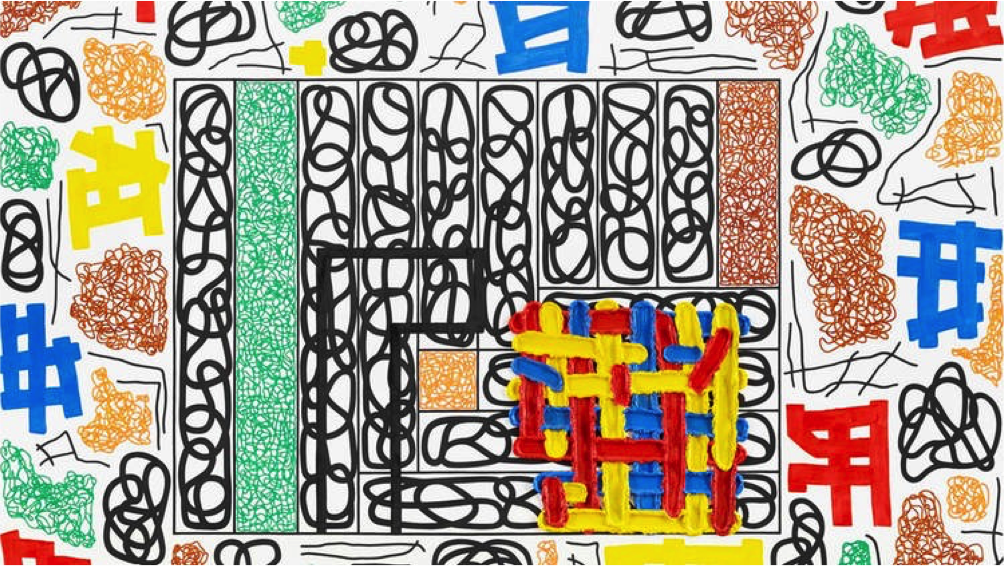

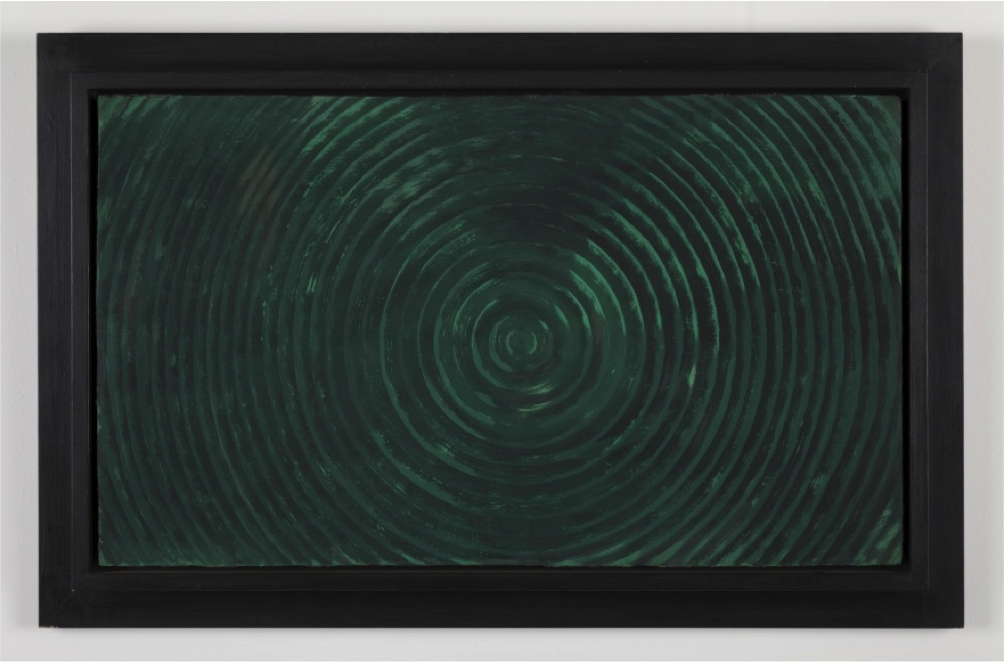

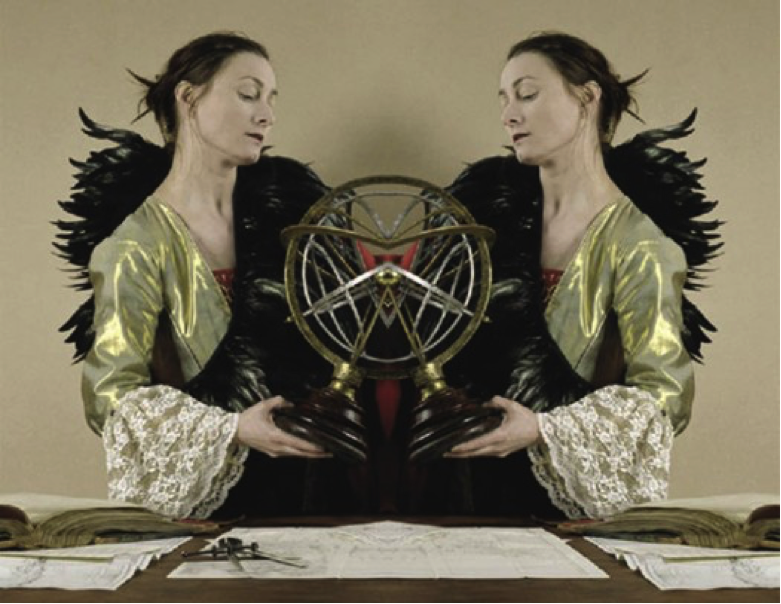





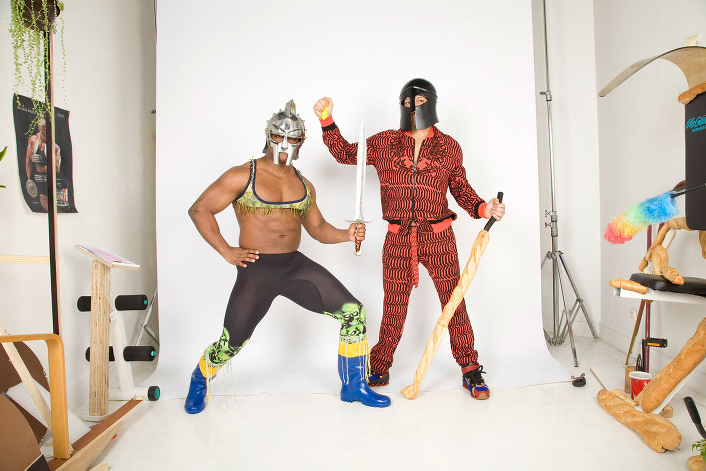
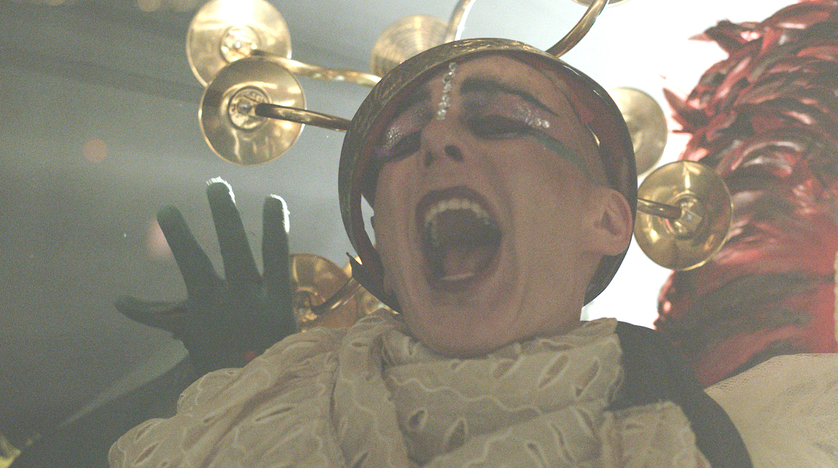 The Showroom presents the first solo exhibition in the UK of Lebanese artist Rana Hamadeh. The Sleepwalkers, a major new film commission, is the latest chapter of Alien Encounters, Hamadeh’s on going project which aims at further complicating the notion of ‘alienness’, understood broadly as the condition of estrangement with regard to the law.
The Showroom presents the first solo exhibition in the UK of Lebanese artist Rana Hamadeh. The Sleepwalkers, a major new film commission, is the latest chapter of Alien Encounters, Hamadeh’s on going project which aims at further complicating the notion of ‘alienness’, understood broadly as the condition of estrangement with regard to the law.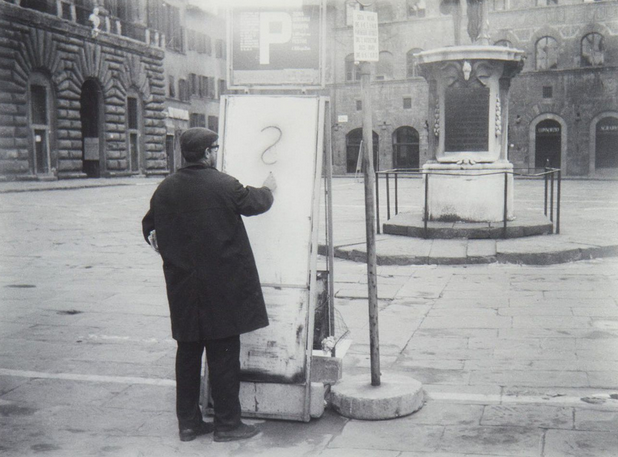 The inhabitants of 52 Whitbread Road announce Bread and Jam, a unique series of exhibitions created and exhibited in a gutted and soon to be refurbished house in a Victorian terraced street in Brockley. For the 4th instalment of the exhibition, Bread and Jam bring together the past and present, inviting 9 contemporary artists to make or present work in response to international artists active between the 1950s to the 1970s.
The inhabitants of 52 Whitbread Road announce Bread and Jam, a unique series of exhibitions created and exhibited in a gutted and soon to be refurbished house in a Victorian terraced street in Brockley. For the 4th instalment of the exhibition, Bread and Jam bring together the past and present, inviting 9 contemporary artists to make or present work in response to international artists active between the 1950s to the 1970s.
 FiveMyles presents an exhibition of new works by Amanda Turner Pohan. Based on scientific manipulation of chemistry, her installations present seemingly minimalist clarity through methodical order. In reality Pohan is attempting to quantify the unquantifiable through creative processing, packaging, and ordering, conjuring a self-portrait that becomes a metaphor for the bodied and disembodied nature of human response.
FiveMyles presents an exhibition of new works by Amanda Turner Pohan. Based on scientific manipulation of chemistry, her installations present seemingly minimalist clarity through methodical order. In reality Pohan is attempting to quantify the unquantifiable through creative processing, packaging, and ordering, conjuring a self-portrait that becomes a metaphor for the bodied and disembodied nature of human response. New Museum presents an exhibition of work by Cheryl Donegan. Working across video, painting and performance, Donegan explores the production and consumption of images in mass culture and art history.
New Museum presents an exhibition of work by Cheryl Donegan. Working across video, painting and performance, Donegan explores the production and consumption of images in mass culture and art history.




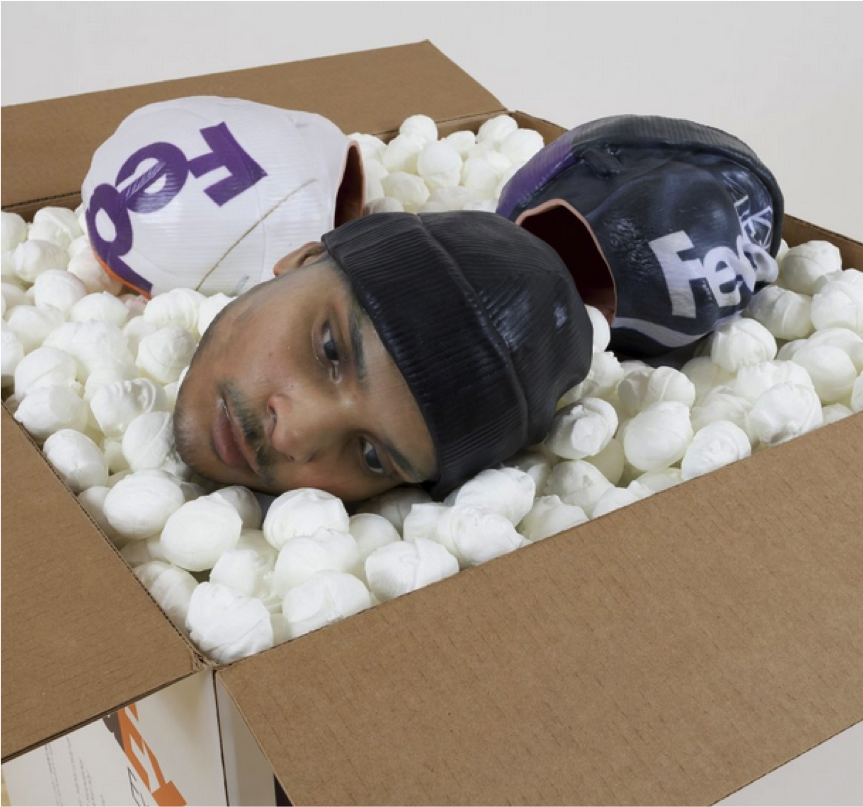 ‘The one thing we share—exhaustion—makes us an inoperative community, an exhausted community, or a community of the exhausted.’ – Jan Verwoert
‘The one thing we share—exhaustion—makes us an inoperative community, an exhausted community, or a community of the exhausted.’ – Jan Verwoert




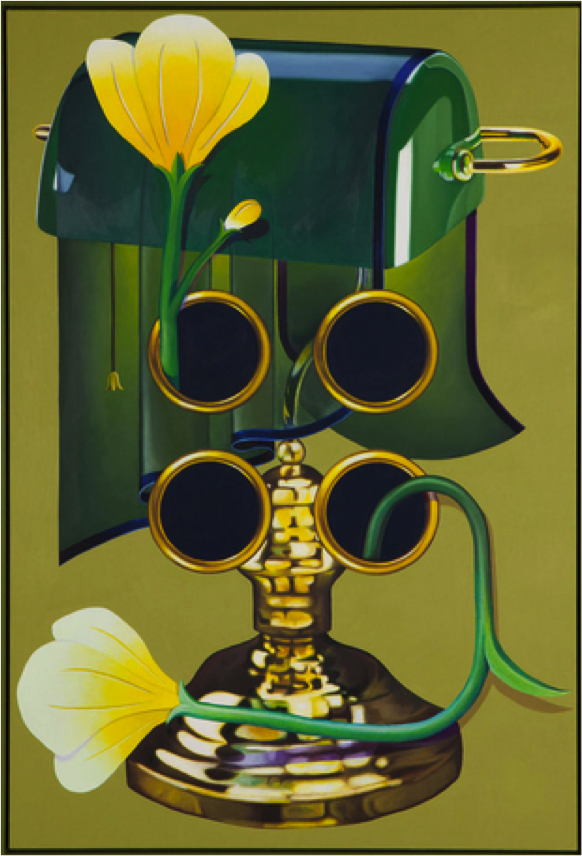




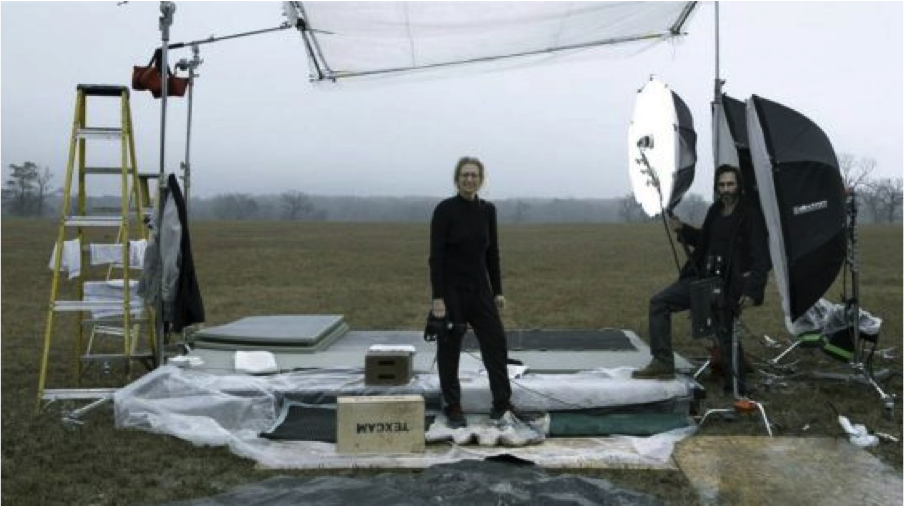



 A selection of works by Luciano Fabro, Jan-Luc Moulène, Bruce Nauman and Danh Vō, the Marian Goodman Gallery poses the question ‘how can contemporary artworks benefit from a reflection of the term sculpture?’ in the new exhibition Sculpture 4tet. Curated by Jean-Pierre Criqui, Sculpture 4tet, explores the etymology of the term sculpture through a variety of three-dimensional objects, complimented by drawing, photography, moving image and electric light.
A selection of works by Luciano Fabro, Jan-Luc Moulène, Bruce Nauman and Danh Vō, the Marian Goodman Gallery poses the question ‘how can contemporary artworks benefit from a reflection of the term sculpture?’ in the new exhibition Sculpture 4tet. Curated by Jean-Pierre Criqui, Sculpture 4tet, explores the etymology of the term sculpture through a variety of three-dimensional objects, complimented by drawing, photography, moving image and electric light. White Cube Mason’s Yard presents an exhibition of paintings by Korean artist Park Seo-Bo, his first solo exhibition in the UK. Ericture traces the origins of his practice, presenting 16 works painted between 1967 and 1981.
White Cube Mason’s Yard presents an exhibition of paintings by Korean artist Park Seo-Bo, his first solo exhibition in the UK. Ericture traces the origins of his practice, presenting 16 works painted between 1967 and 1981. Artist-led space, Soloway, presents an exhibition of work by Portland-based artist and curator Rob Halverson. All Repeat is a multidisciplinary exhibition that engages with a range of formats from drawing and prints, to sculpture and curation, and flips the relationship between artwork and viewer by dealing with issues of perception and reflection.
Artist-led space, Soloway, presents an exhibition of work by Portland-based artist and curator Rob Halverson. All Repeat is a multidisciplinary exhibition that engages with a range of formats from drawing and prints, to sculpture and curation, and flips the relationship between artwork and viewer by dealing with issues of perception and reflection. The Con Artist Collective presents Is/Is Not, an exhibition and artistic experiment that challenges the necessity of objectifiable subject matter and celebrates the joy of pure mark-making. A showcase of raw emotion and vibe, the exhibition is a documentation of the senses by way of an absence of colour, form and mood.
The Con Artist Collective presents Is/Is Not, an exhibition and artistic experiment that challenges the necessity of objectifiable subject matter and celebrates the joy of pure mark-making. A showcase of raw emotion and vibe, the exhibition is a documentation of the senses by way of an absence of colour, form and mood. “Don’t have the hubris of being the comedian. You are the straight man in this farce; the universe is the funny man.” – Lars Iyer, from “Nude in Your Hot Tub, Facing the Abyss: A Literary Manifesto After the End of Literature and Manifestos”
“Don’t have the hubris of being the comedian. You are the straight man in this farce; the universe is the funny man.” – Lars Iyer, from “Nude in Your Hot Tub, Facing the Abyss: A Literary Manifesto After the End of Literature and Manifestos” Alexander Gray Associates presents an exhibition of videos produced over the last two years by interdisciplinary artist and writer Coco Fusco including her latest installation Confidencial, Autores Firmantes (2015) examining Cuba’s systematic censorship of literary voices during the 1970s. Featuring works between 1990 and 2015, Fusco’s exhibition examines the politics of identity, military power, the history of racial through, and post-revolutionary Cuba.
Alexander Gray Associates presents an exhibition of videos produced over the last two years by interdisciplinary artist and writer Coco Fusco including her latest installation Confidencial, Autores Firmantes (2015) examining Cuba’s systematic censorship of literary voices during the 1970s. Featuring works between 1990 and 2015, Fusco’s exhibition examines the politics of identity, military power, the history of racial through, and post-revolutionary Cuba. Returning to the Pierogi Gallery in Williamsburg after 12 years, Michael Ballou presents a body of recent works as part of his new exhibition Mud and Toys. Inspired by the renovations of the old buildings and the high-rise developments he encounters on his daily travels around Brooklyn, Mud and Toys looks back at the artist’s oeuvre through a collection of works he refers to as ‘brute’.
Returning to the Pierogi Gallery in Williamsburg after 12 years, Michael Ballou presents a body of recent works as part of his new exhibition Mud and Toys. Inspired by the renovations of the old buildings and the high-rise developments he encounters on his daily travels around Brooklyn, Mud and Toys looks back at the artist’s oeuvre through a collection of works he refers to as ‘brute’.






 Who am I? Who are we? What is a nation?
Who am I? Who are we? What is a nation?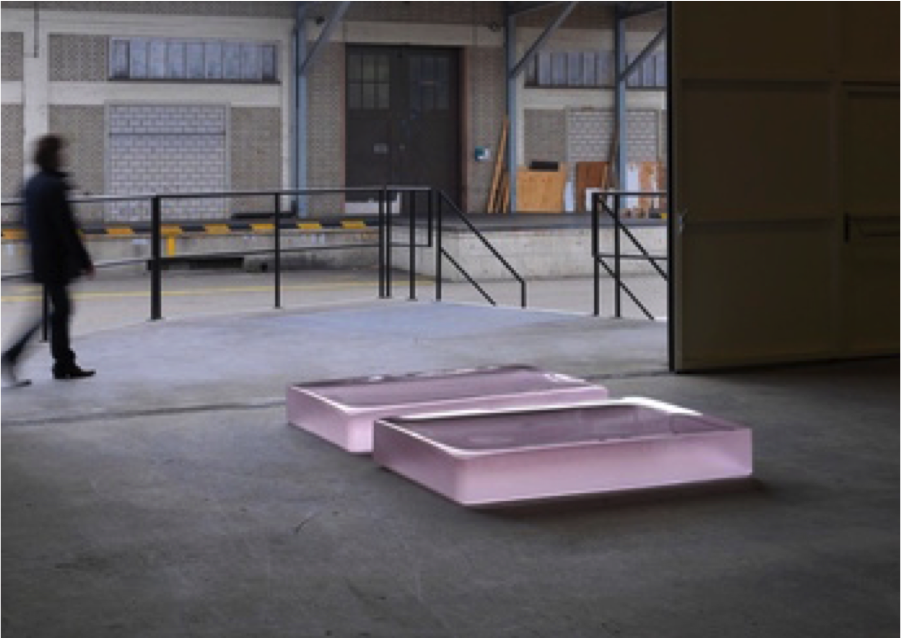
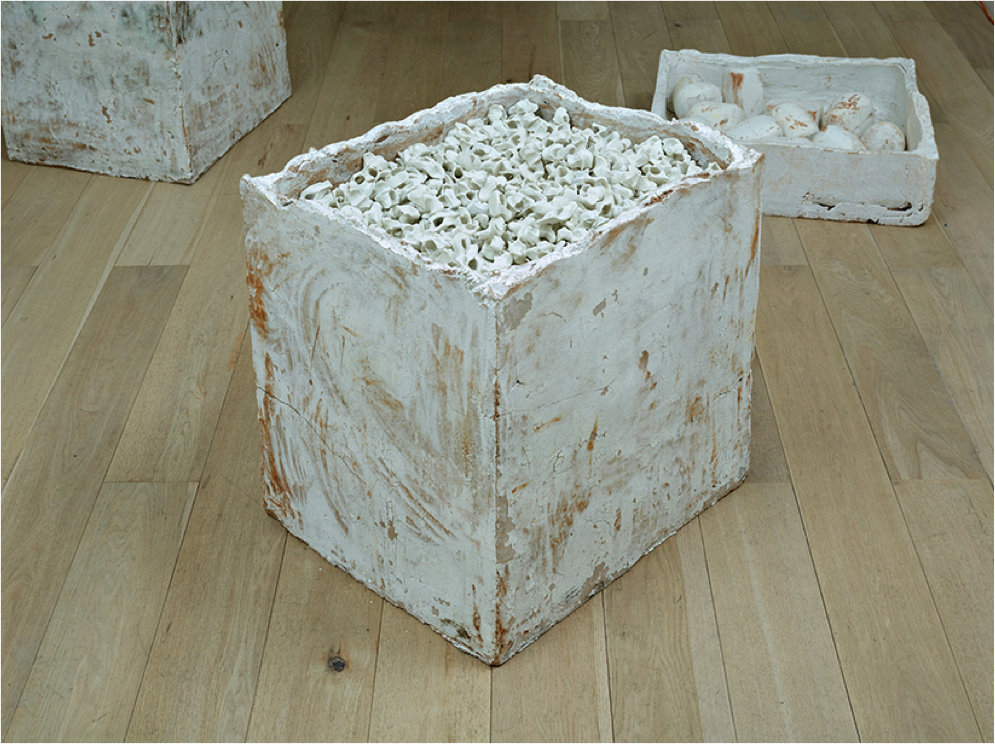
 DEVOTION is a thought experiment about art created as a means of dealing with the hereafter and a discussion of one of the greatest question of human existence – what happens after death? A multidisciplinary exhibition at the Catinca Tabacaru Gallery, DEVOTION presents a body of work within a space resembling a chapel and aims to examine religious devotion in a now predominately agnostic society.
DEVOTION is a thought experiment about art created as a means of dealing with the hereafter and a discussion of one of the greatest question of human existence – what happens after death? A multidisciplinary exhibition at the Catinca Tabacaru Gallery, DEVOTION presents a body of work within a space resembling a chapel and aims to examine religious devotion in a now predominately agnostic society.



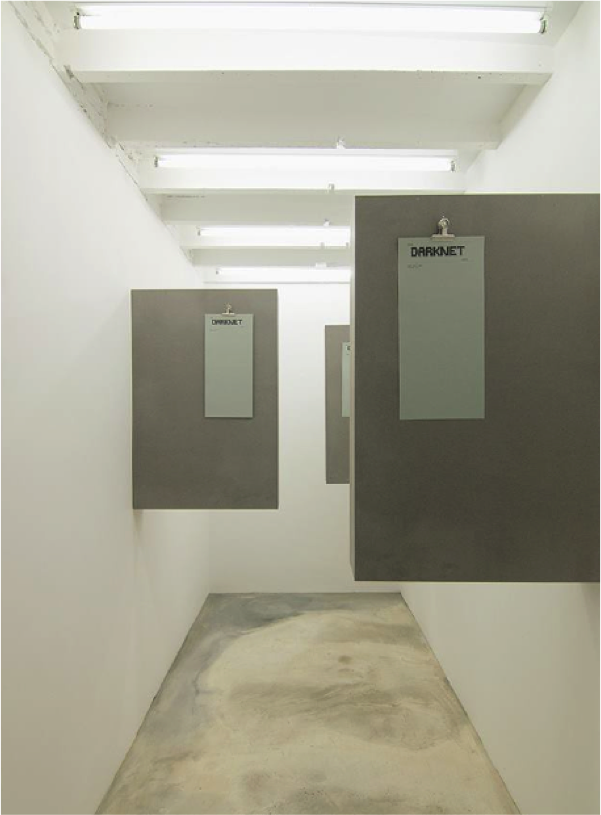
 The Random Darknet Shopper project aims to explore the idea of criminal culpability and question whether a robot programmed with a randomised software agent can be held responsible for the purchasing of illegal goods. The collective confront contemporary concerns about whether authorities really have any control over actions taking place over the Internet and the repercussions of societies obsession with getting online.
The Random Darknet Shopper project aims to explore the idea of criminal culpability and question whether a robot programmed with a randomised software agent can be held responsible for the purchasing of illegal goods. The collective confront contemporary concerns about whether authorities really have any control over actions taking place over the Internet and the repercussions of societies obsession with getting online.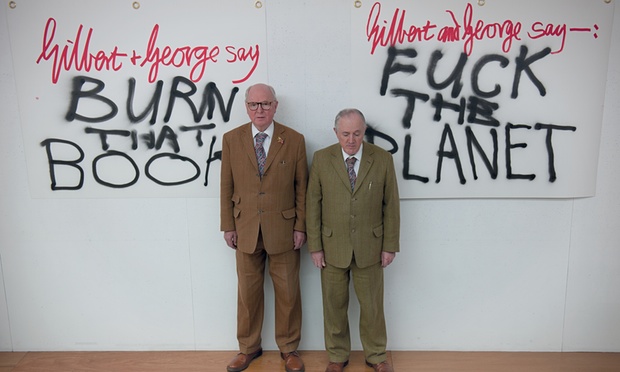





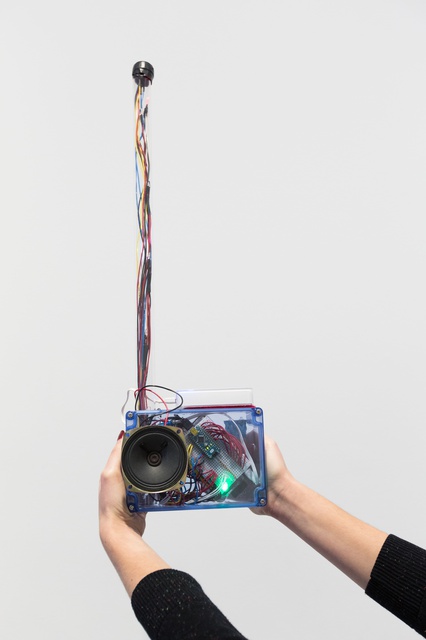




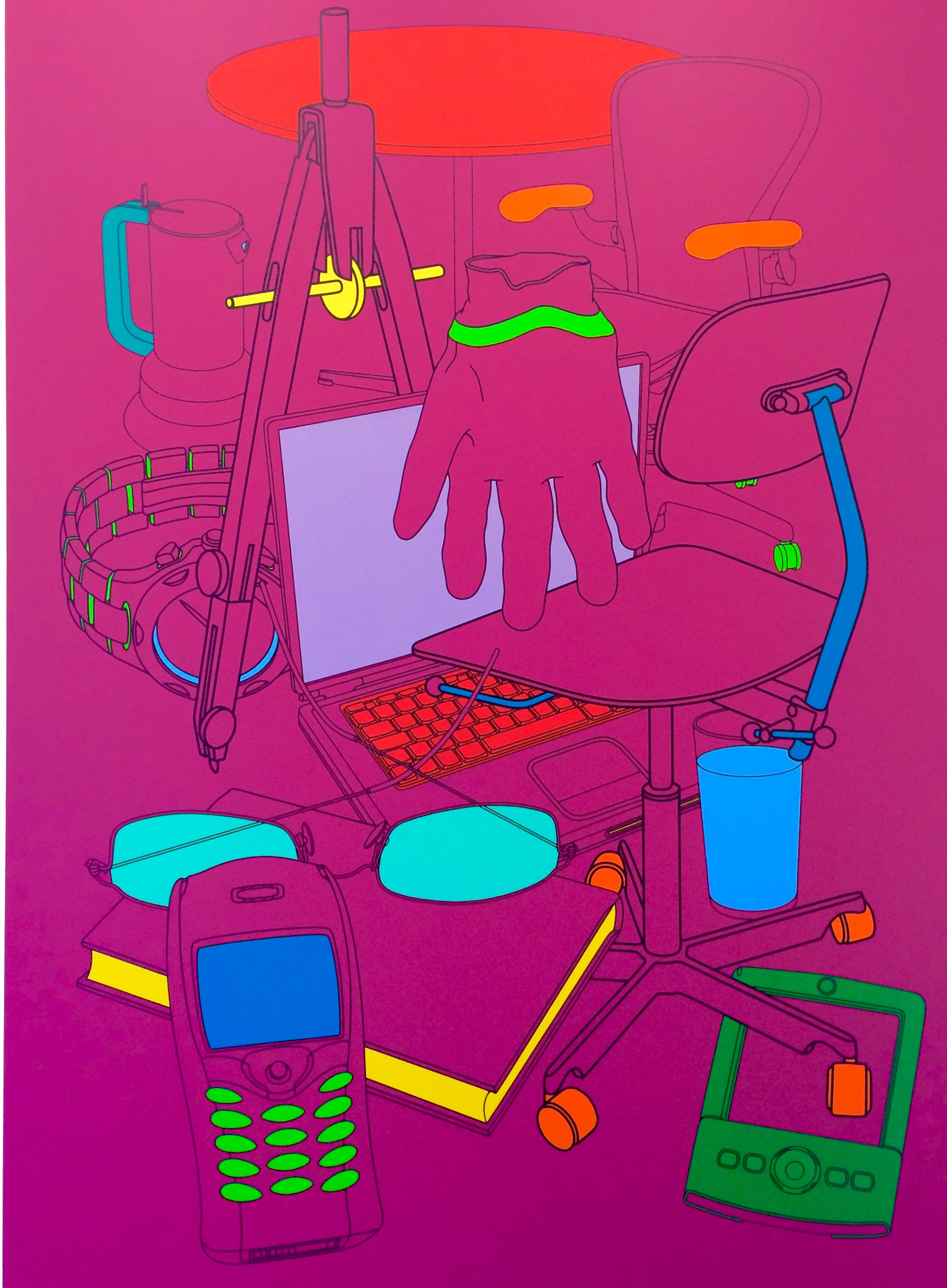 I-phones and headphones, with bright light bulbs and Adidas trainers, green greasy fries and PlayStation controllers, these are a few of Craig Martin’s favorite things.
I-phones and headphones, with bright light bulbs and Adidas trainers, green greasy fries and PlayStation controllers, these are a few of Craig Martin’s favorite things.
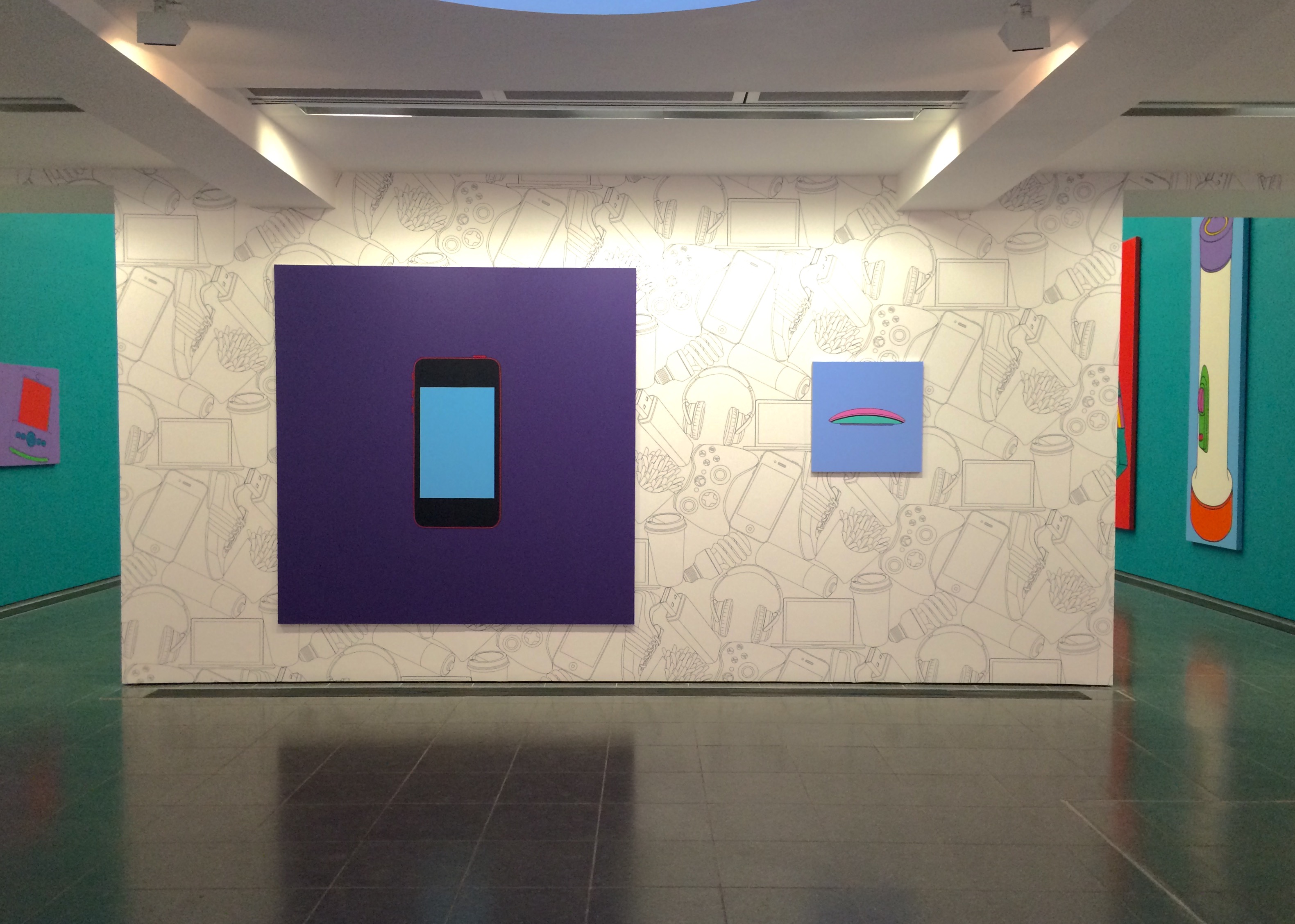
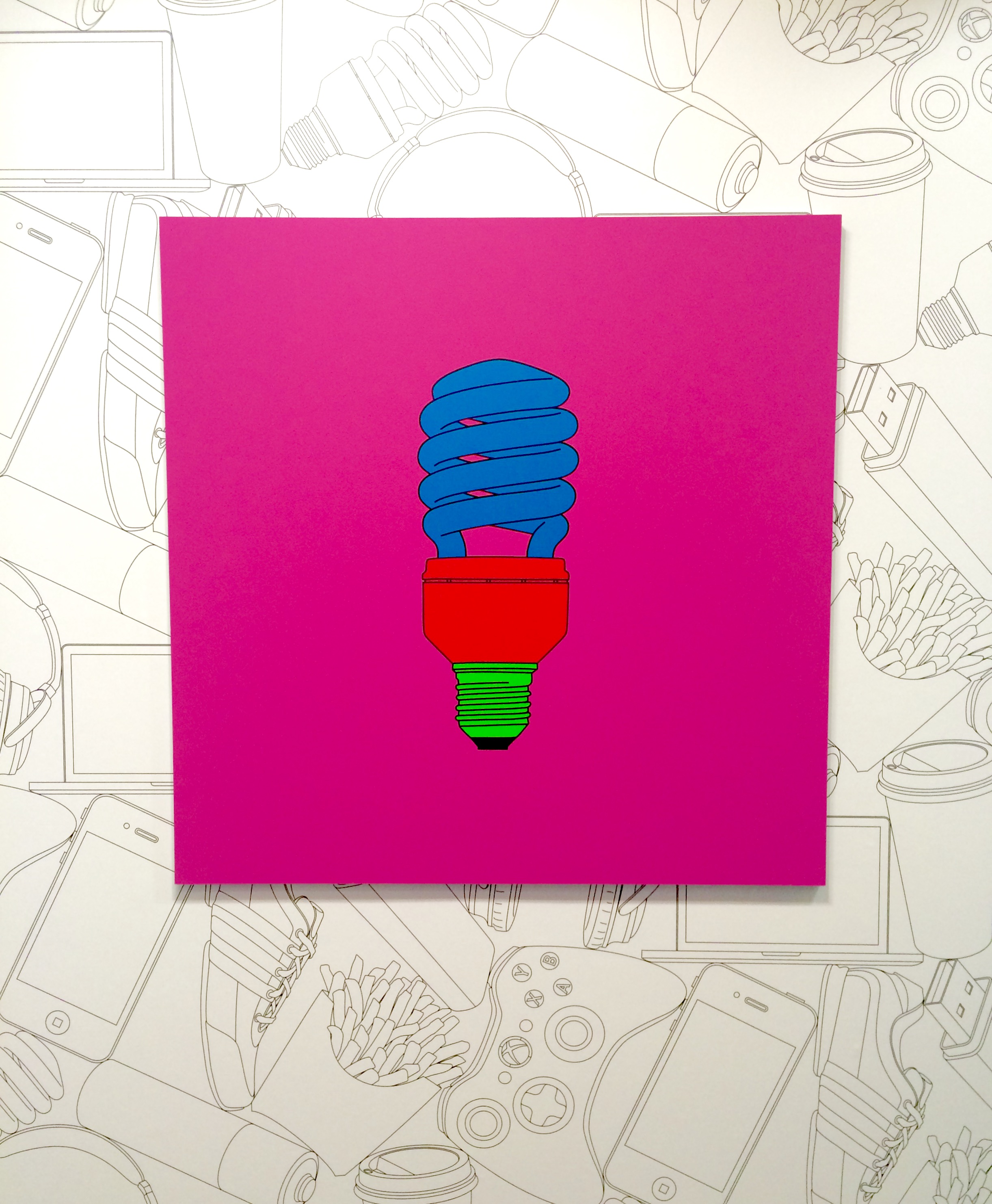


 Perhaps the most captivating piece was Martin’s Eye of the Storm (2003), which stood out in a cornucopia of objects. Lacking shadows, or color complexity the piece seems like it has been dragged out of a computer screen. In controlled chaos the piece offers us a view in the vortex of a warped reality, there is cohesion amongst the chaos.
Perhaps the most captivating piece was Martin’s Eye of the Storm (2003), which stood out in a cornucopia of objects. Lacking shadows, or color complexity the piece seems like it has been dragged out of a computer screen. In controlled chaos the piece offers us a view in the vortex of a warped reality, there is cohesion amongst the chaos.
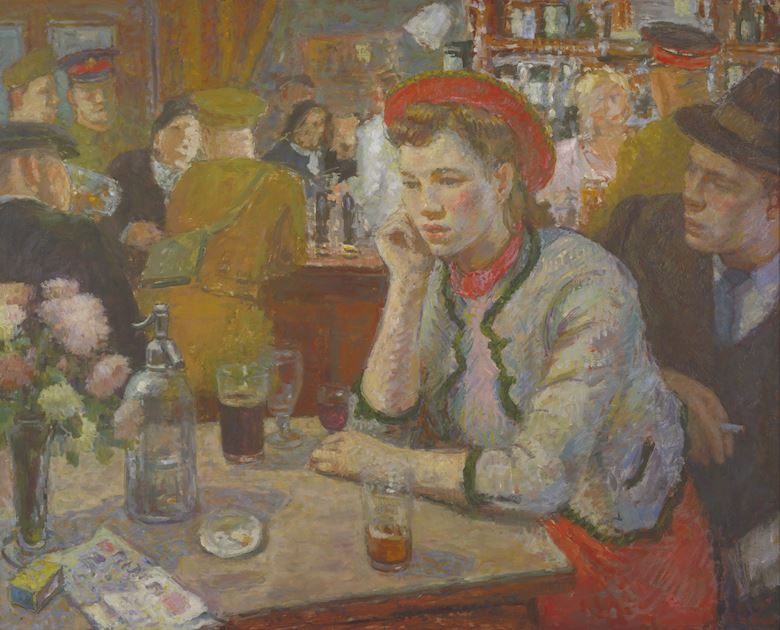




 The Suggestionists consists of three bodies of work titled: ‘Tarot’, Honey’ and ‘Pines’. Humorous and bizarre, the exhibition offers a glimpse into a psychogeographic journey. Initially with no intention of corresponding to each other, the body of work diverges down the same path due to their suggestive qualities. With Tarots hinting towards your future, Honey’s cheeky erotic nature and Pines where the shadows of the trees transform into something else we are left to make up the end of the story ourselves.
The Suggestionists consists of three bodies of work titled: ‘Tarot’, Honey’ and ‘Pines’. Humorous and bizarre, the exhibition offers a glimpse into a psychogeographic journey. Initially with no intention of corresponding to each other, the body of work diverges down the same path due to their suggestive qualities. With Tarots hinting towards your future, Honey’s cheeky erotic nature and Pines where the shadows of the trees transform into something else we are left to make up the end of the story ourselves.








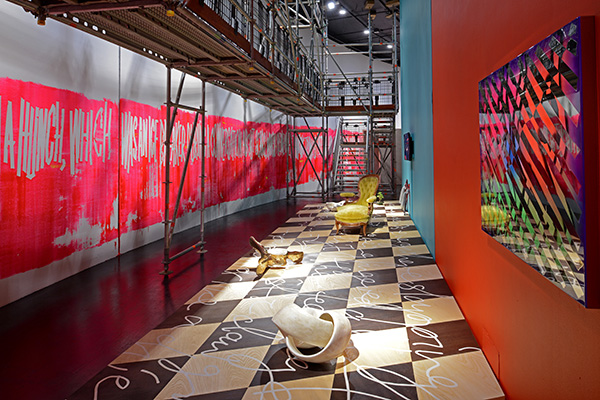





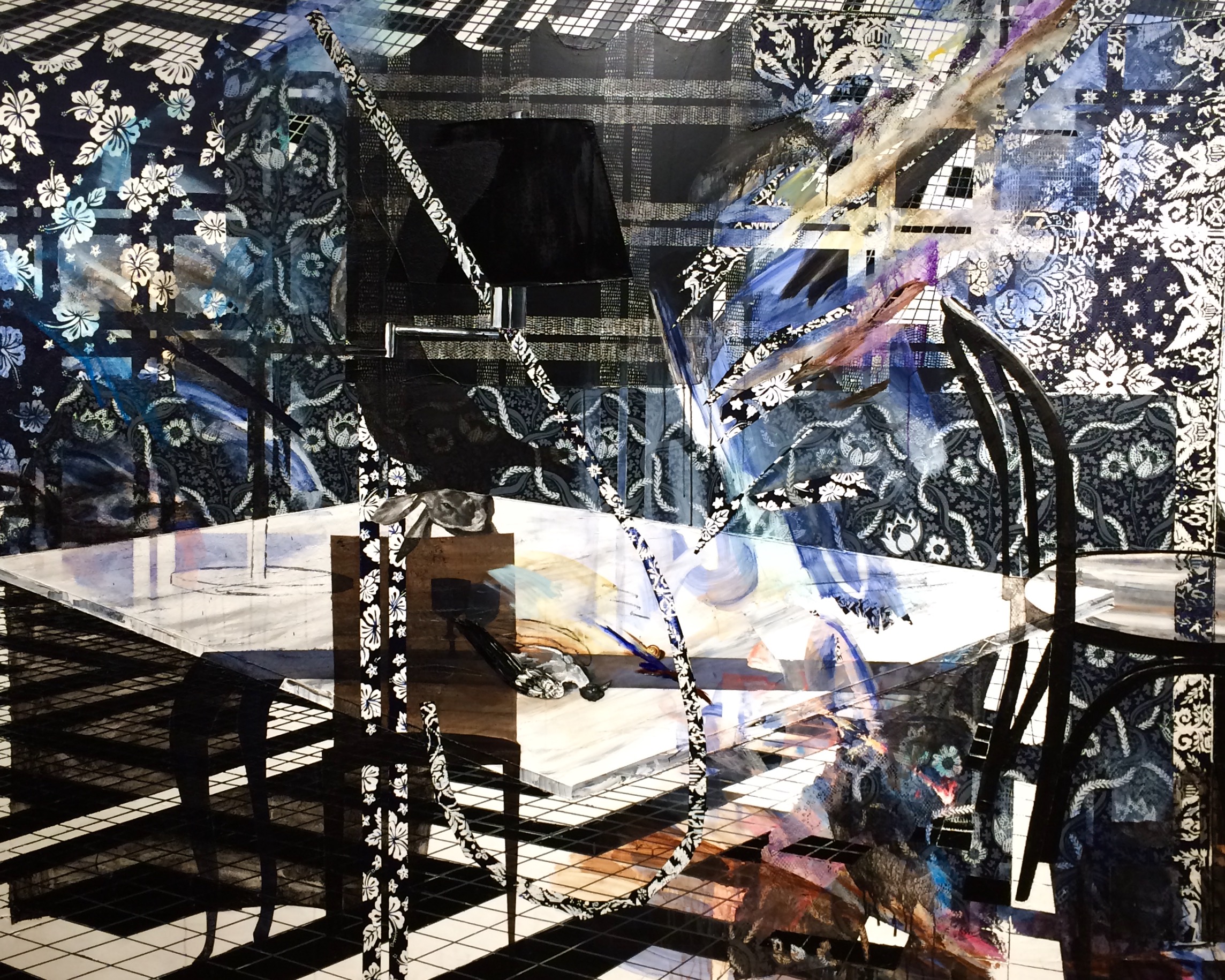


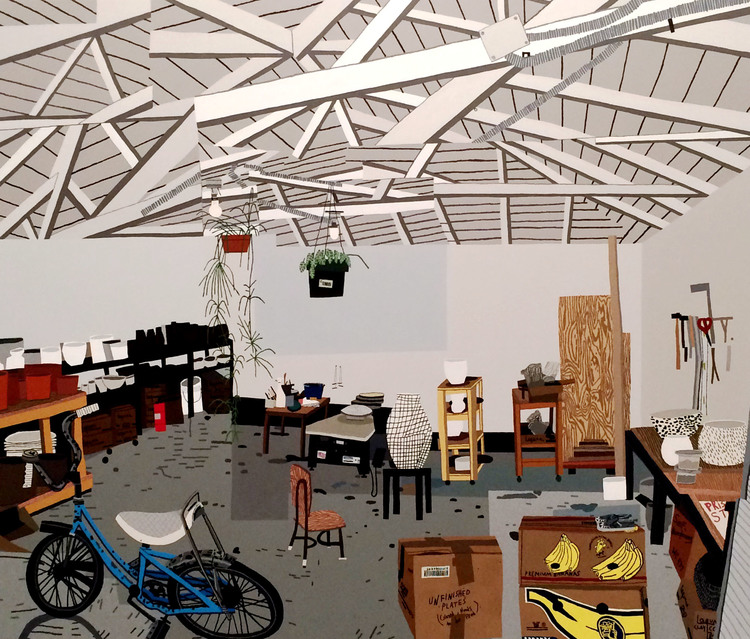 Before you let your thoughts run to the stereotypical notion ‘I could’ve done that’ lets call it truce and uneasily fess up to our inability to even make these seemingly basic paintings. You would never expect a compilation of influences as diverse as Wood’s to make sense. From interiors by great artists such as Henri Matisse, Pierre Bonnard and David Hockney, alongside Chinese and Japanese still-life, ancient Greek pottery and textiles by Josed Frank. All compacted into one show, but how well to they all interact?
Before you let your thoughts run to the stereotypical notion ‘I could’ve done that’ lets call it truce and uneasily fess up to our inability to even make these seemingly basic paintings. You would never expect a compilation of influences as diverse as Wood’s to make sense. From interiors by great artists such as Henri Matisse, Pierre Bonnard and David Hockney, alongside Chinese and Japanese still-life, ancient Greek pottery and textiles by Josed Frank. All compacted into one show, but how well to they all interact?